Malik Architecture punctures house in Delhi with multi-storey voids
A series of openings that let in natural light penetrate a residential building in Delhi named House of Voids, created by Indian architecture studio Malik Architecture.
The Indian house is on a dense urban site, which led Malik Architecture to design skylights and openings between floor levels to maximise natural light entering the home.
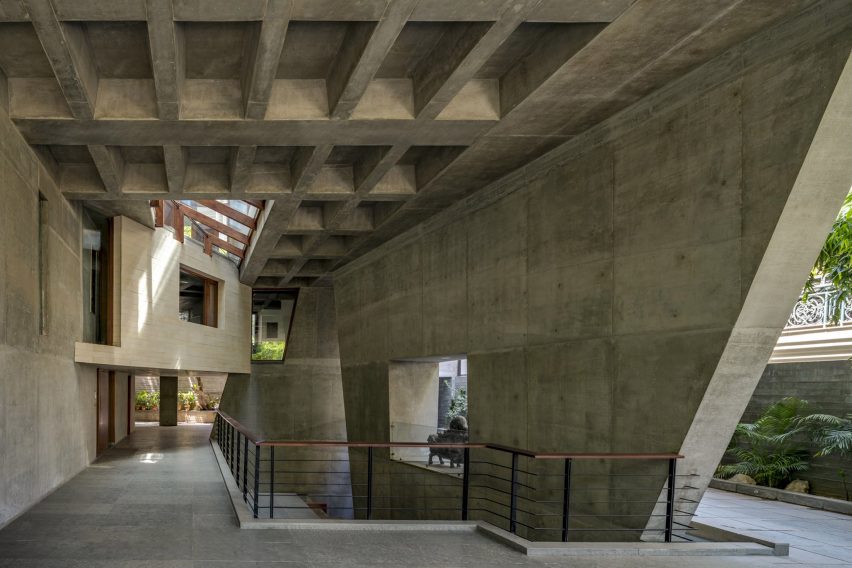
The structure was made from reinforced cement concrete with exterior walls clad in Gwalior mint sandstone.
Malik Architecture separated the house’s circulation from the main living and office areas with the stairwell situated on the east side of the home, where there is little opportunity to gain natural light as the site shares a wall with the adjoining plot.
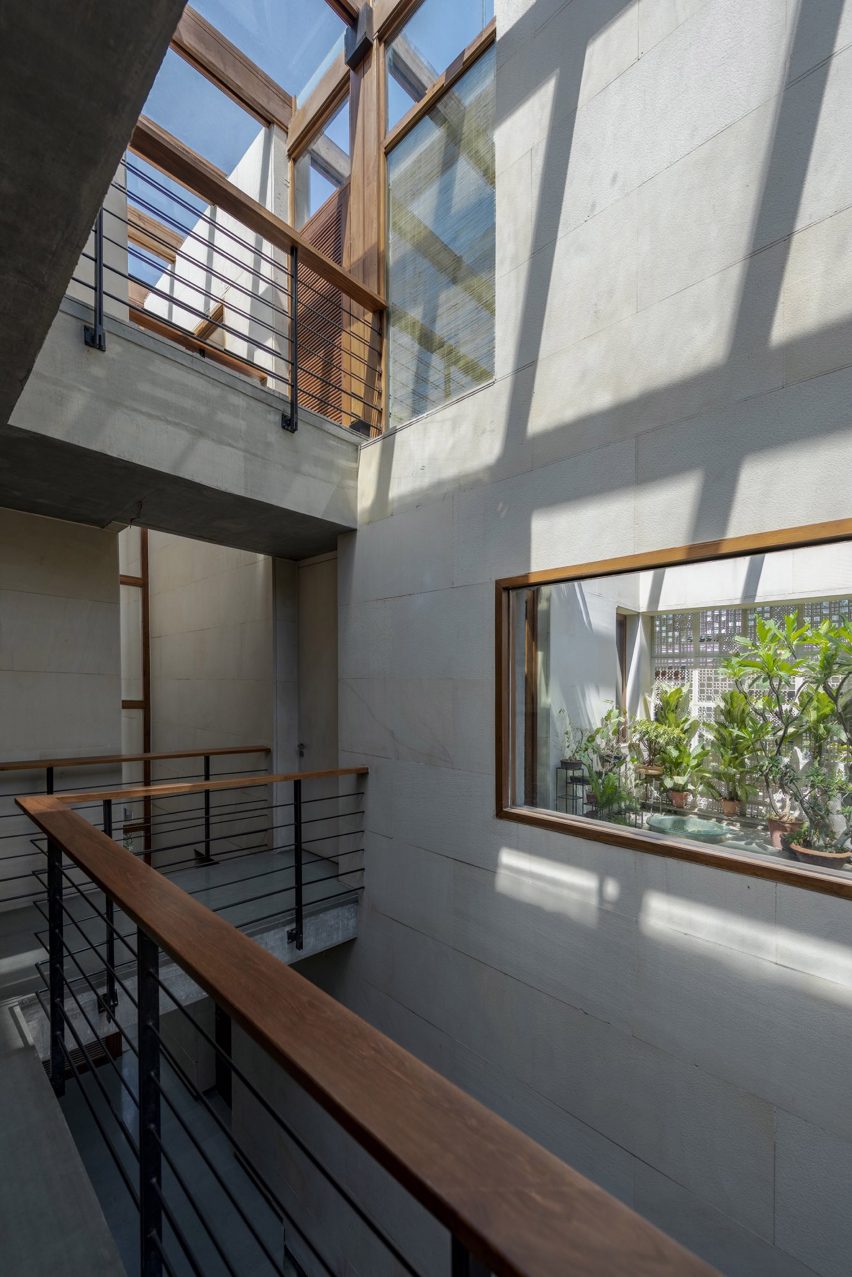
The western facade of the house is set back six metres from the neighbouring building.
Malik Architecture created openings, screens and characteristic voids that penetrate multiple floor levels to flood the living spaces on this side of the home with sunlight.
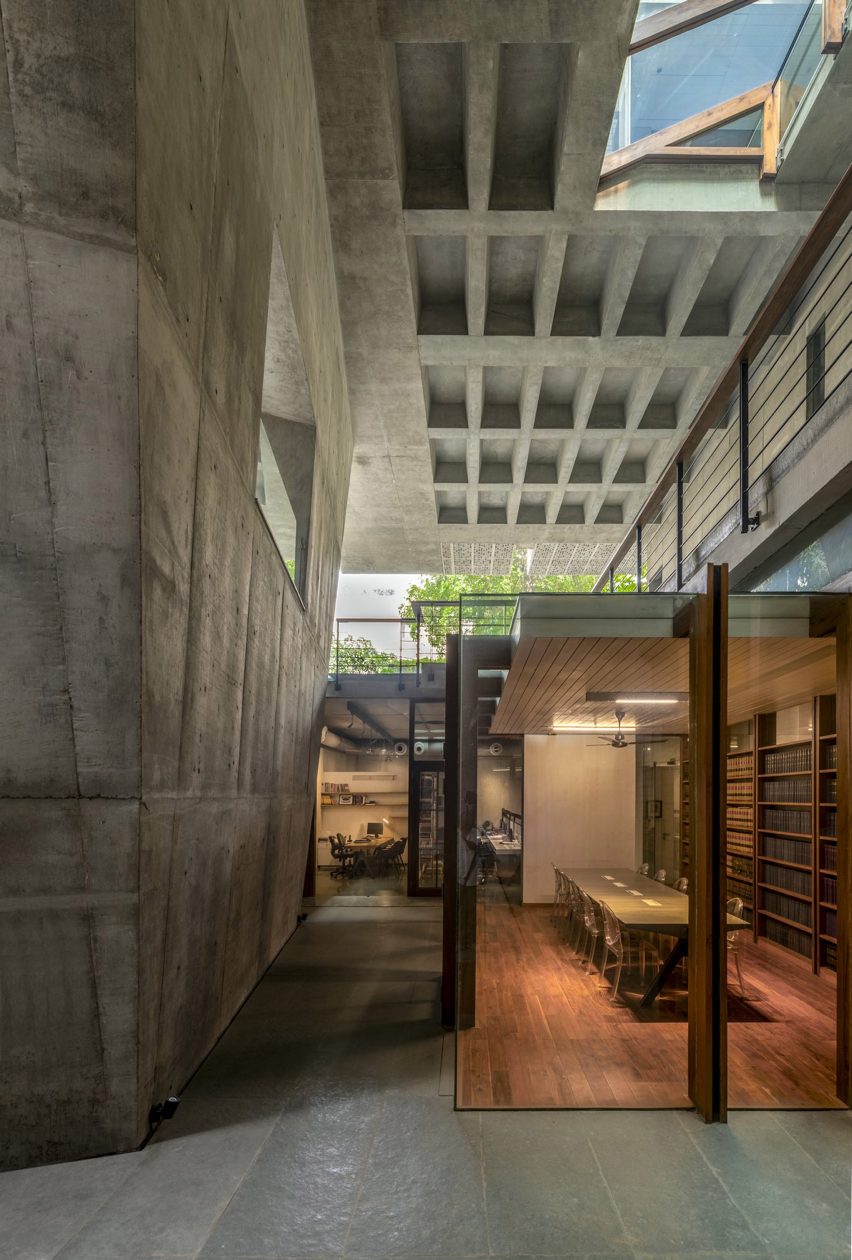
Office spaces were located in the basement and mezzanine level above the ground floor while the main living spaces begin from the first floor, which is cantilevered six metres above a ground-level courtyard.
The living room on the first floor opens onto a terrace that is surrounded by the foliage of the ground-floor trees.
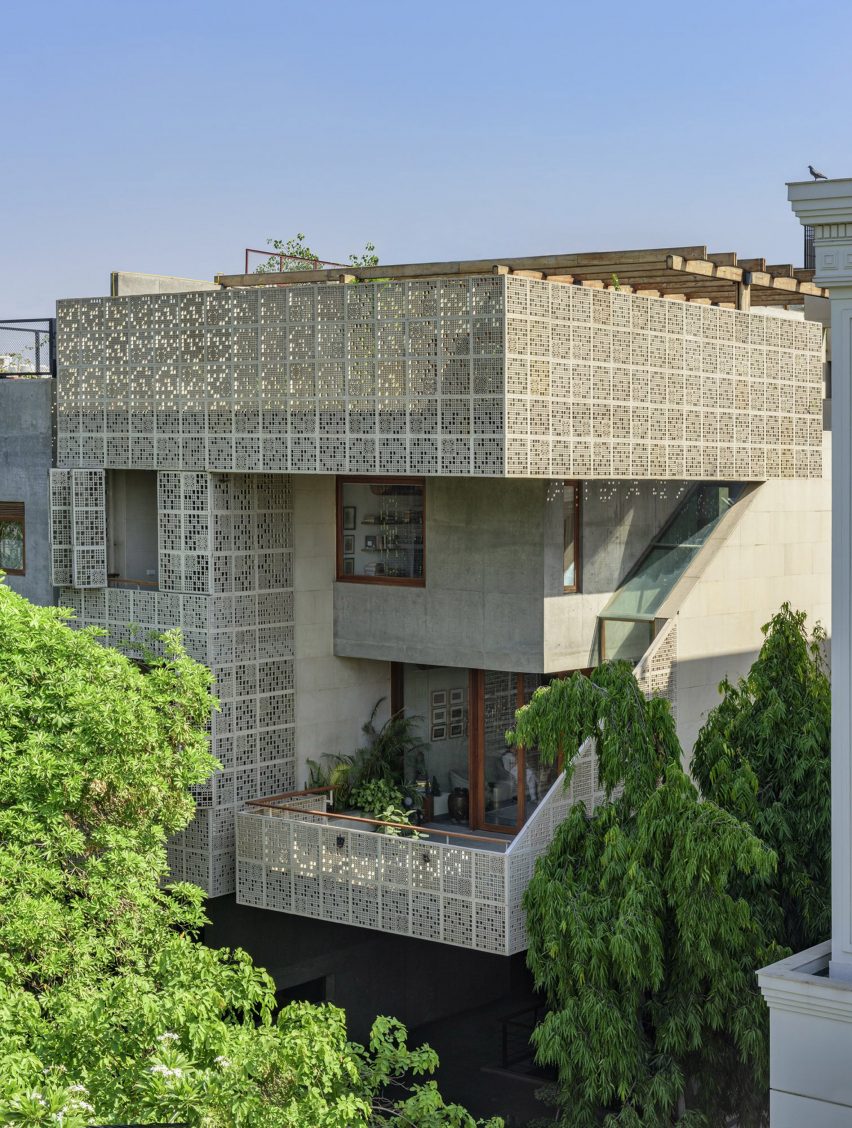
“The excisions are very deliberate; for example, the angular slice at the northwest corner, where the living room opens into the veranda deck, is made to maximise the experience of large trees within the plot and beyond,” Malik Architecture told Dezeen. “This same slice turns into a north light for the living room.”
“The slices, voids and excisions are the protagonists for the spatial and structural frameworks of the house – connecting people to light and the trees,” the architecture studio continued.
According to Malik Architecture, Delhi’s neighbourhoods have traditionally been characterised by two-storey houses with front gardens that separate the buildings from tree-lined roads.
Malik Architecture designed House of Voids with green spaces and openings that let in light and restore thermal balance in ways that are indicative of the traditional Delhi building typology.
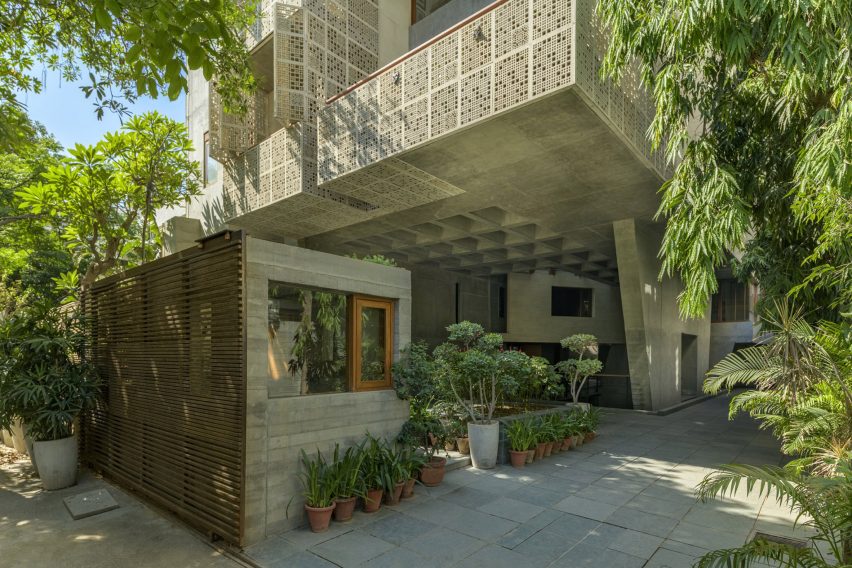
“This proposal re-evaluates the typology of the building form as prescribed by the current guidelines and adapts it to re-establish the sensation of the pre-existing urban condition by introducing a network of labyrinthine voids running through the house, catching light and restoring thermal balance, expressed as a combination of green spaces, deep fissures and skylights,” said Malik Architecture.
“A gigantic structural pylon is the load-bearing pivot for the cantilevered superstructure, creating shaded ground and resonating the language of Delhi’s monumental institutions.”
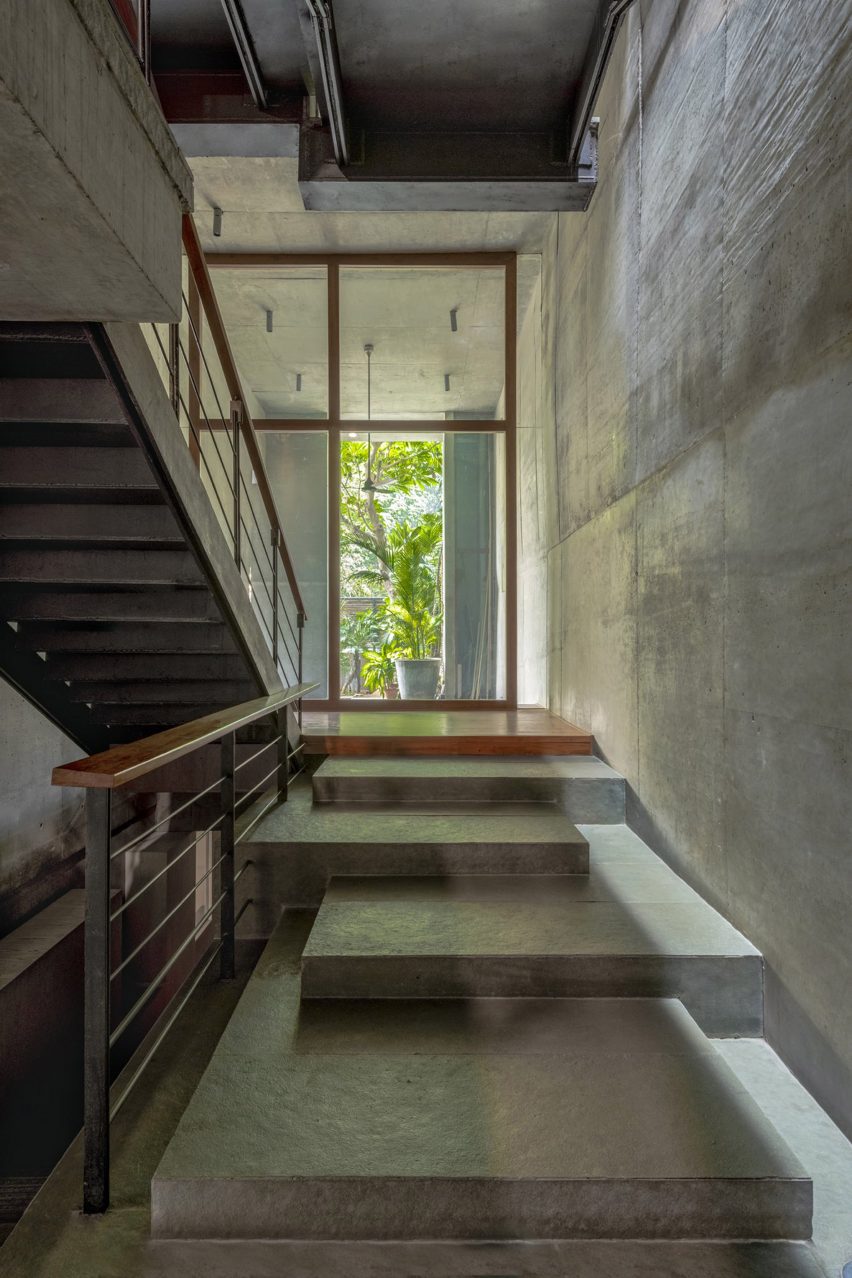
Malik Architecture created fixed and operable sandstone screens for the exterior of the house to provide shading and privacy, which were cut by hand and water jet techniques.
The design of the screens references traditional Indian jaali – perforated stone or lattice screens with ornamental patterns.
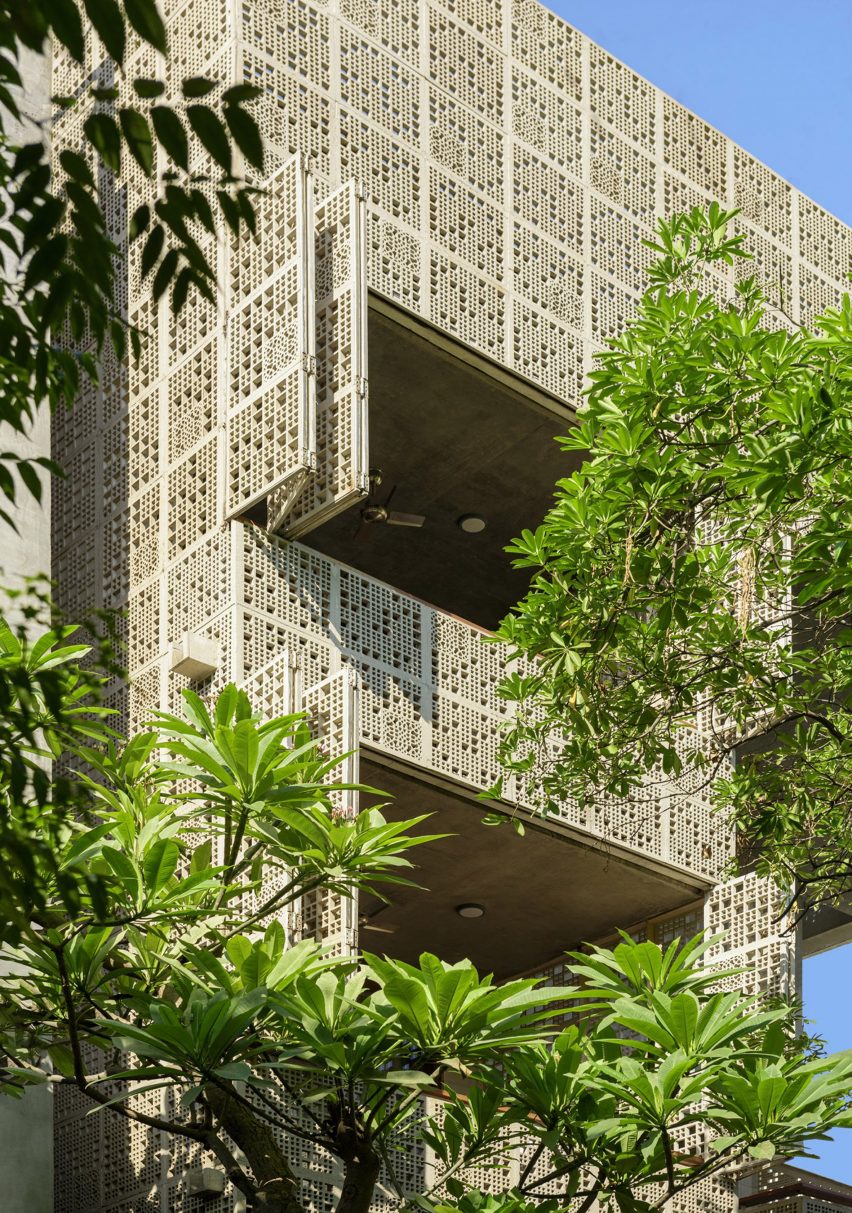
“We resisted the urge to use intricate or ornamental patterns for the screens, choosing instead to focus on the sense of the heavy stone mass dissolving into abstract compositions of light and shadow,” said Malik Architecture.
“A few panels with traditional patterns were randomly inserted into the overall composition.”
House of Voids has been shortlisted in the urban house category of Dezeen Awards 2022, alongside a compact family home in Tokyo where the staircase is designed as a relaxing social space and a house in Melbourne that makes the most of its narrow plot with eight courtyards and gardens.
The photography is by Bharath Ramamrutham.

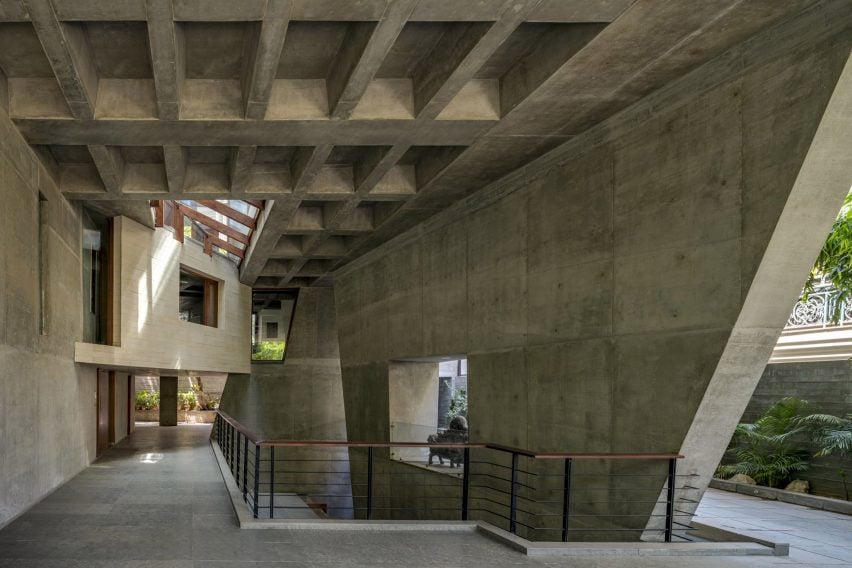
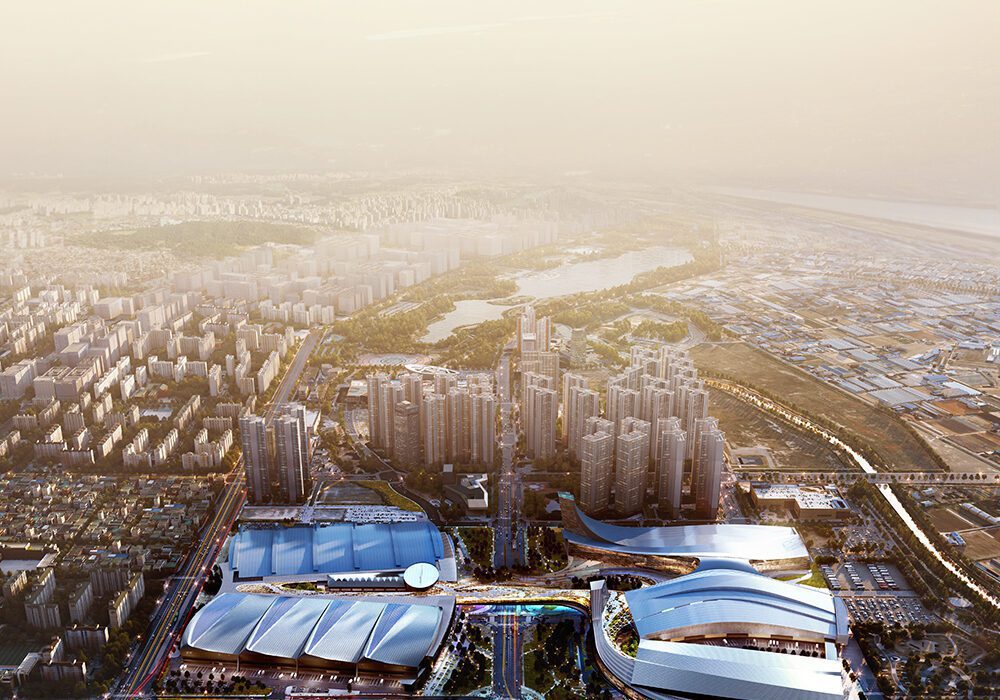
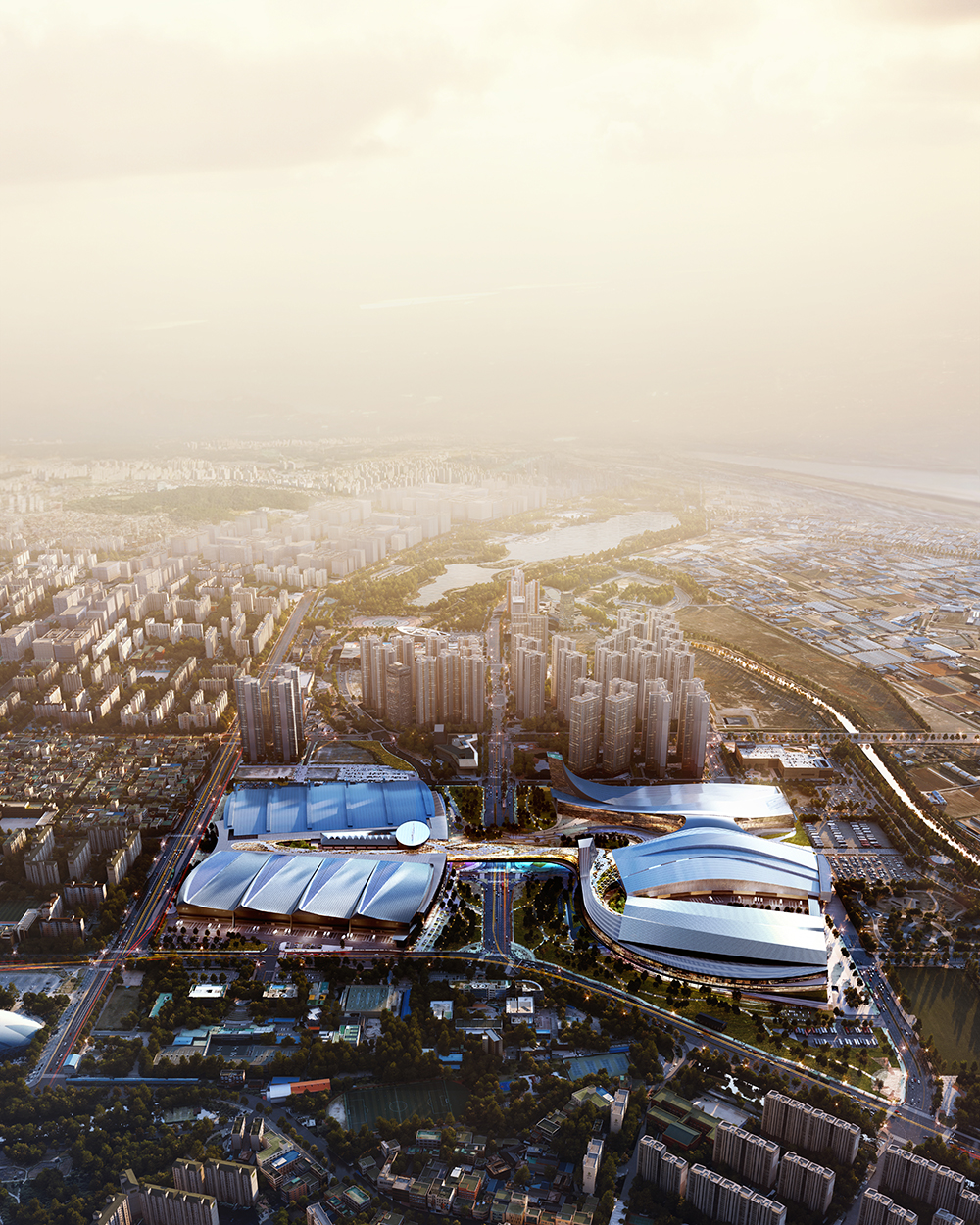
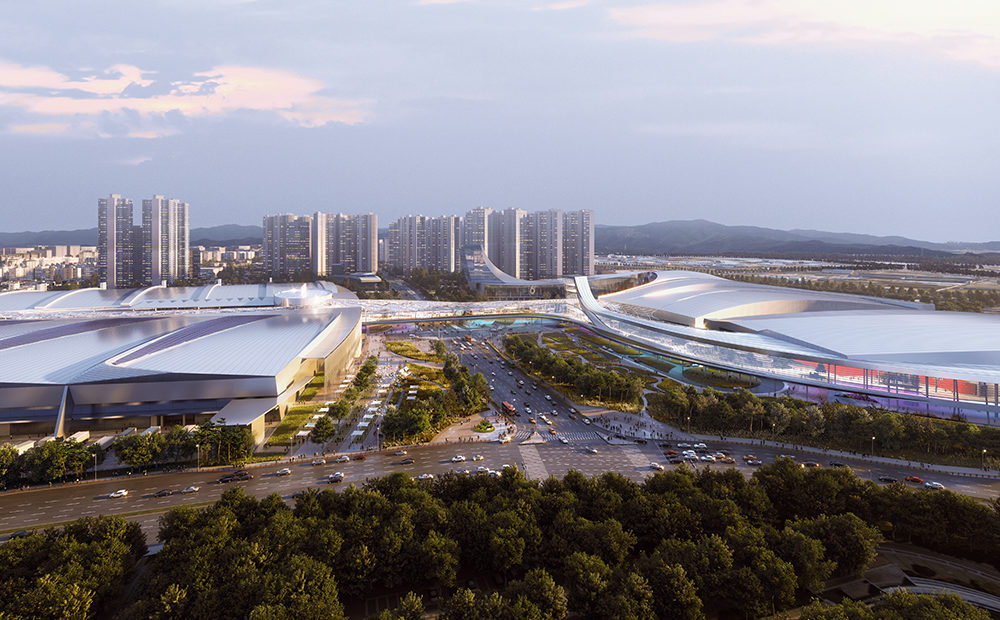 With two preexisting exhibition halls on the site, the architects were tasked with creating a harmonious third that would expand the existing buildings’ functions while adding an integrated path to connect all three. An urban concourse is an open concourse in Goyang City while weaving the entire exhibition hall, and it is connected to an outside walking square to become a communication space between the city and citizens. While the architectural precedents exuded a somewhat soft image (the existing buildings were inspired by a flower and a butterfly), overall the complex needed to project its identity as a global business platform.
With two preexisting exhibition halls on the site, the architects were tasked with creating a harmonious third that would expand the existing buildings’ functions while adding an integrated path to connect all three. An urban concourse is an open concourse in Goyang City while weaving the entire exhibition hall, and it is connected to an outside walking square to become a communication space between the city and citizens. While the architectural precedents exuded a somewhat soft image (the existing buildings were inspired by a flower and a butterfly), overall the complex needed to project its identity as a global business platform.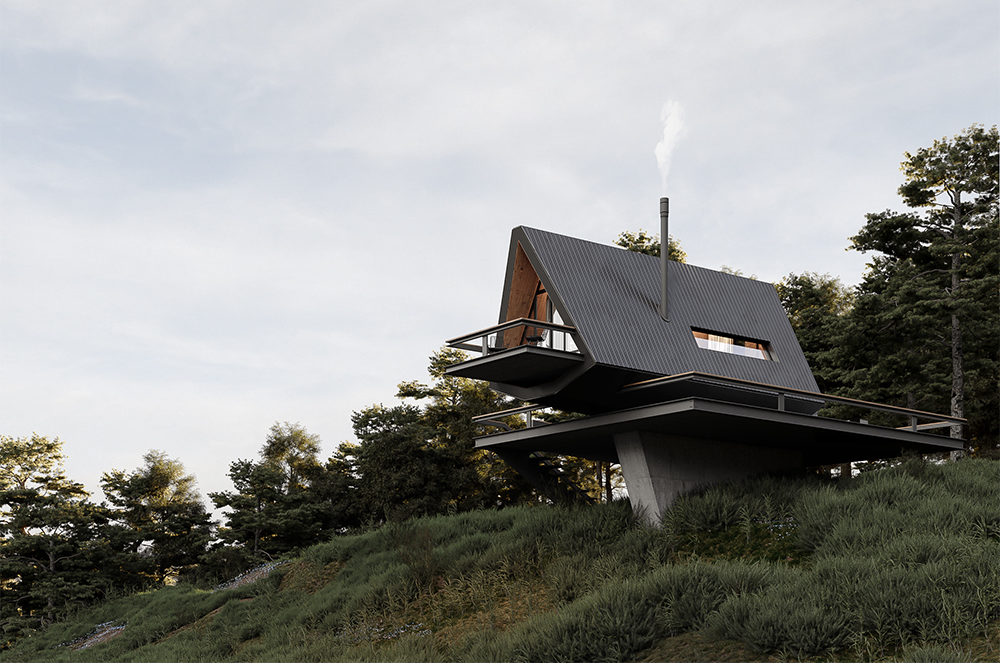
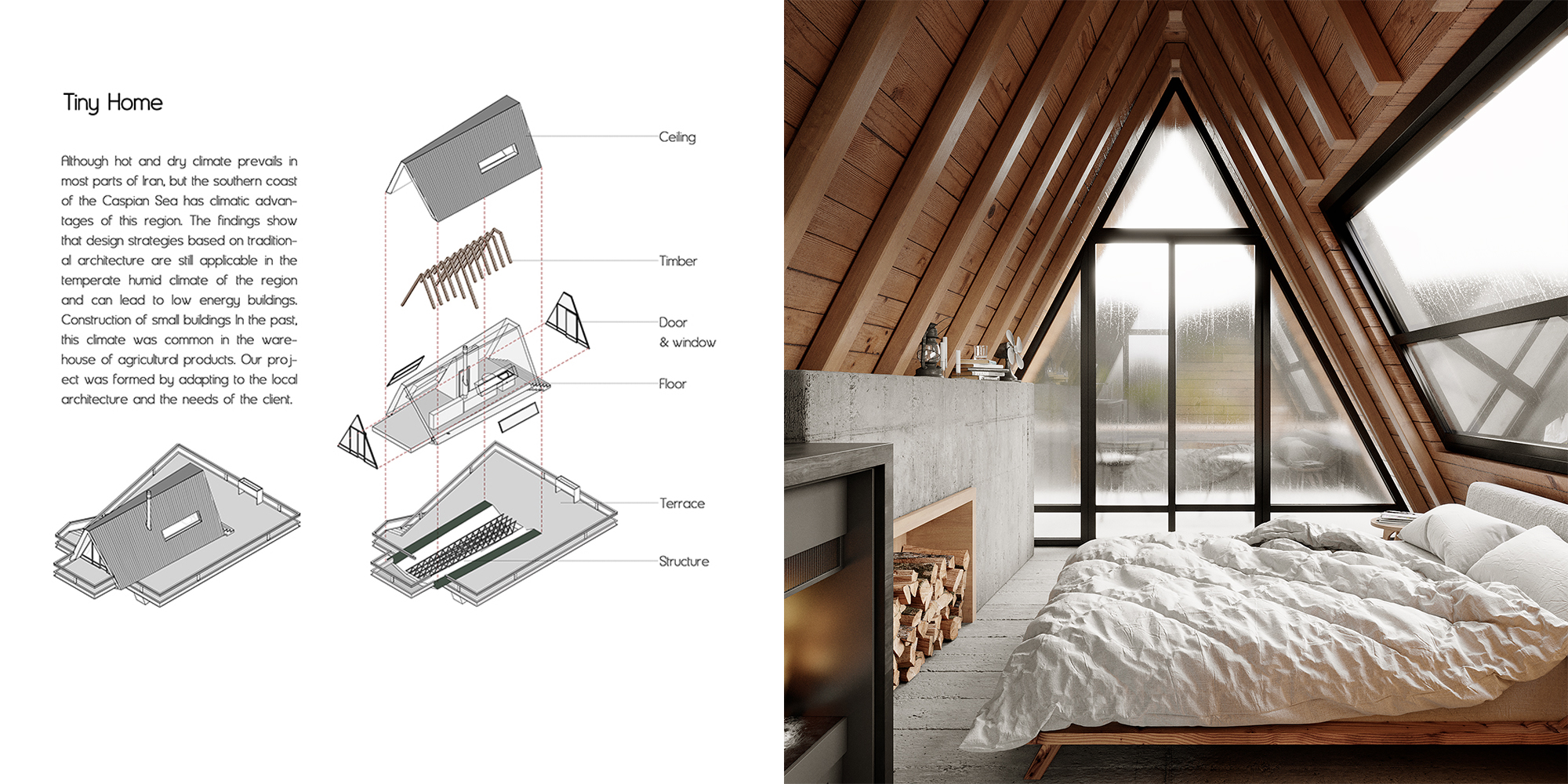 Architects everywhere are tasked with building high quality spaces at the lowest possible costs. This is no different for architects in Iran, where micro living spaces aren’t just space-saving solutions in dense cities; they’re increasingly seen as cost-saving measures on large lots. This particular tiny home falls into the latter category. Sited in a forested and mountainous area, the metal-framed villa is raised above the ground so that it stands amongst the surrounding trees. with their trunks and create a sense of suspension in it. So, one column, like the trunks of trees, separate the building from the ground and lift it up.
Architects everywhere are tasked with building high quality spaces at the lowest possible costs. This is no different for architects in Iran, where micro living spaces aren’t just space-saving solutions in dense cities; they’re increasingly seen as cost-saving measures on large lots. This particular tiny home falls into the latter category. Sited in a forested and mountainous area, the metal-framed villa is raised above the ground so that it stands amongst the surrounding trees. with their trunks and create a sense of suspension in it. So, one column, like the trunks of trees, separate the building from the ground and lift it up.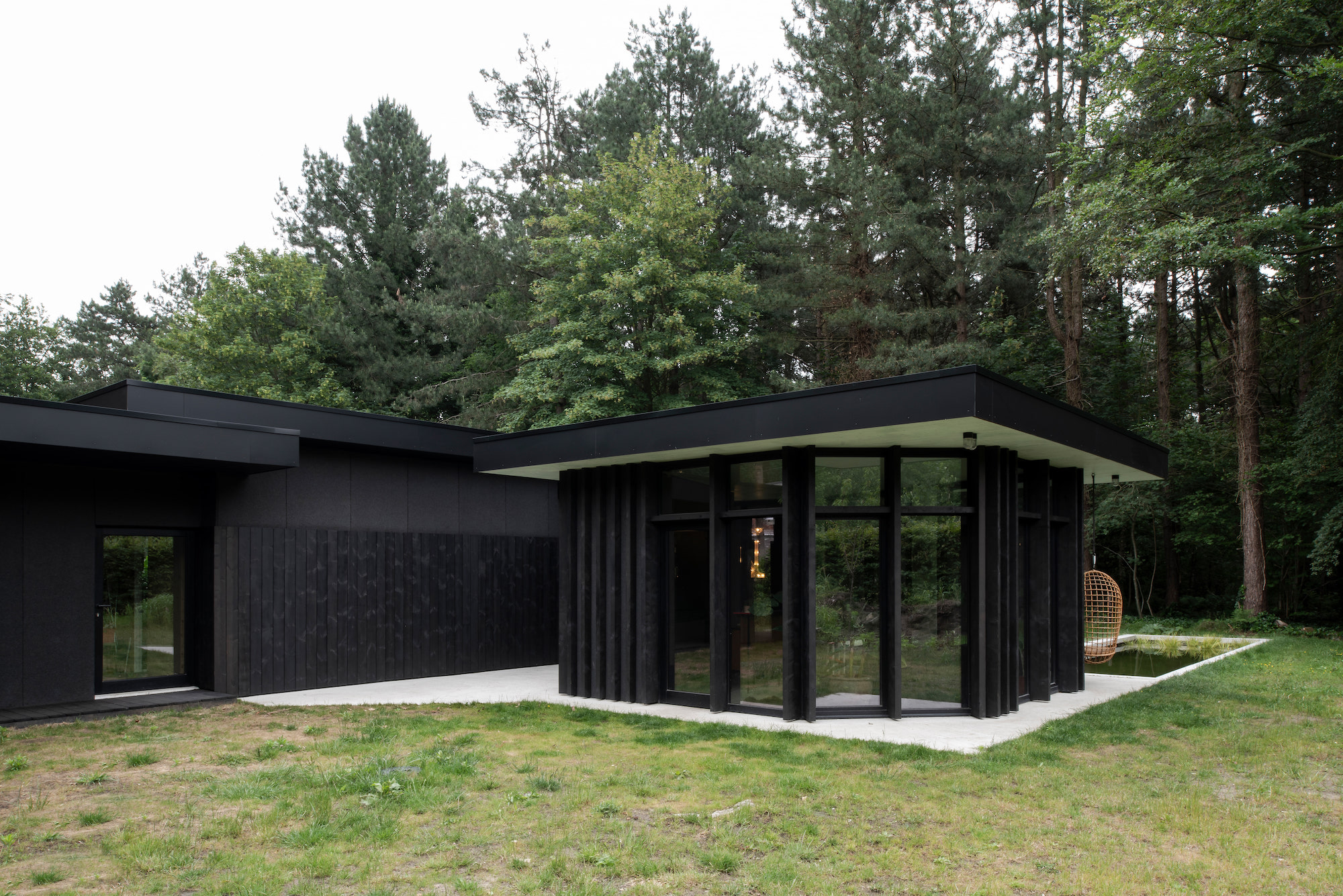
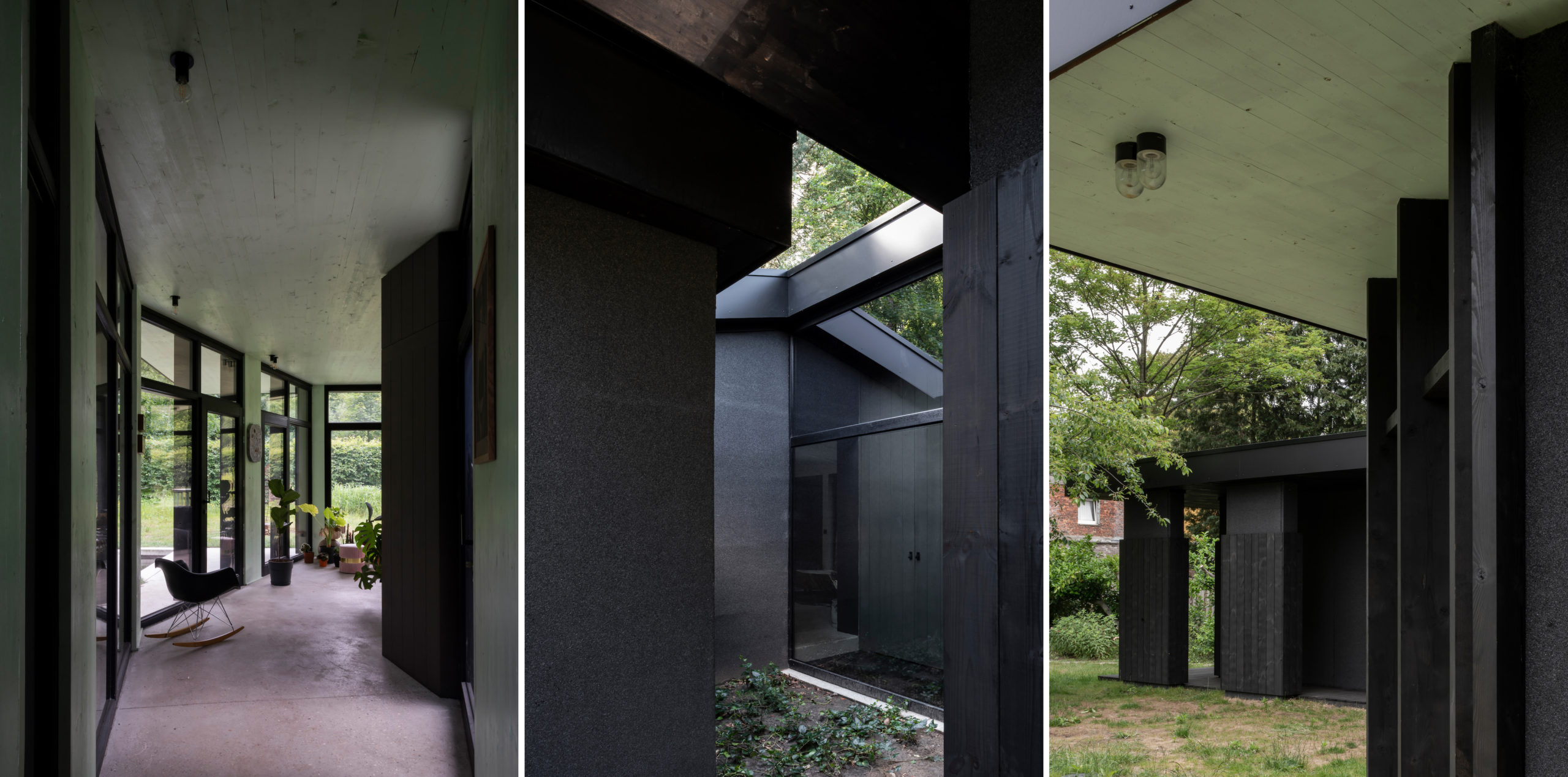 Inspired by the movie “A Single Man”, which features a Californian home built by the one and only Lautner, this residential project involved the renovation and extension of an existing house. The resulting design was based on the principle of the viewfinder of a camera — a reference to the professional activity of one of the residents — and in this vain, each room has just one window to look out, as if you were looking through the lens of your camera.
Inspired by the movie “A Single Man”, which features a Californian home built by the one and only Lautner, this residential project involved the renovation and extension of an existing house. The resulting design was based on the principle of the viewfinder of a camera — a reference to the professional activity of one of the residents — and in this vain, each room has just one window to look out, as if you were looking through the lens of your camera.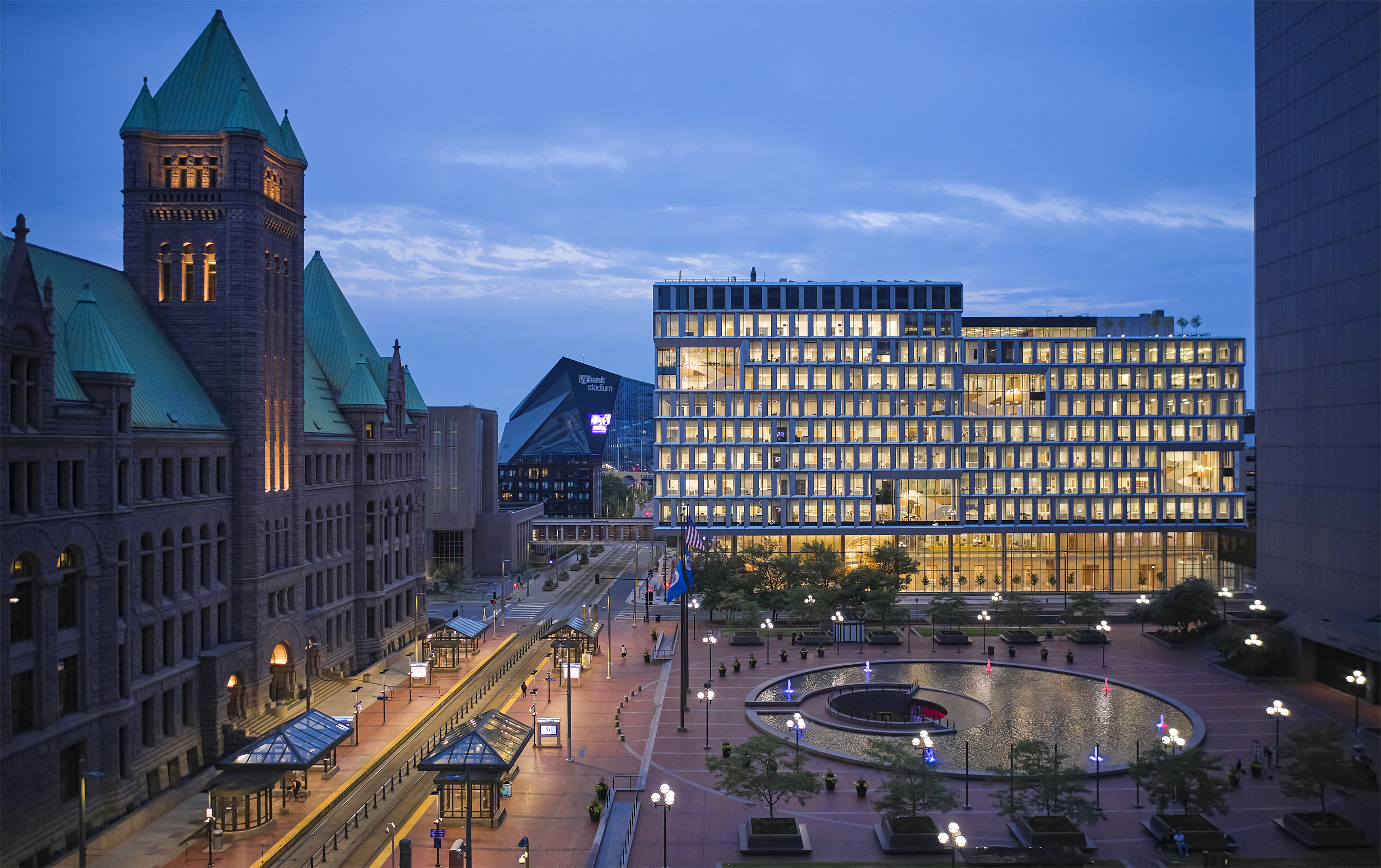
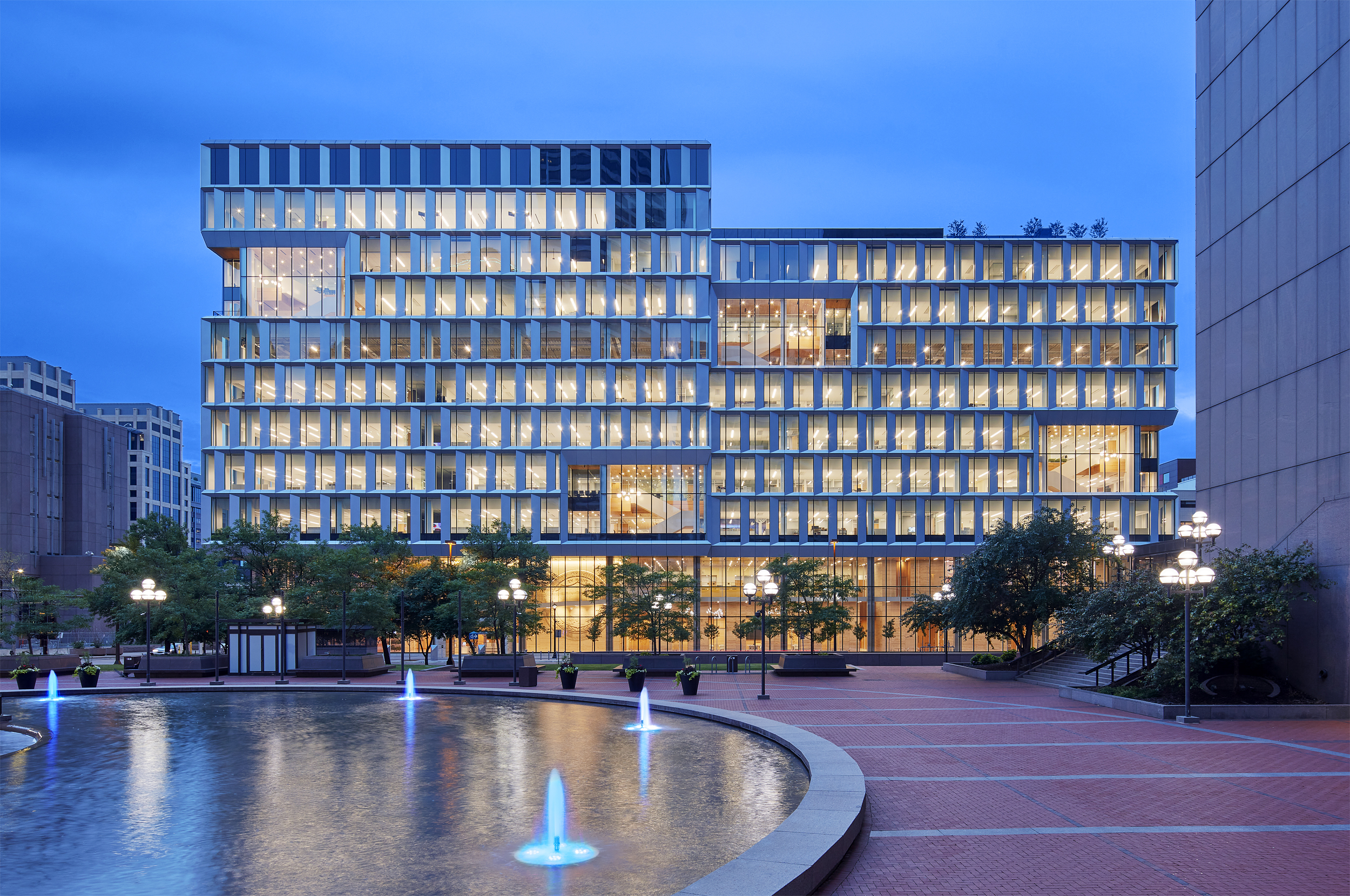 Minneapolis’s Government District makes a stately architectural statement of civic duty. Yet, the dominant materiality of the historical area is granite: a material that may be associated with strength, but does not exactly emit democratic values openness and unity. This new contemporary alternative asks: “How can our public spaces better reflect the communities they serve?” In response, the design’s soaring glass and aluminum façades and double height pockets break up its massing, announcing themes of transparency and connection that continue inside. In recent year as, public trust in government has slipped; civic buildings can stand as monuments of the ideals that democracies should strive towards: a collective, reflective and pluralistic future.
Minneapolis’s Government District makes a stately architectural statement of civic duty. Yet, the dominant materiality of the historical area is granite: a material that may be associated with strength, but does not exactly emit democratic values openness and unity. This new contemporary alternative asks: “How can our public spaces better reflect the communities they serve?” In response, the design’s soaring glass and aluminum façades and double height pockets break up its massing, announcing themes of transparency and connection that continue inside. In recent year as, public trust in government has slipped; civic buildings can stand as monuments of the ideals that democracies should strive towards: a collective, reflective and pluralistic future.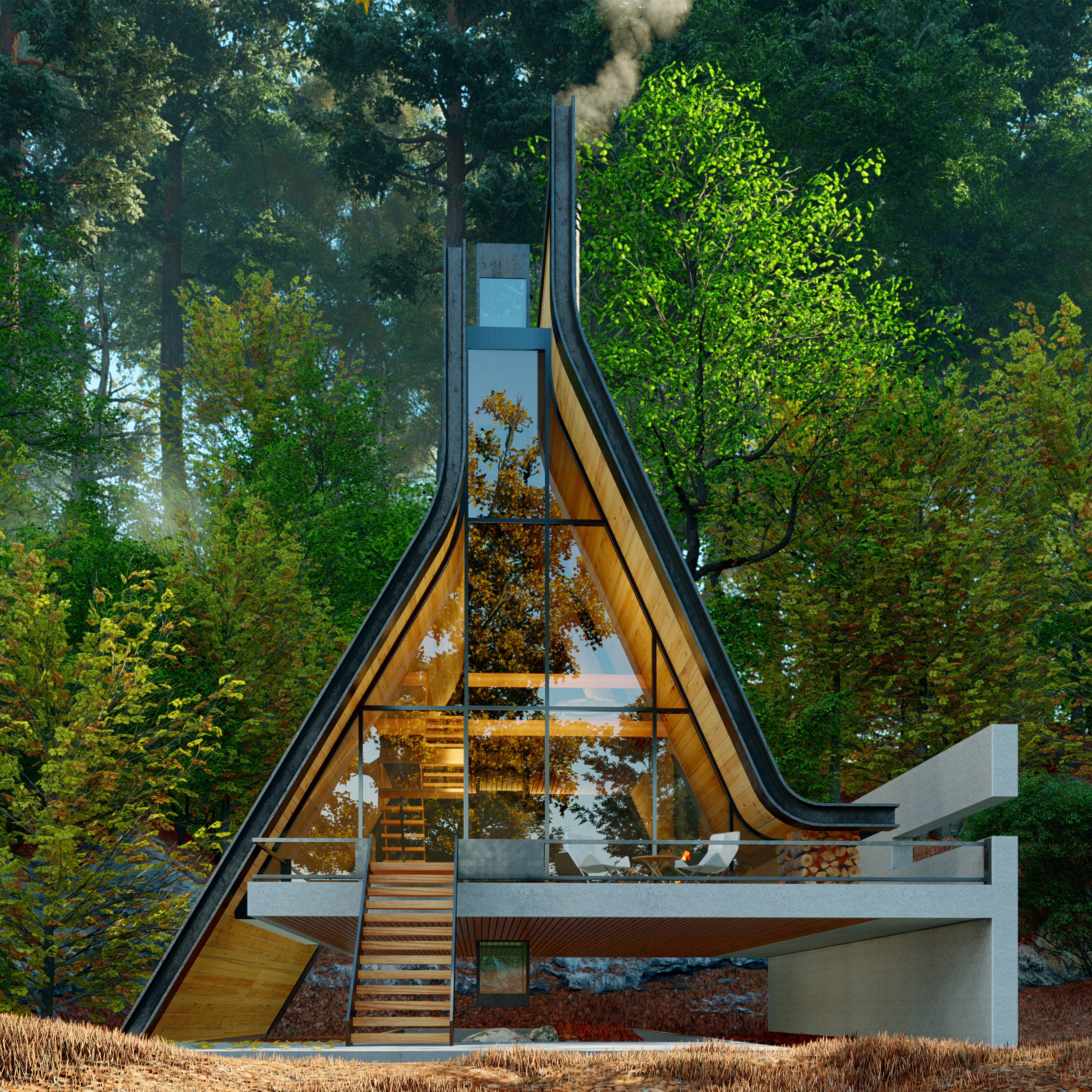

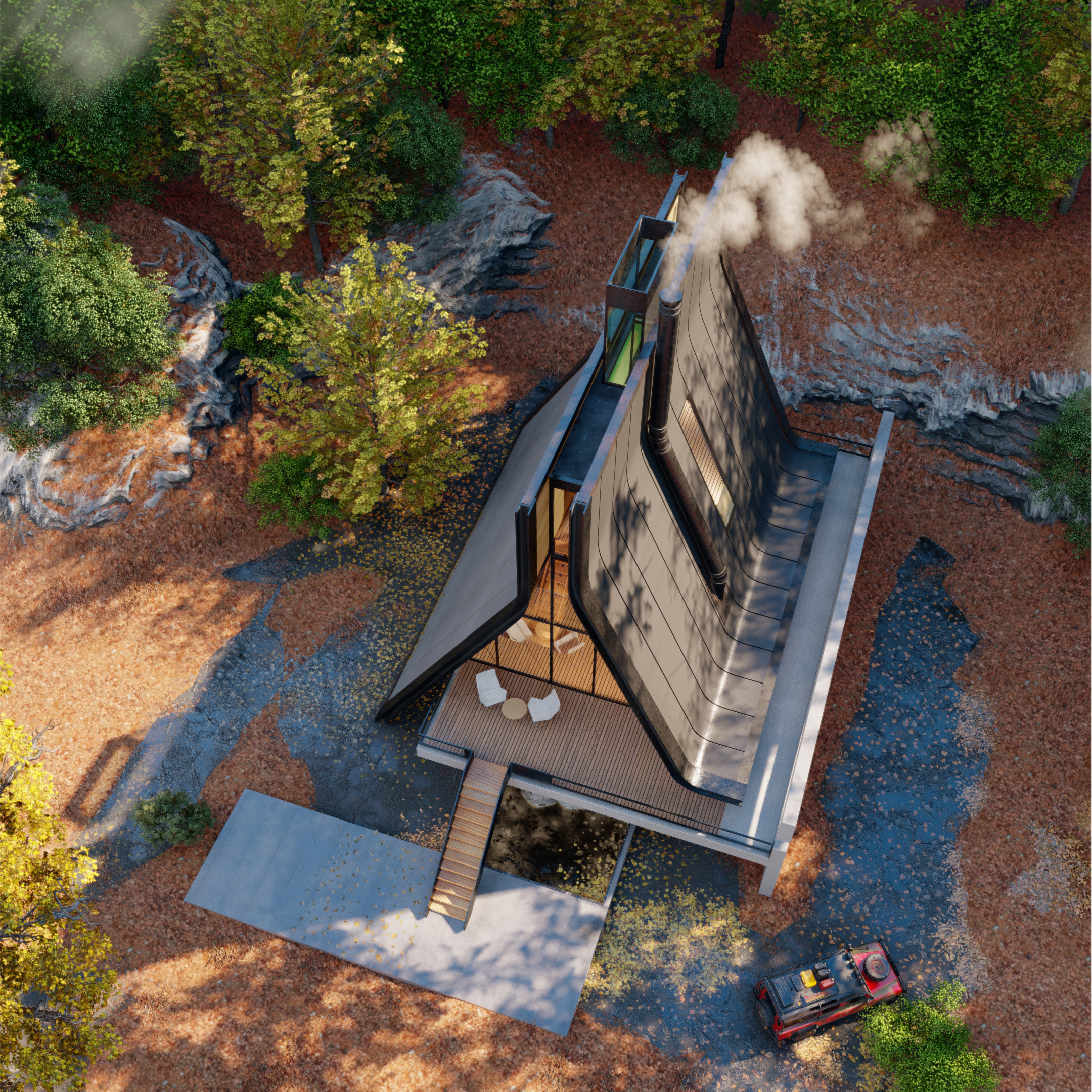 Old becomes new in this distinctive update on this traditional A-frame cabin, located in the woods of northern Iran. One key aspect of this is the split that forms down the center of the the conventional sloping roof, which is filled with luminous glass window instead. Then, the usual sharp-angled corners of the A-frame are softened with curving lines, imbuing the structure with a sense of warmth and playfulness.
Old becomes new in this distinctive update on this traditional A-frame cabin, located in the woods of northern Iran. One key aspect of this is the split that forms down the center of the the conventional sloping roof, which is filled with luminous glass window instead. Then, the usual sharp-angled corners of the A-frame are softened with curving lines, imbuing the structure with a sense of warmth and playfulness.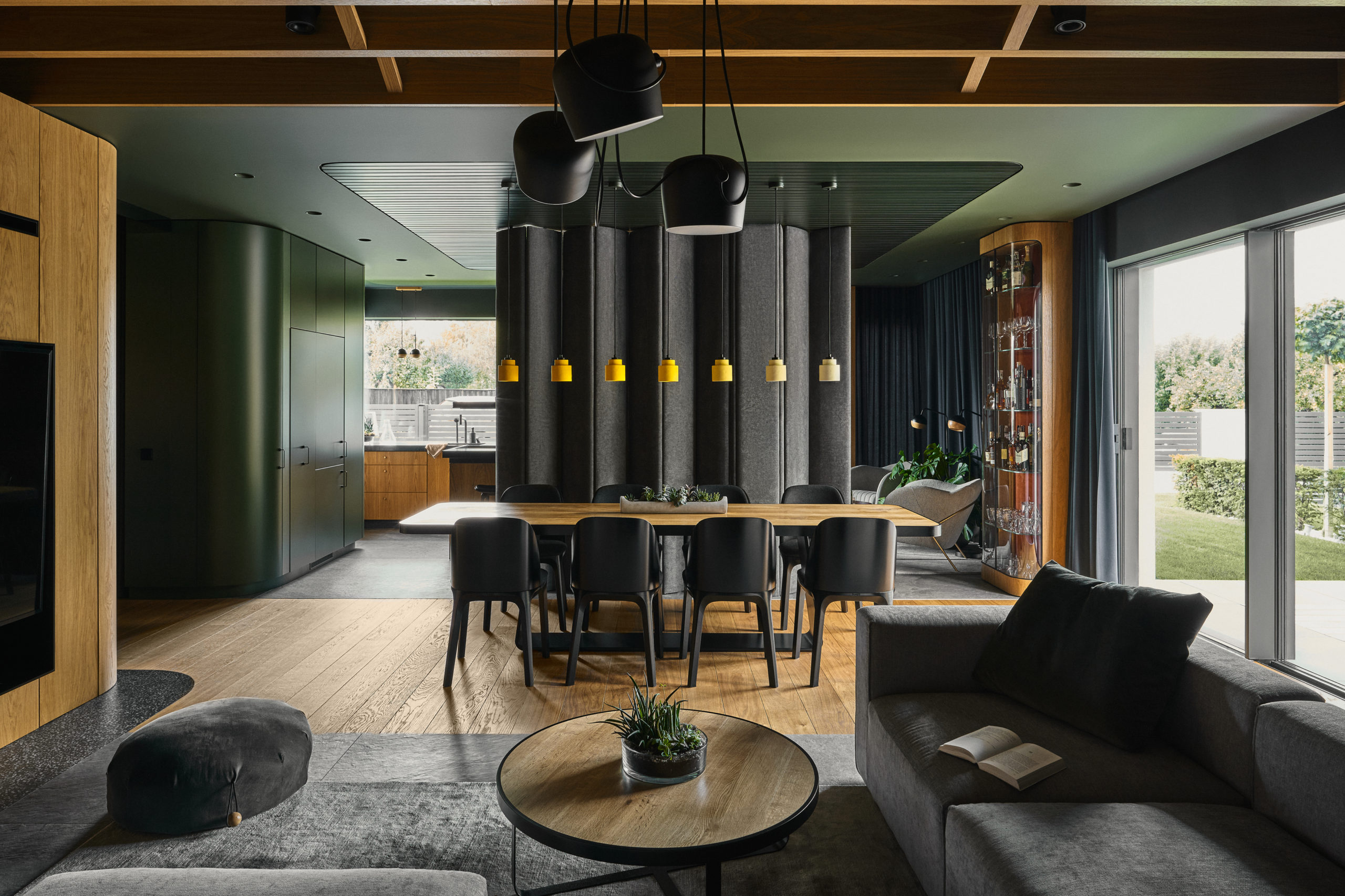
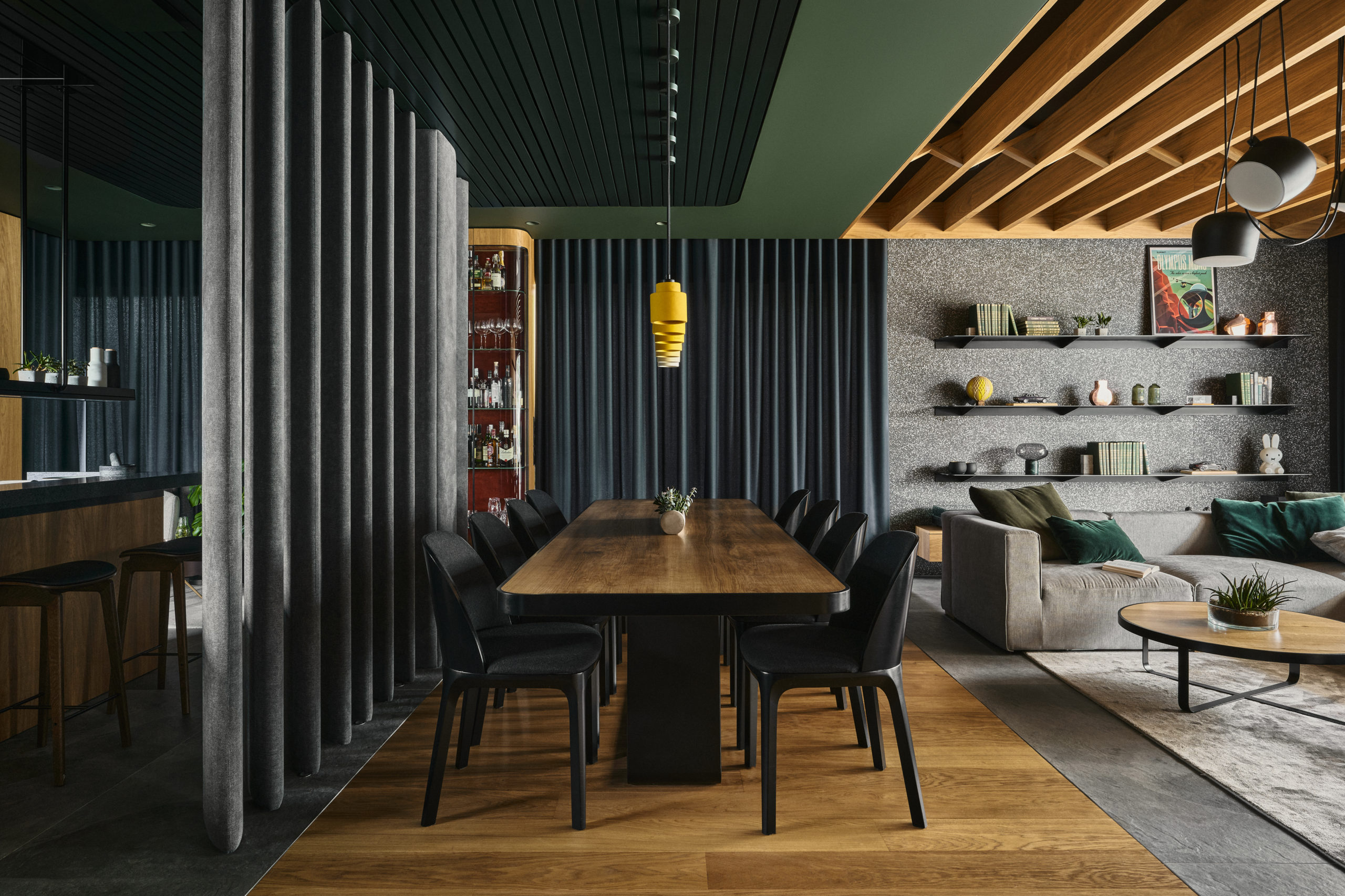 Earth colours, deep greens, deep reds with oak and stone, terrazzo finishes make up the warm and welcoming color palette for this three-person home which boldly blends forest cabin with luxury mid-century vibes. Embracing the family’s passion for pushing the design envelope, the interior is shaped by a composition of intersecting blocks, structures, textiles and colors. This compositional move at once separates the spaces while, at the same time uniting them under the umbrella of a consistent design. Unique spaces abound; one particularly delightful standout is a private tree house inside a child’s room.
Earth colours, deep greens, deep reds with oak and stone, terrazzo finishes make up the warm and welcoming color palette for this three-person home which boldly blends forest cabin with luxury mid-century vibes. Embracing the family’s passion for pushing the design envelope, the interior is shaped by a composition of intersecting blocks, structures, textiles and colors. This compositional move at once separates the spaces while, at the same time uniting them under the umbrella of a consistent design. Unique spaces abound; one particularly delightful standout is a private tree house inside a child’s room.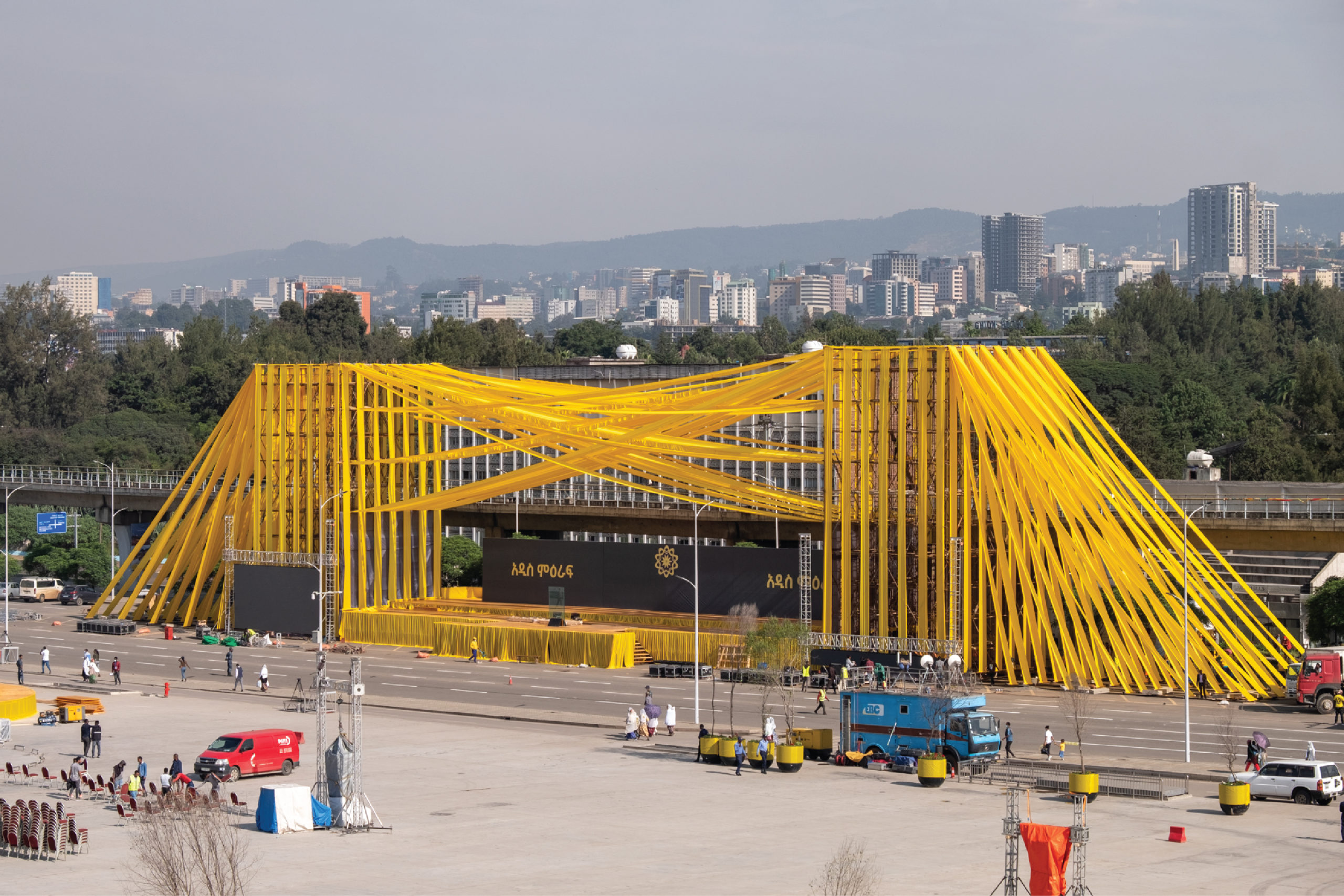
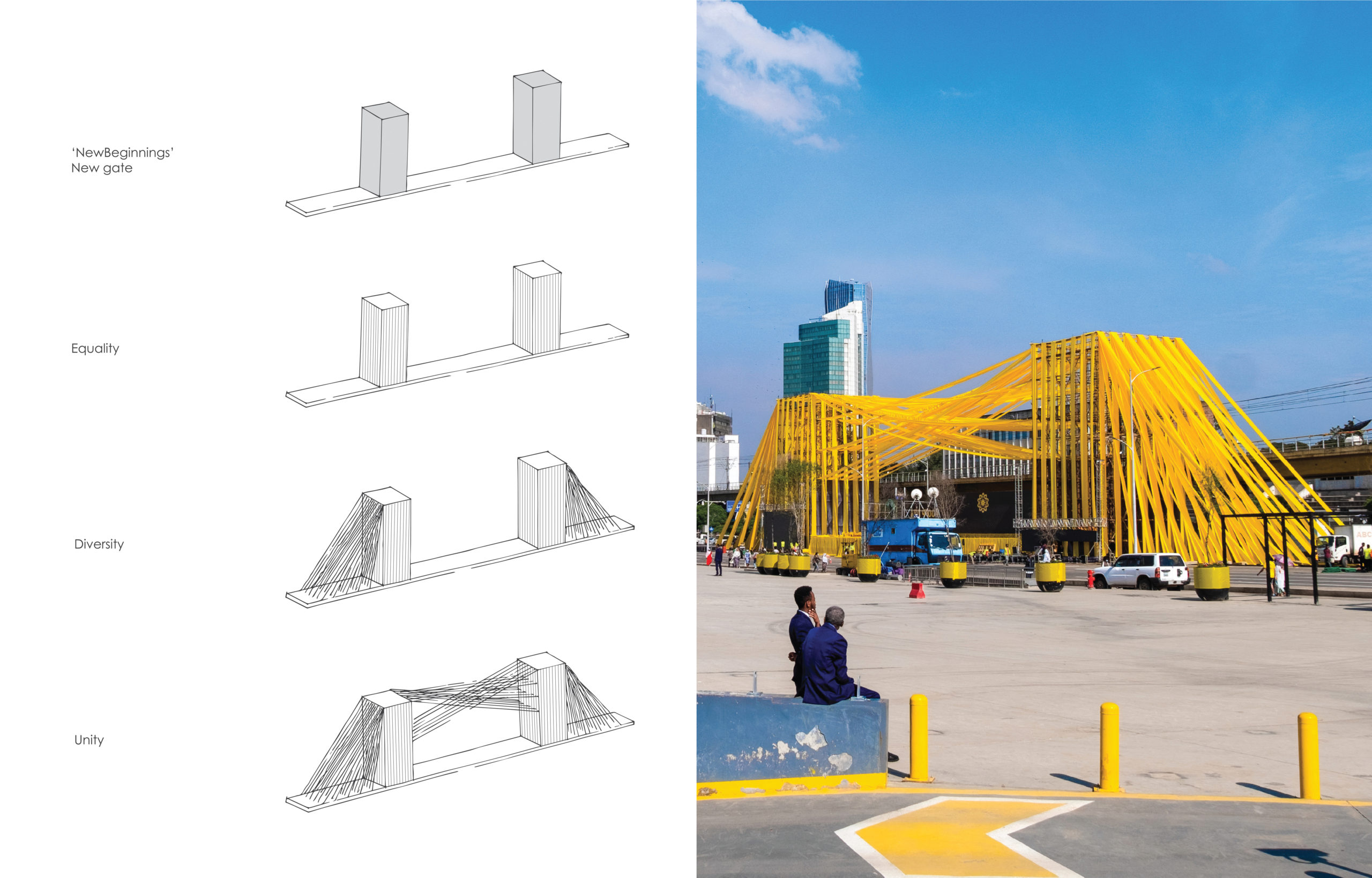 This bright, yellow temporary urban installation represented Ethiopian history and culture while reflecting the existing reality morphing into a joyous “New beginning’. Two grand colossal vertical tower components form both a portal and a performance stage on Meskel square. These towers are flanked by numerous diagonal satin strips, varying inclinations, sizes, locations, and linkages that depict diversity. In the face of myriad challenges — climatic, social and economic — Ethiopians’ resilience in tolerating pressure and moving spiritedly forward is reflected in the fabric’s flexibility.
This bright, yellow temporary urban installation represented Ethiopian history and culture while reflecting the existing reality morphing into a joyous “New beginning’. Two grand colossal vertical tower components form both a portal and a performance stage on Meskel square. These towers are flanked by numerous diagonal satin strips, varying inclinations, sizes, locations, and linkages that depict diversity. In the face of myriad challenges — climatic, social and economic — Ethiopians’ resilience in tolerating pressure and moving spiritedly forward is reflected in the fabric’s flexibility. 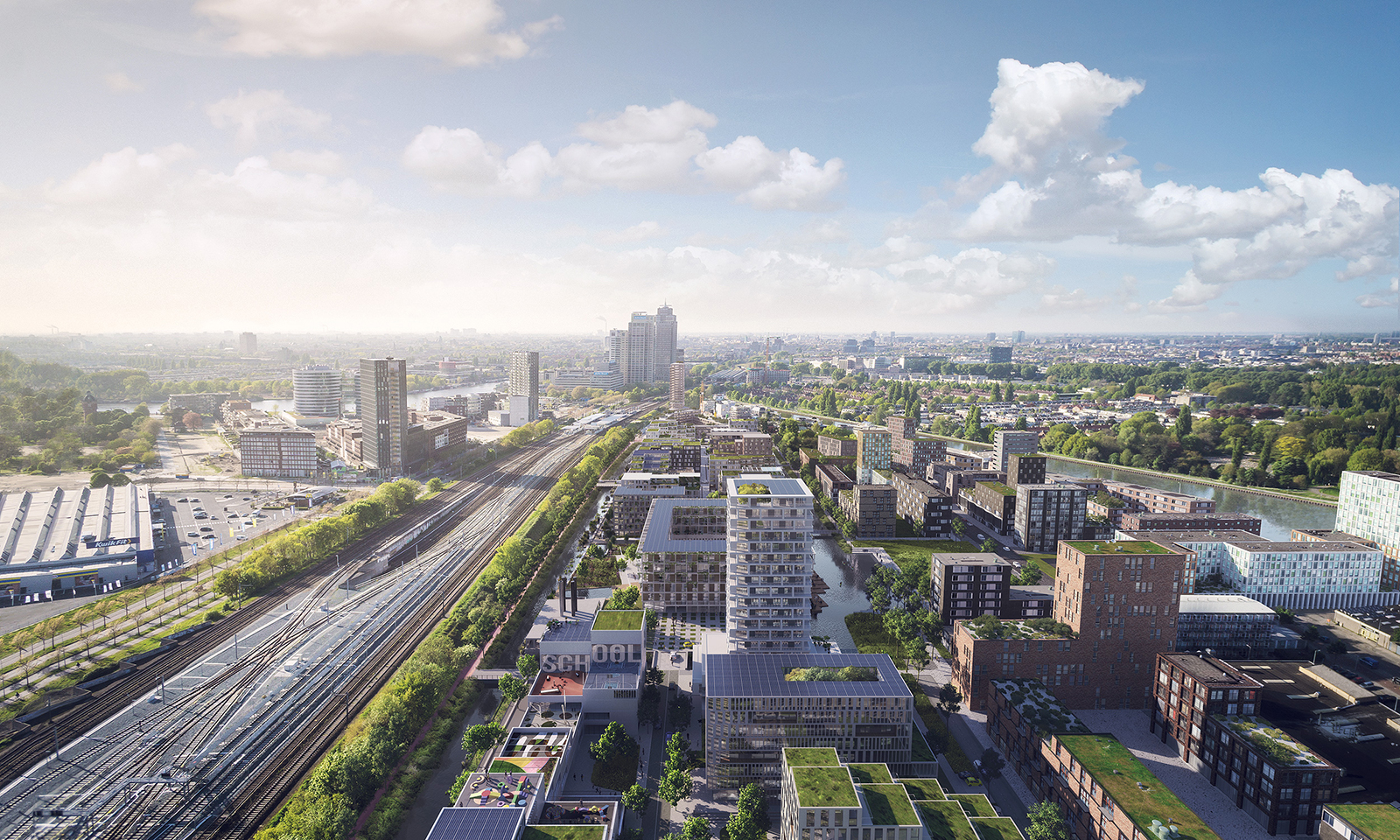
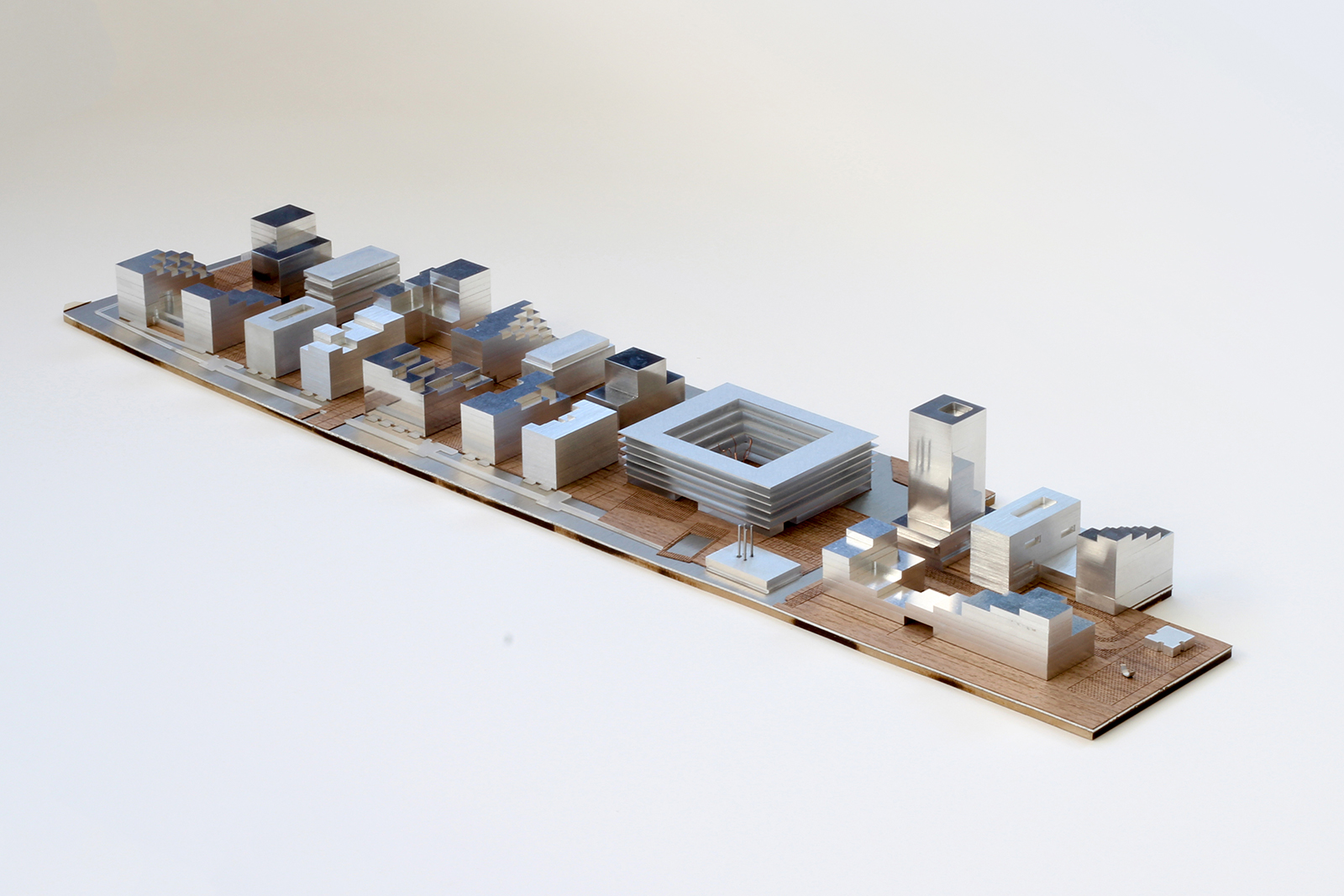
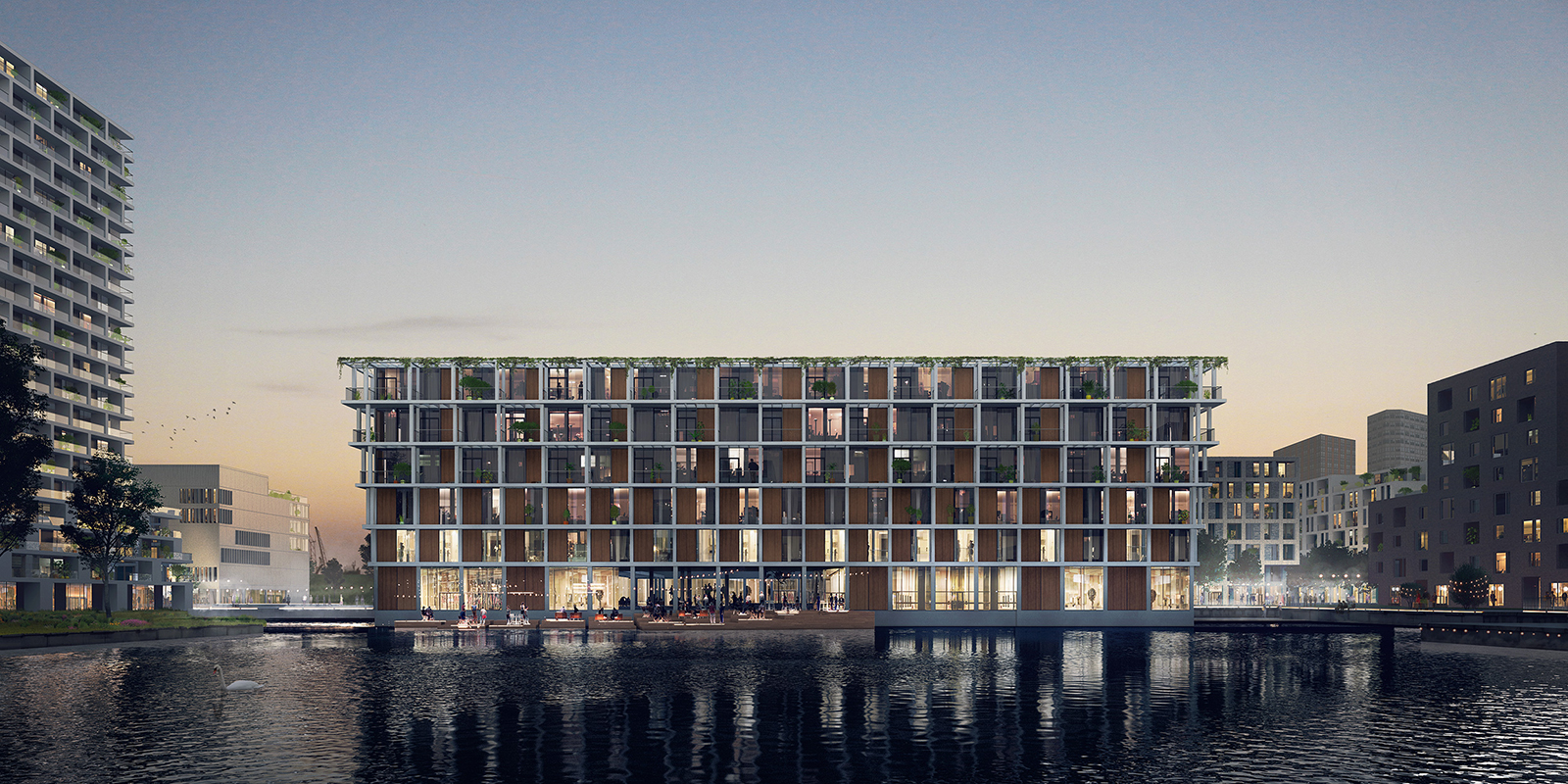 Bijlmer Bajes was once an Amsterdam prison; now, it is a pleasant, safe and social urban neighbourhood. With a total program of 135.000m², the mixed-use masterplan was sprawling, but the former correctional facilities that stood on part of the site served a disproportionately large role in the overall design. Visually, three key elements — the canal, the main building and the wall — became motifs that guided the architects in designing a cohesive community space with a distinct urban feel.
Bijlmer Bajes was once an Amsterdam prison; now, it is a pleasant, safe and social urban neighbourhood. With a total program of 135.000m², the mixed-use masterplan was sprawling, but the former correctional facilities that stood on part of the site served a disproportionately large role in the overall design. Visually, three key elements — the canal, the main building and the wall — became motifs that guided the architects in designing a cohesive community space with a distinct urban feel.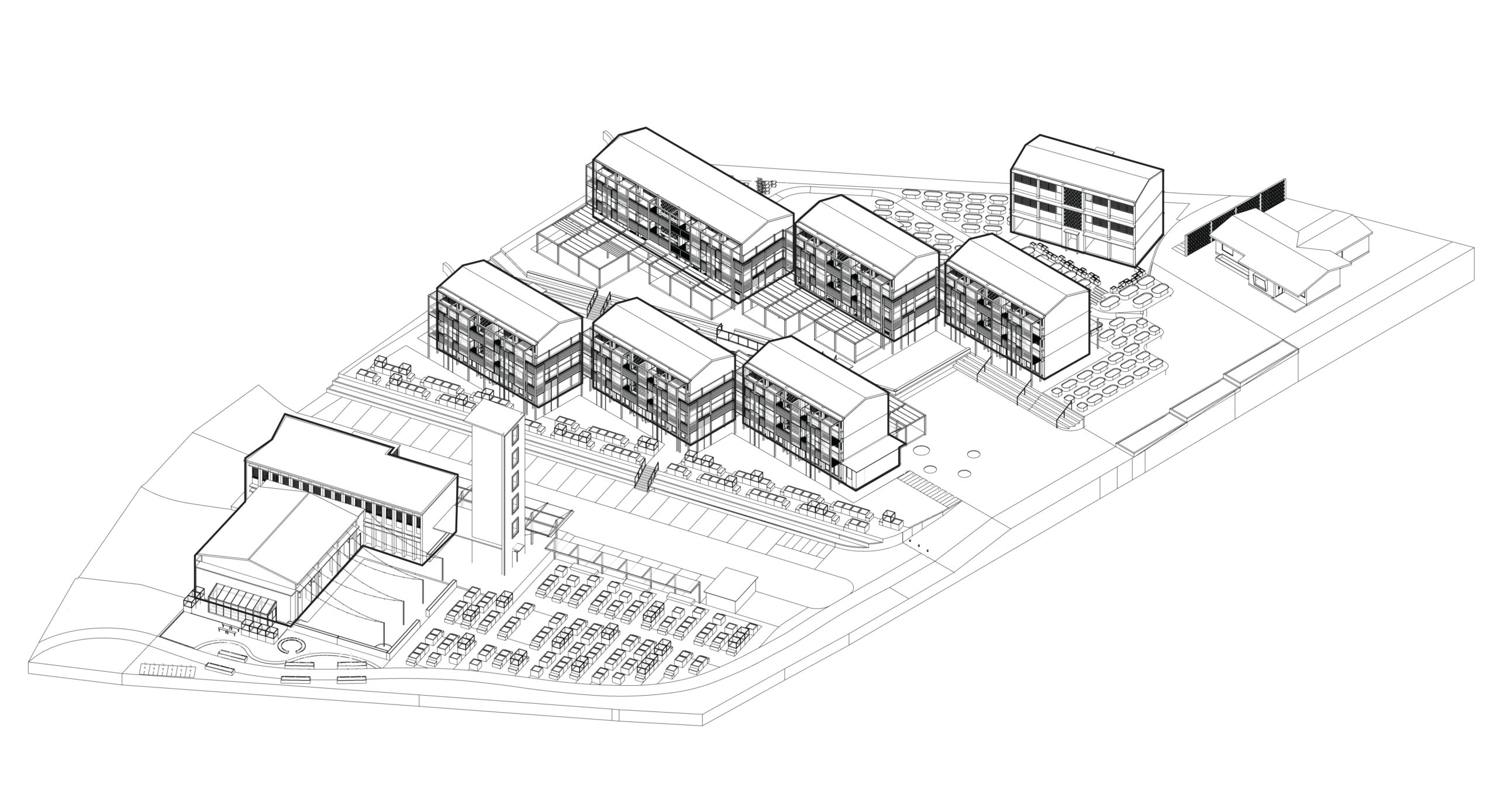
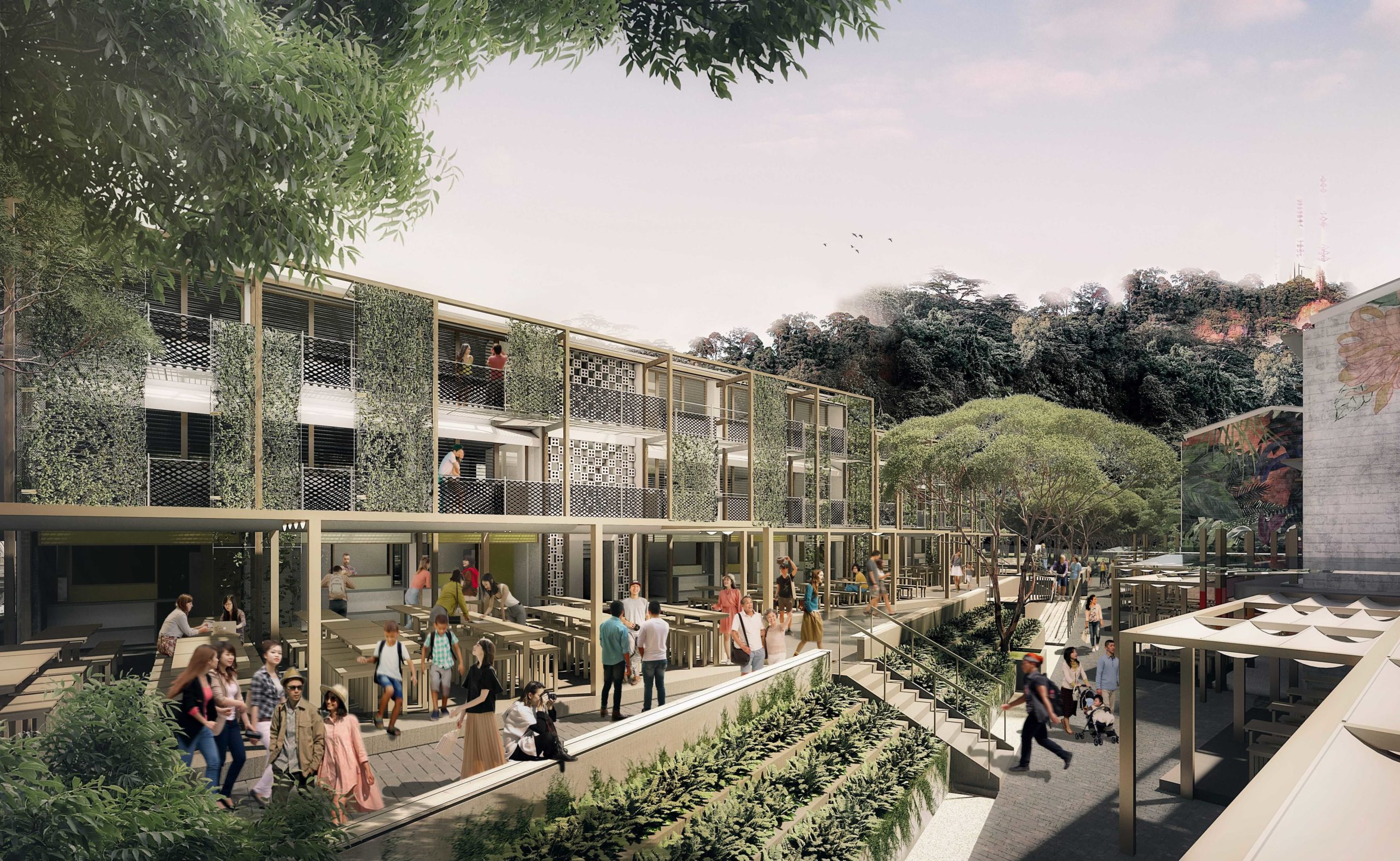
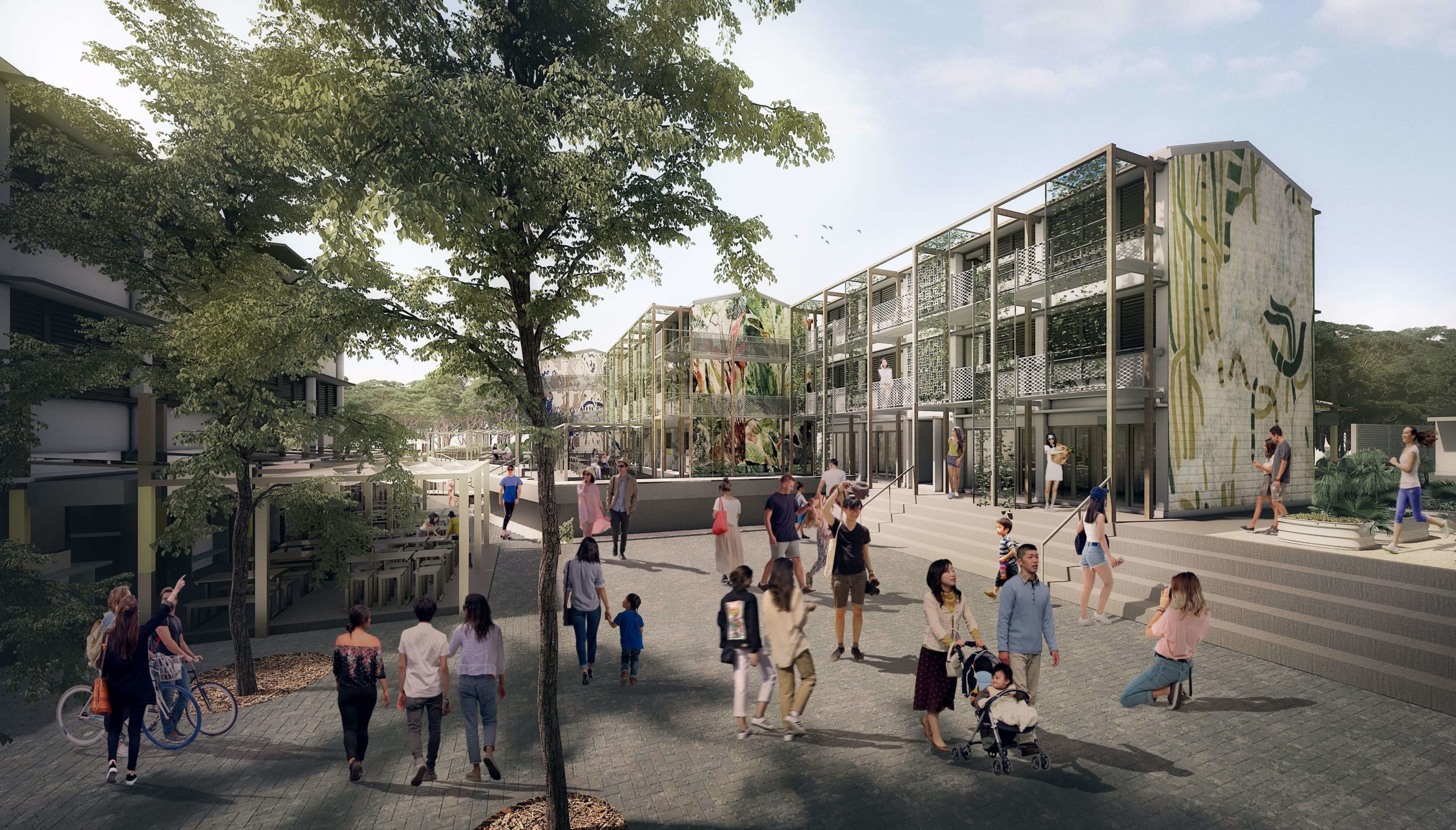 Following the C40’s design priorities for the 10 climate challenges, this adaptive reuse project exemplifies a new architectural model of building for circularity and inclusivity. The master plan layers various programmes with the aim of inspiring habit changes in inhabitants, ultimately encouraging a carbon-neutral lifestyle. From urban farming to vertical timber greenery facades, the eco-conscious design provides practical functions, while harnessing construction techniques that won’t add unnecessary environmental stress.
Following the C40’s design priorities for the 10 climate challenges, this adaptive reuse project exemplifies a new architectural model of building for circularity and inclusivity. The master plan layers various programmes with the aim of inspiring habit changes in inhabitants, ultimately encouraging a carbon-neutral lifestyle. From urban farming to vertical timber greenery facades, the eco-conscious design provides practical functions, while harnessing construction techniques that won’t add unnecessary environmental stress.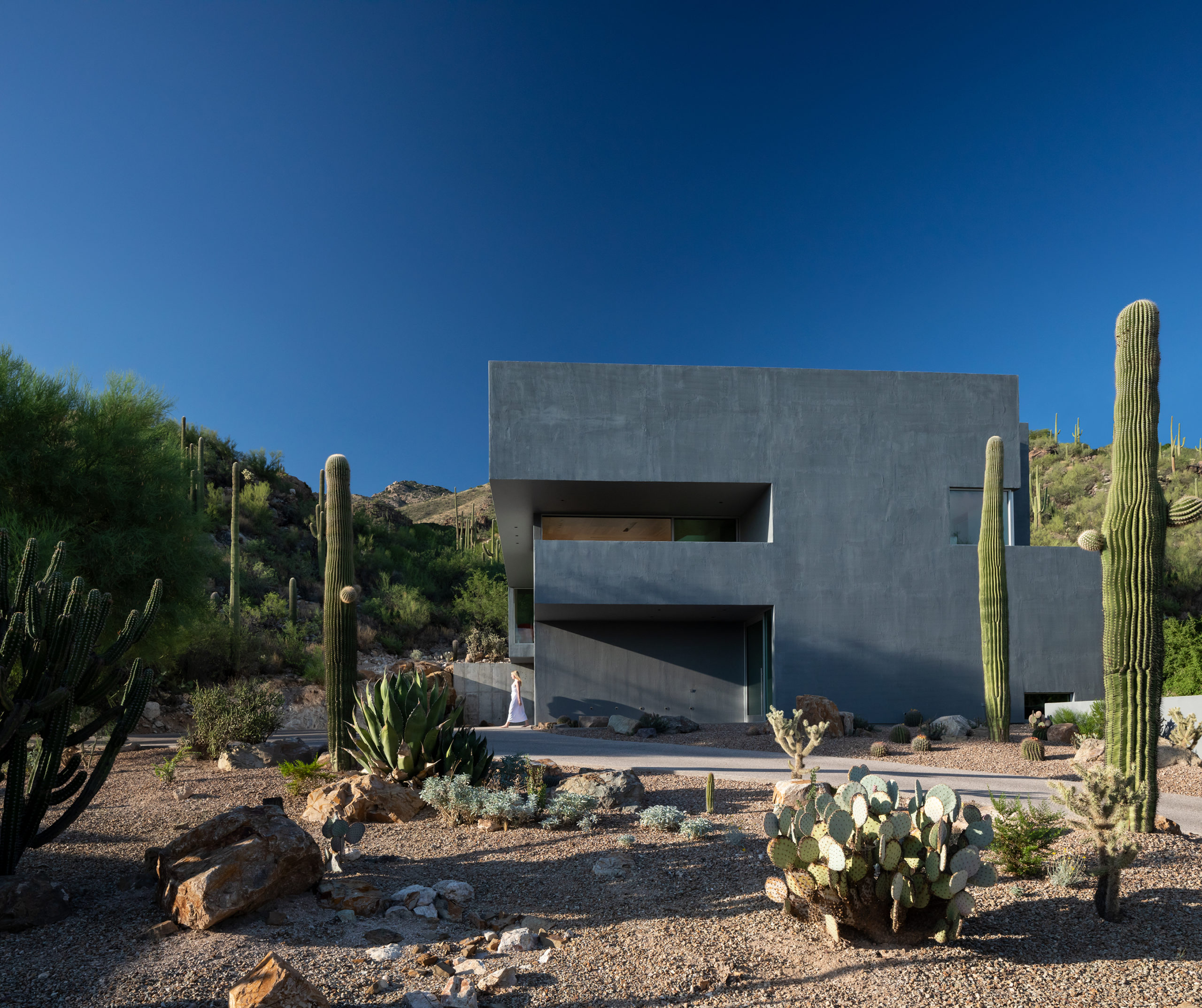
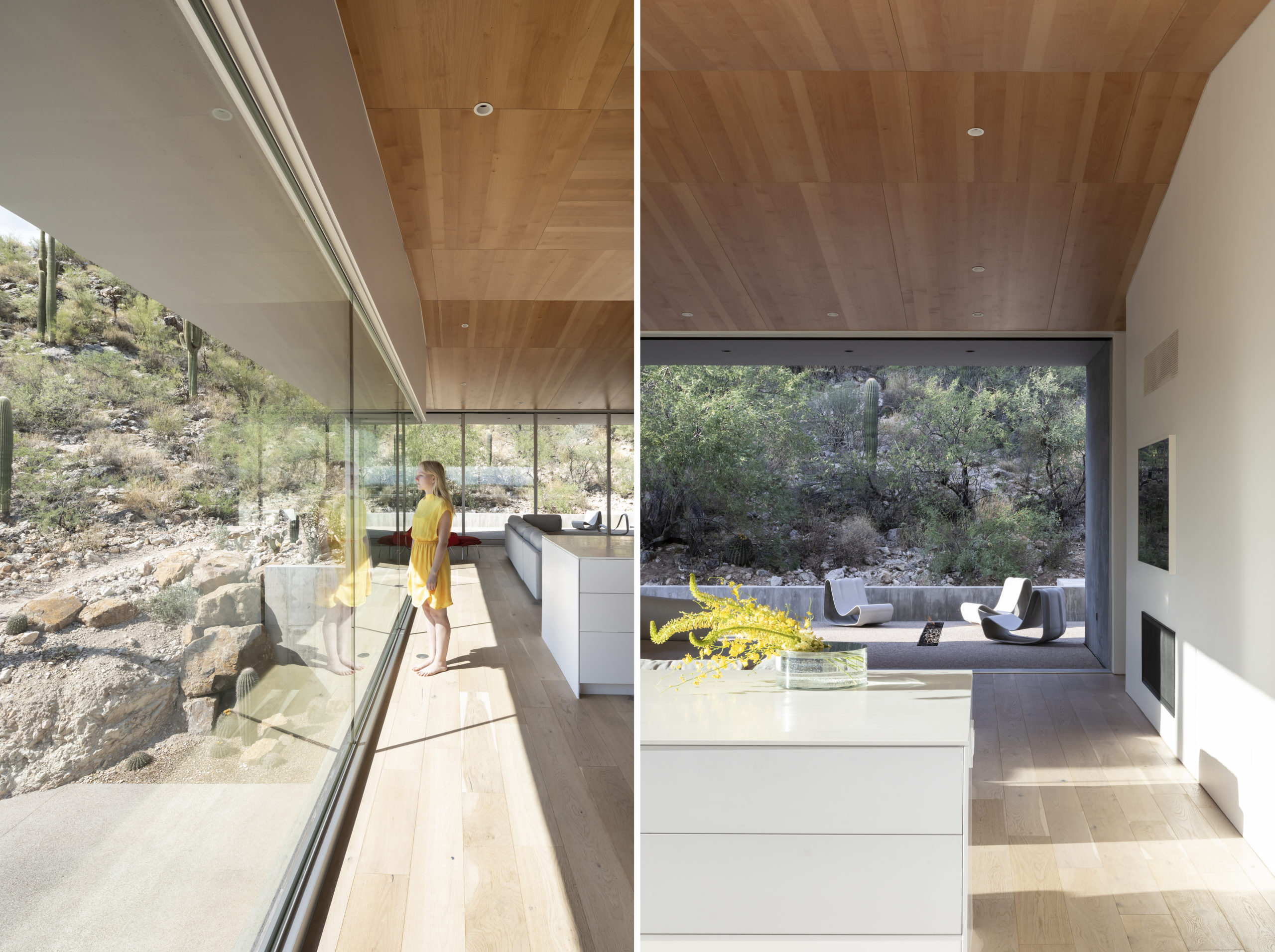 The expressive, geological form of this two-story private home couldn’t be more apt for its setting. Sitting proudly at the foot of the Catalina mountains, the Ventana House straddles a line between the sprawling desert and a protected mountain peak. Yet, the rock metaphor can be extended. As the architects explain, the building is “like a geode,” with a surprisingly elegant, inviting and light-filled interior, the spaces of which are sequenced to move visitors through space cinematically by reorienting them while simultaneously revealing both interior and exterior spaces through the gaping windows.
The expressive, geological form of this two-story private home couldn’t be more apt for its setting. Sitting proudly at the foot of the Catalina mountains, the Ventana House straddles a line between the sprawling desert and a protected mountain peak. Yet, the rock metaphor can be extended. As the architects explain, the building is “like a geode,” with a surprisingly elegant, inviting and light-filled interior, the spaces of which are sequenced to move visitors through space cinematically by reorienting them while simultaneously revealing both interior and exterior spaces through the gaping windows.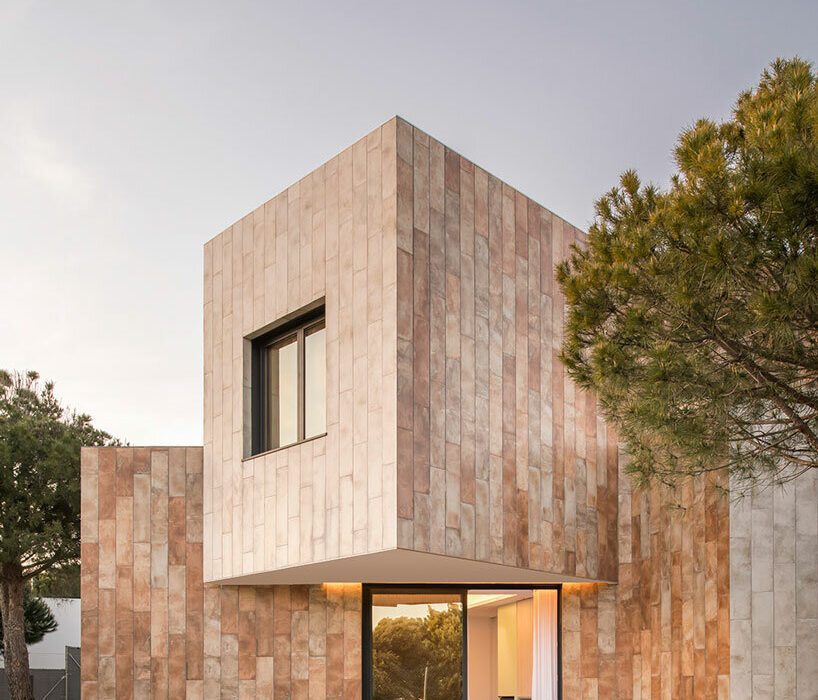
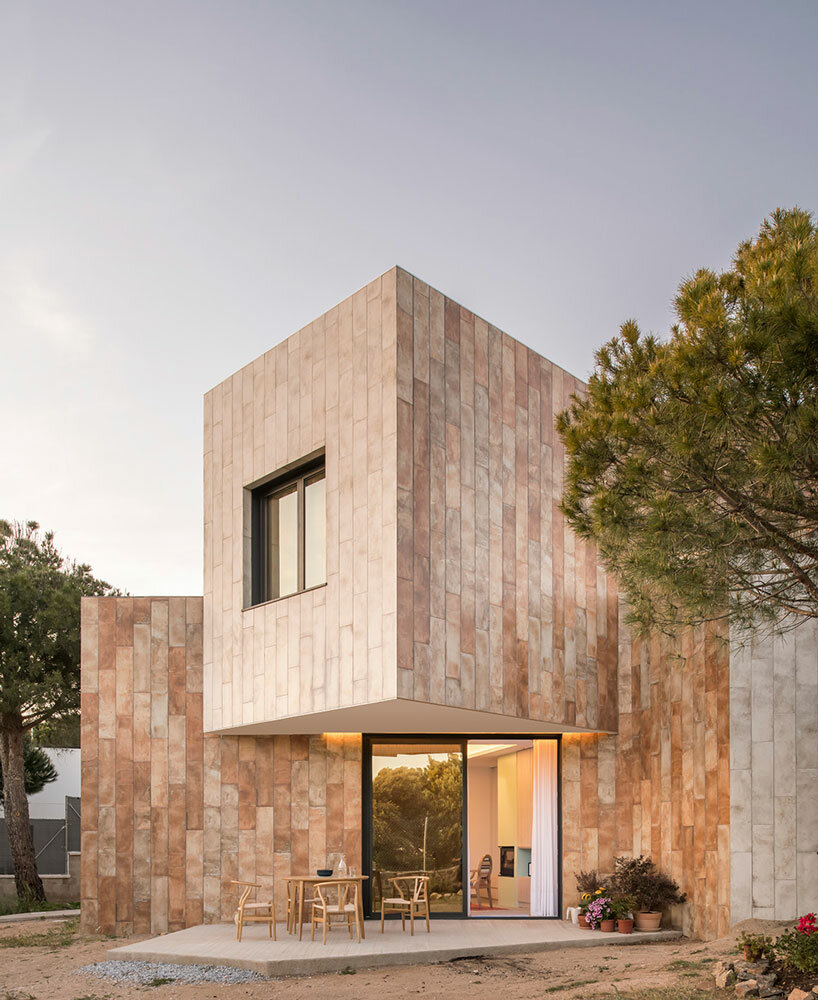 all images by Javier de Paz
all images by Javier de Paz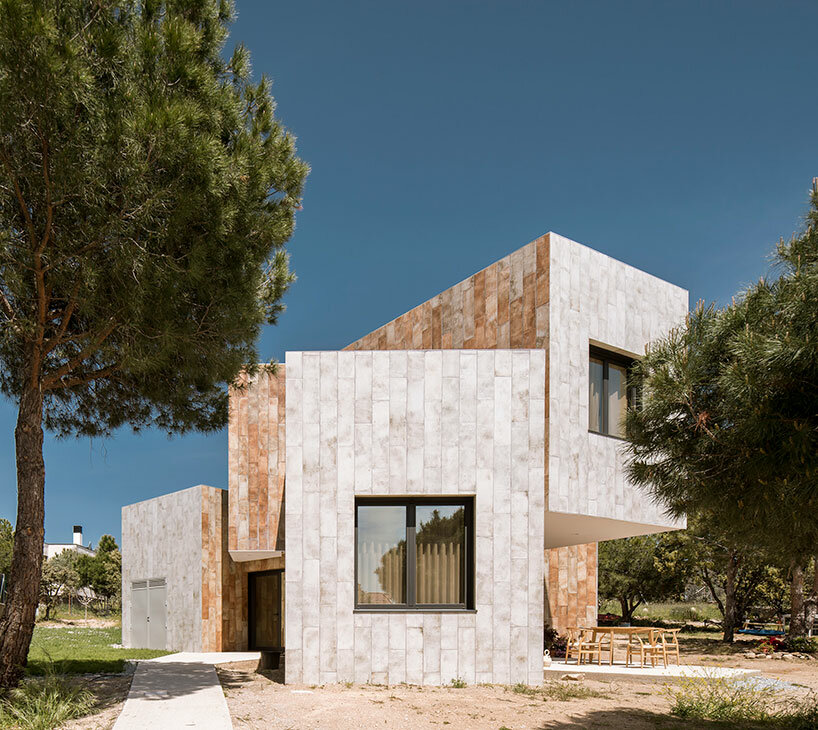 the functions are distributed among the various masses
the functions are distributed among the various masses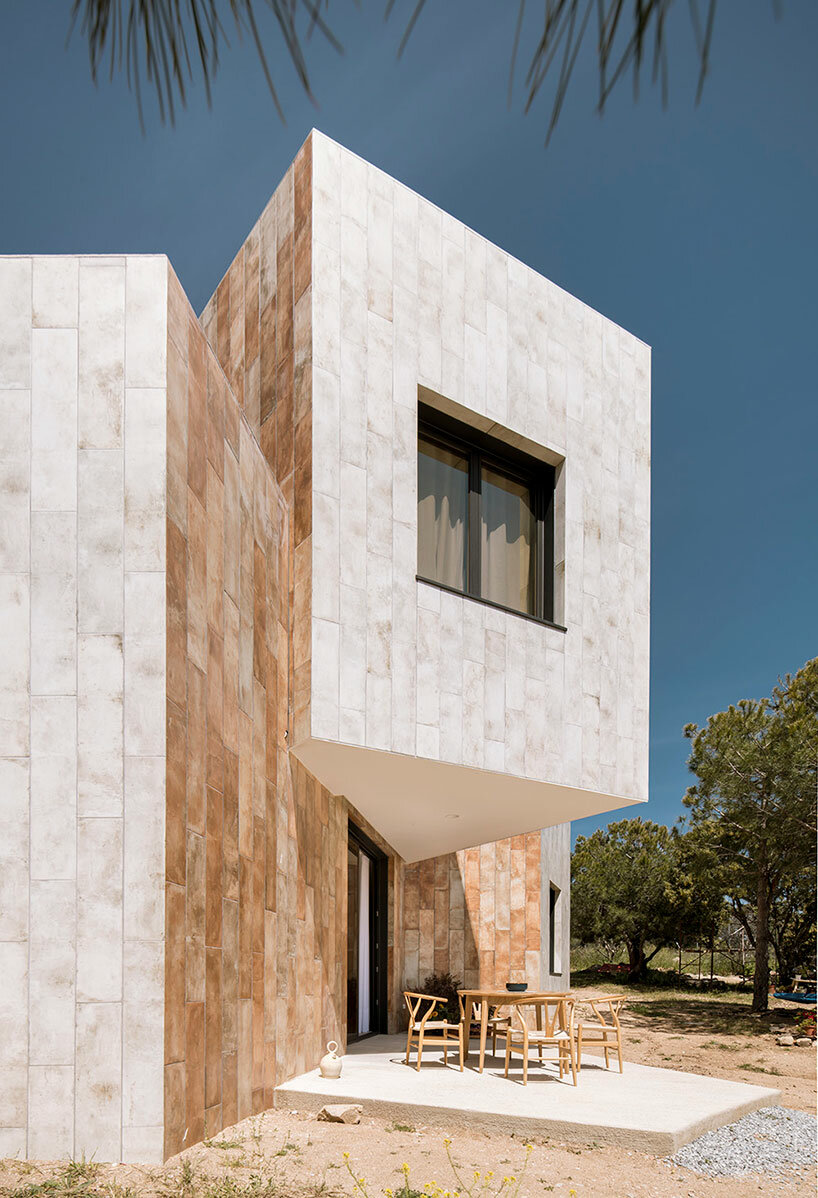
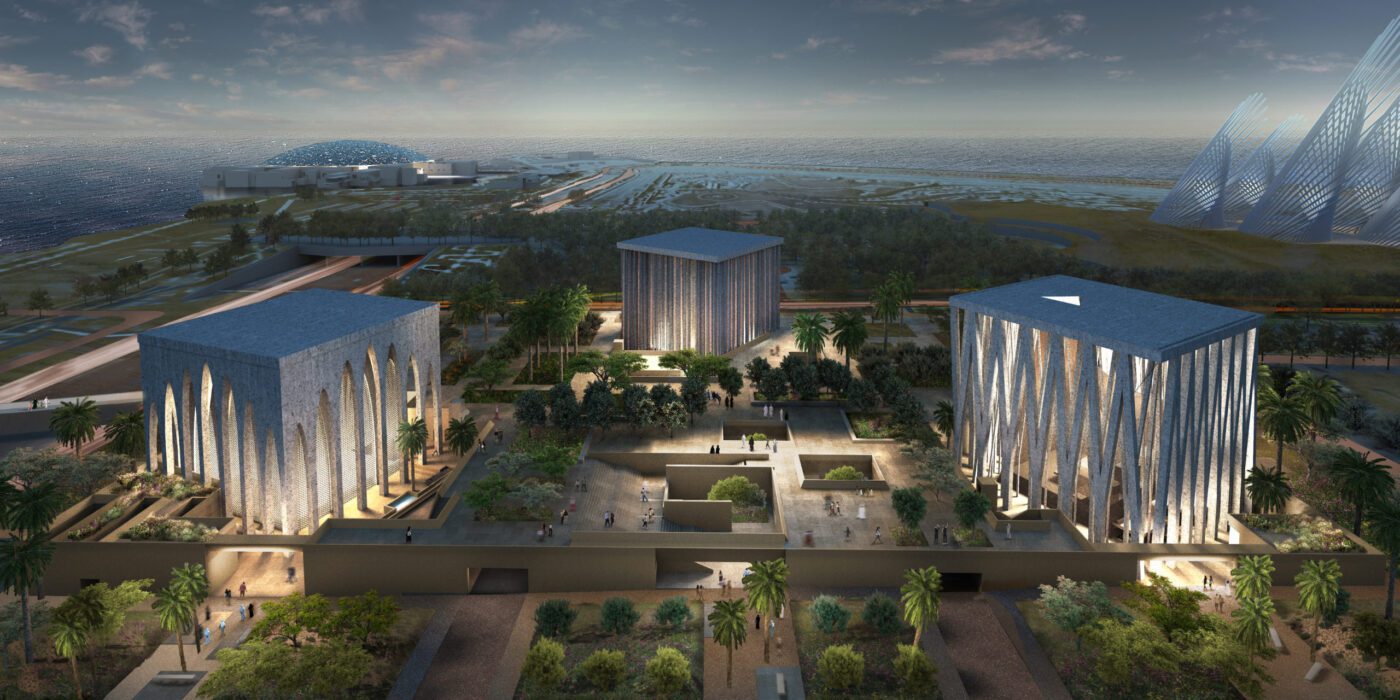
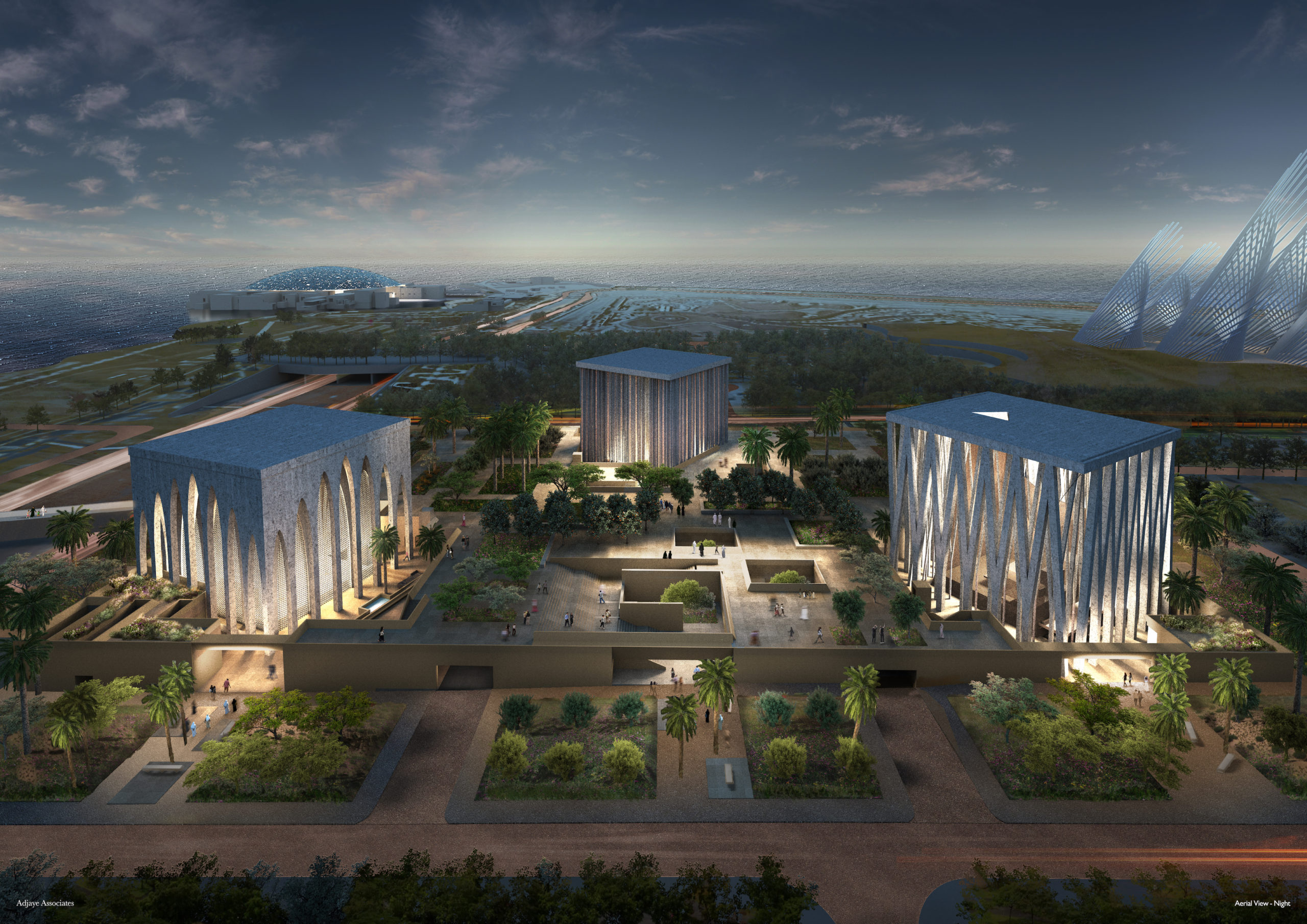
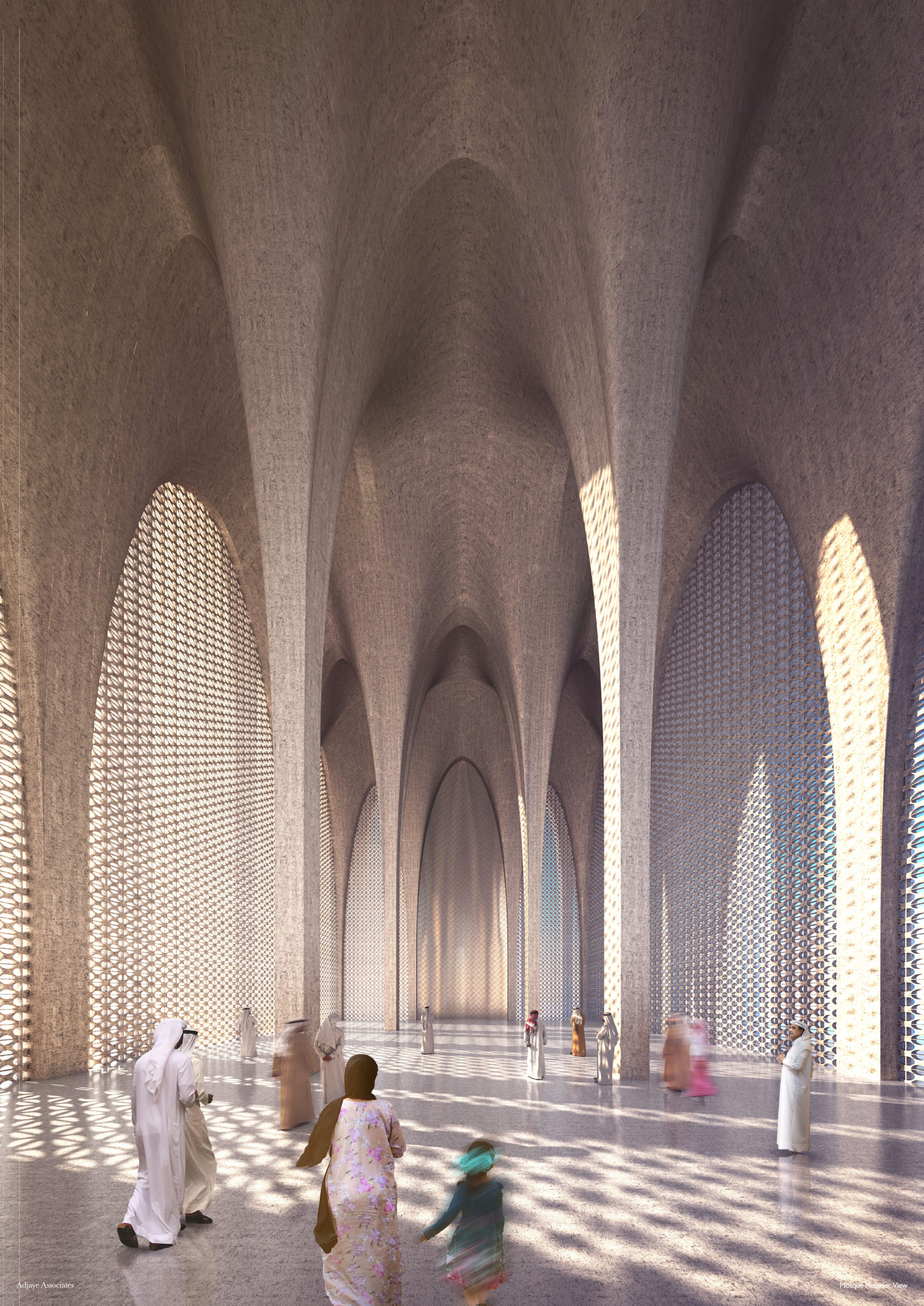
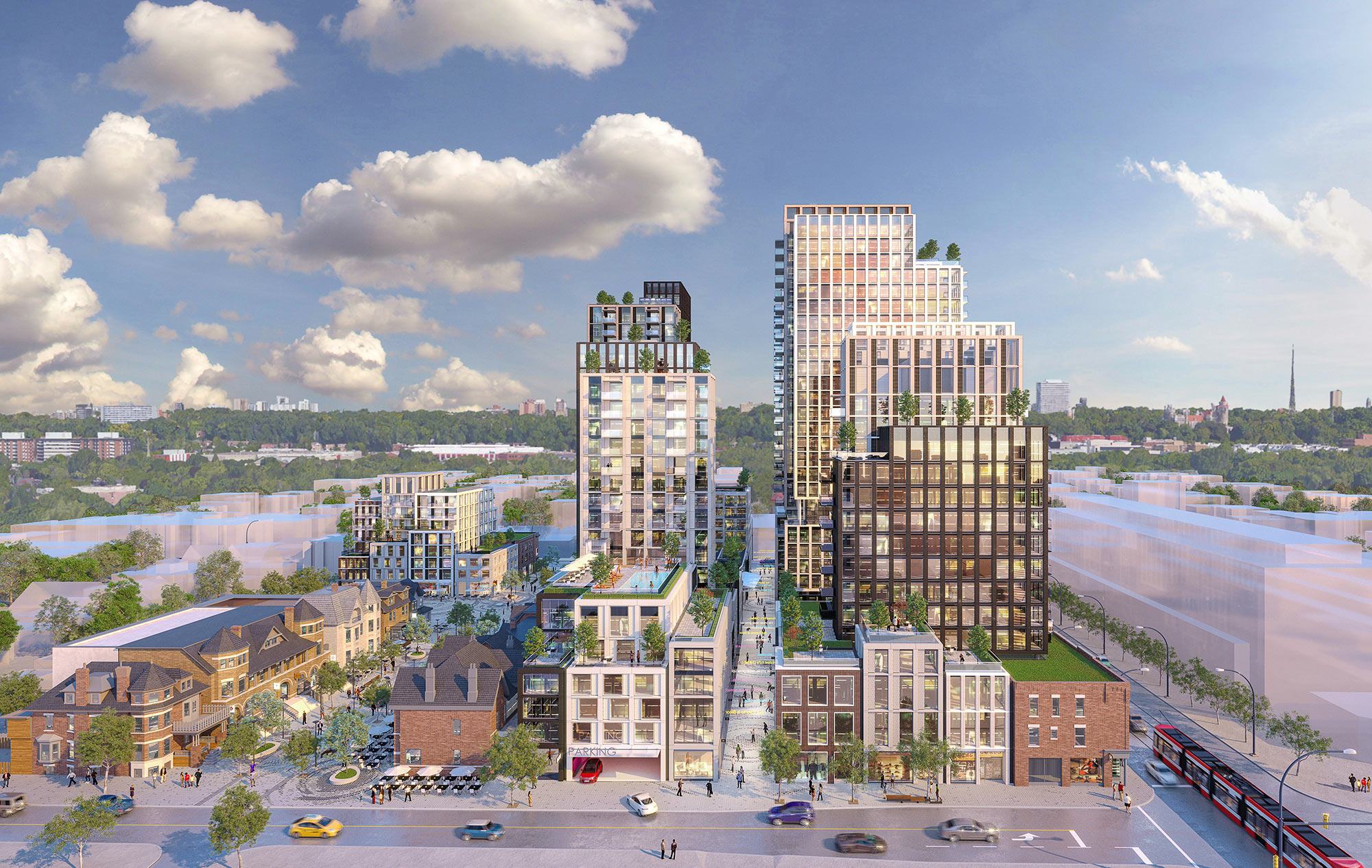
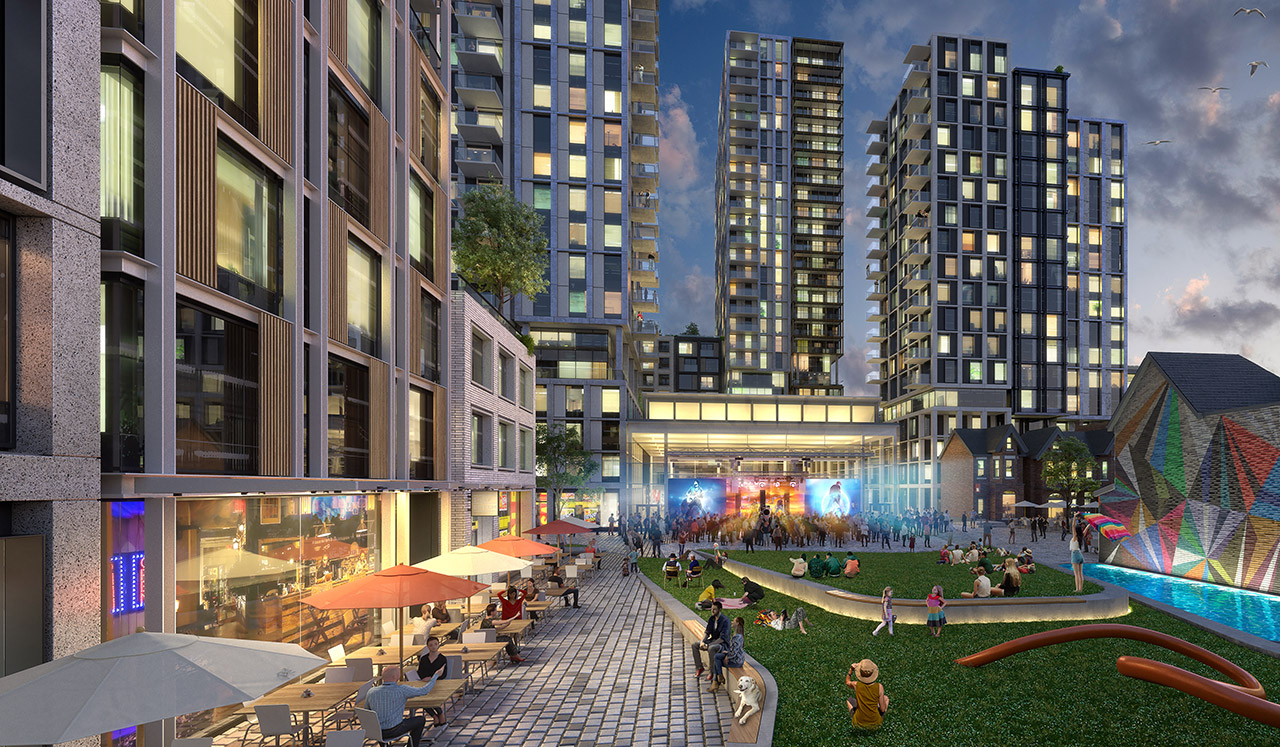 Built on the site of Honest Ed’s, an eclectic discount store that was once a landmark to the people of Toronto, the newly imagined Mirvish Village will be a comprehensive purpose-built community for rental apartments and innovative retail. Mirvish Village will comprise 32 micro buildings and eventually be home to over 2,000 Torontonians. All 800 suites will be rented, with some apartments available below-market rates and almost half designed for families.
Built on the site of Honest Ed’s, an eclectic discount store that was once a landmark to the people of Toronto, the newly imagined Mirvish Village will be a comprehensive purpose-built community for rental apartments and innovative retail. Mirvish Village will comprise 32 micro buildings and eventually be home to over 2,000 Torontonians. All 800 suites will be rented, with some apartments available below-market rates and almost half designed for families.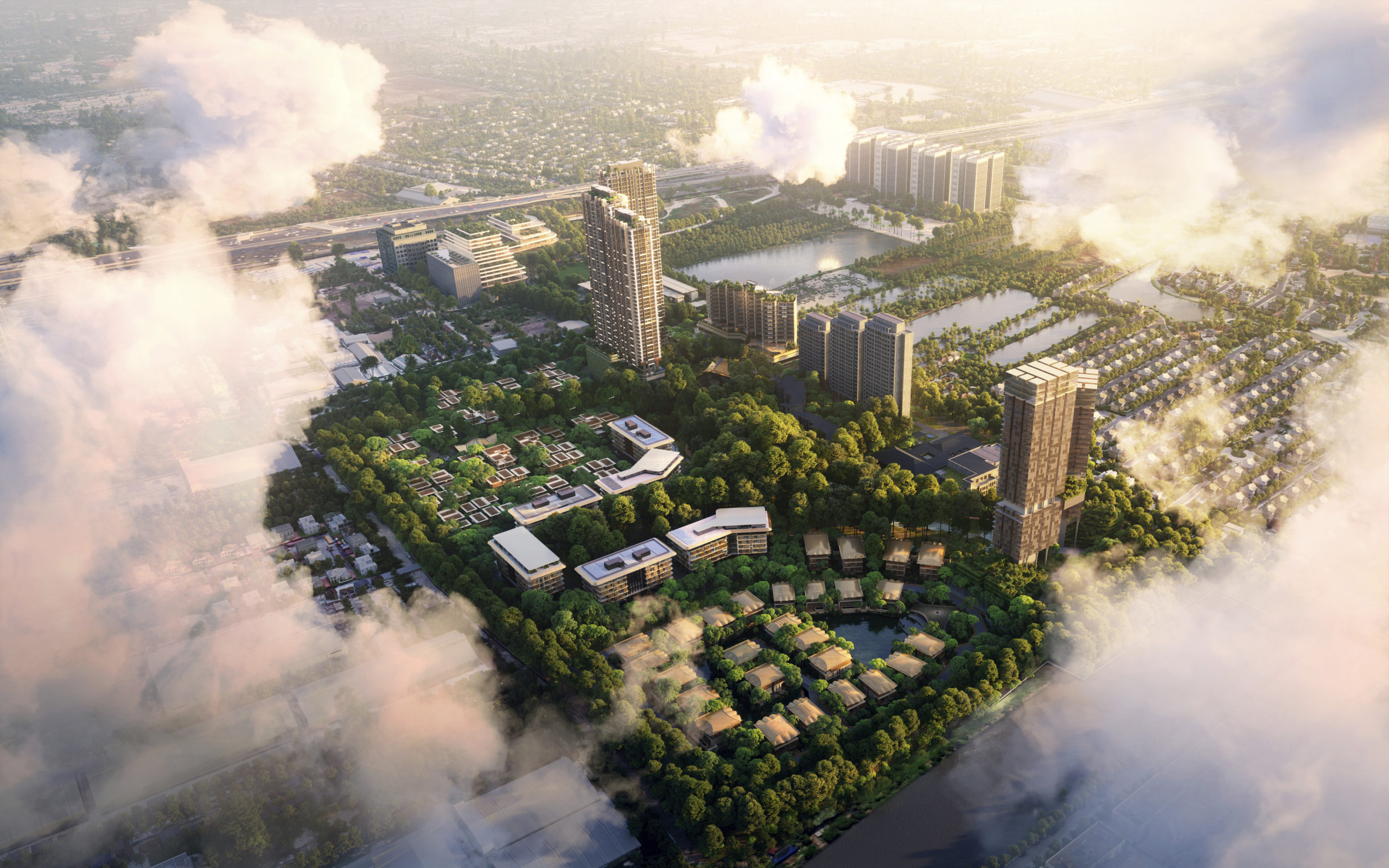 Situated on the outskirts of Bangkok, The Forestias is a residential-led masterplan with a substantial forest at its heart. The pioneering development aims to become an example and a template for future urban living in Thailand and globally. Lush greenery dissects the urban development that hosts a variety of housing types. The development creates shared facilities that encourage community interaction by visually reducing boundary walls and hedges.
Situated on the outskirts of Bangkok, The Forestias is a residential-led masterplan with a substantial forest at its heart. The pioneering development aims to become an example and a template for future urban living in Thailand and globally. Lush greenery dissects the urban development that hosts a variety of housing types. The development creates shared facilities that encourage community interaction by visually reducing boundary walls and hedges.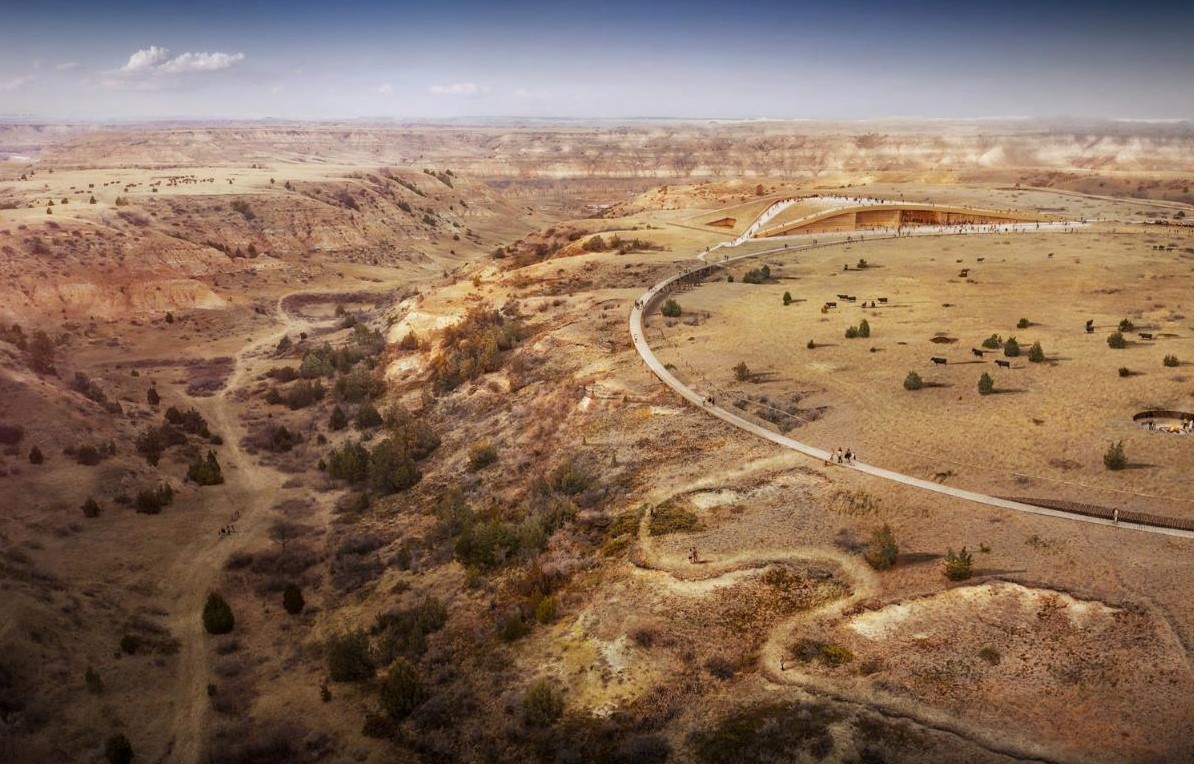
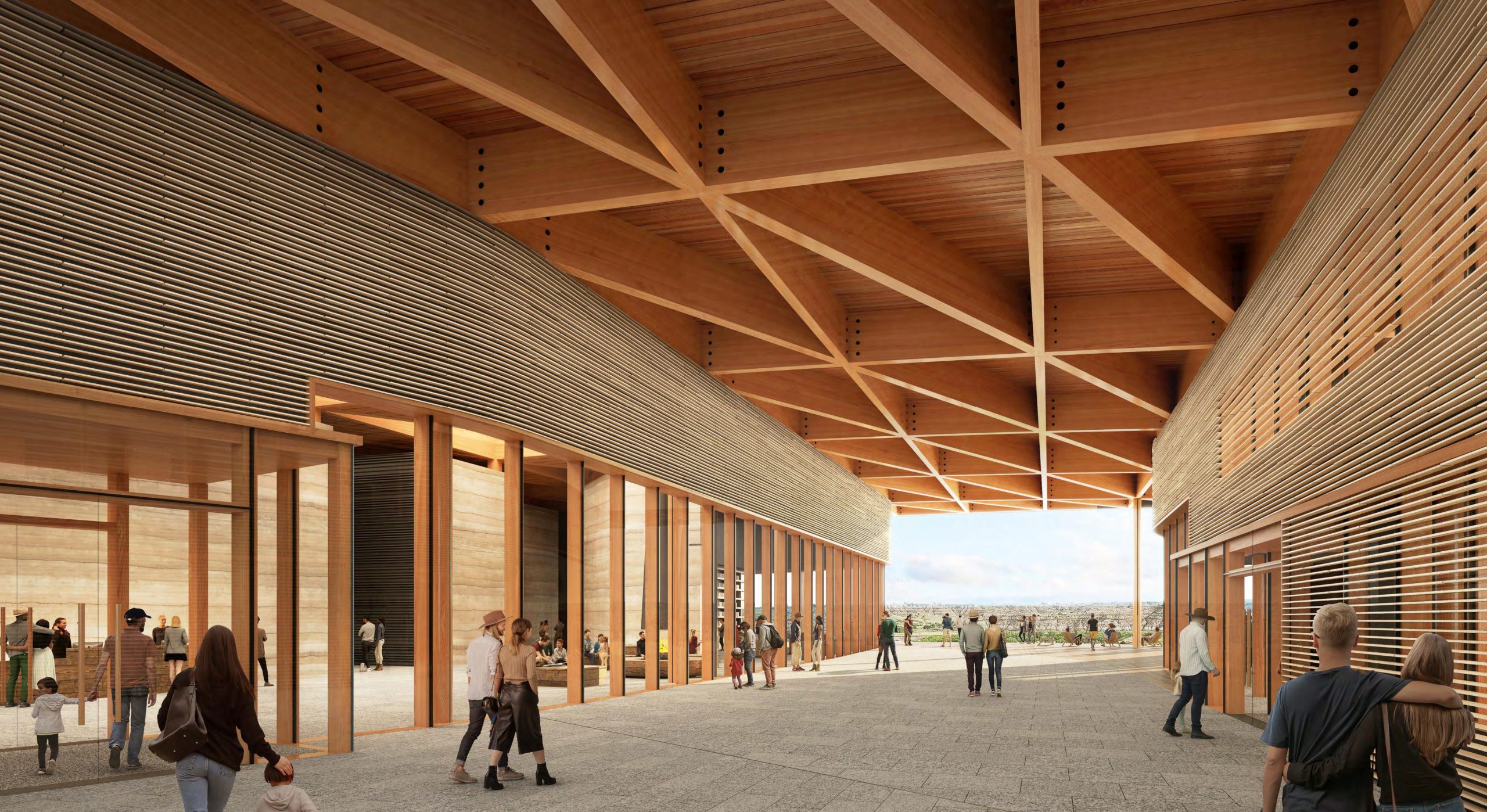 A challenge was set for the design of the much-anticipated Library of the 26th President of the United States: “Build an awe-inspiring, architecturally significant destination that works with, not against, nature.” Of all the competitors, JLG was chosen to work hand-in-hand with Snøhetta to develop a destination that strives to continue the legacy of Roosevelt and his pursuit and creation of conservation ideas that have shaped the country.
A challenge was set for the design of the much-anticipated Library of the 26th President of the United States: “Build an awe-inspiring, architecturally significant destination that works with, not against, nature.” Of all the competitors, JLG was chosen to work hand-in-hand with Snøhetta to develop a destination that strives to continue the legacy of Roosevelt and his pursuit and creation of conservation ideas that have shaped the country.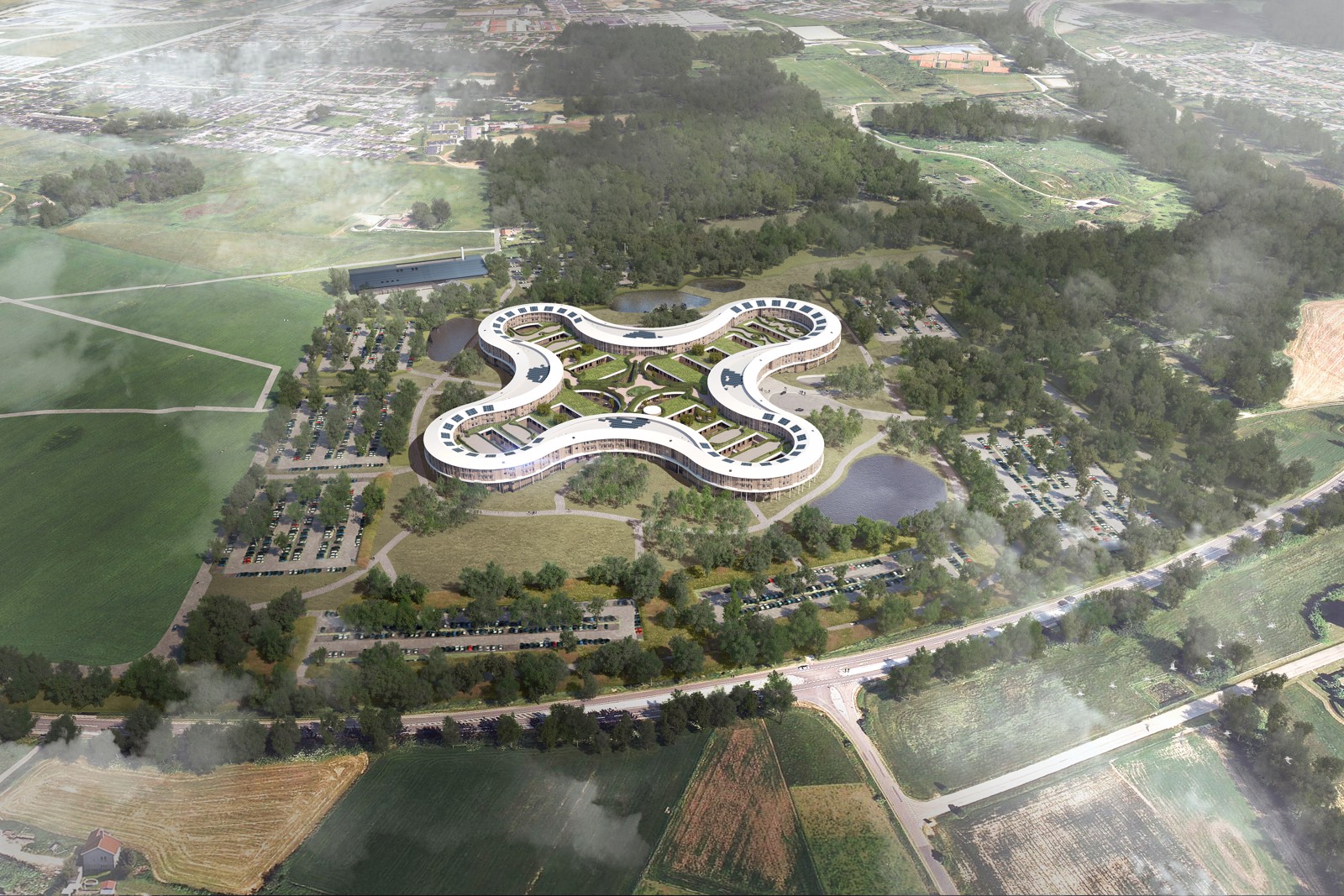
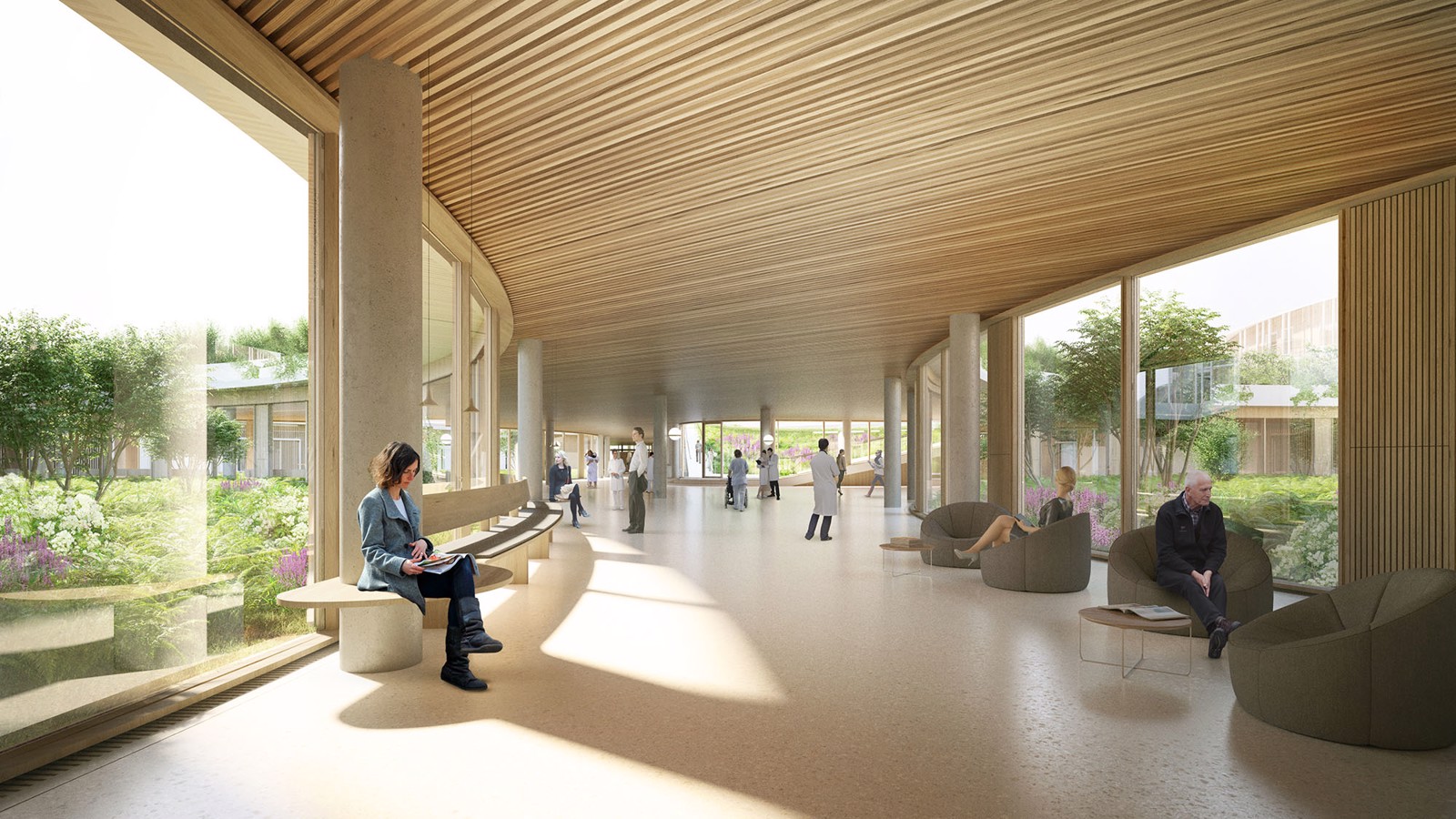 The New Hospital in North Zealand, Hillerød, has been planned to be the central hospital resource for more than 310,000 citizens in the northern part of the Capital Region of Denmark. The hospital merges three existing hospitals: Hillerød Hospital, Elsinore Hospital and Frederikssund Hospital. Focusing on questioning how we facilitate healthcare, Herzog & de Meuron and Vilhelm Lauritzen Architects’ design ambition is to redefine how we perceive a hospital and how we design and construct them.
The New Hospital in North Zealand, Hillerød, has been planned to be the central hospital resource for more than 310,000 citizens in the northern part of the Capital Region of Denmark. The hospital merges three existing hospitals: Hillerød Hospital, Elsinore Hospital and Frederikssund Hospital. Focusing on questioning how we facilitate healthcare, Herzog & de Meuron and Vilhelm Lauritzen Architects’ design ambition is to redefine how we perceive a hospital and how we design and construct them.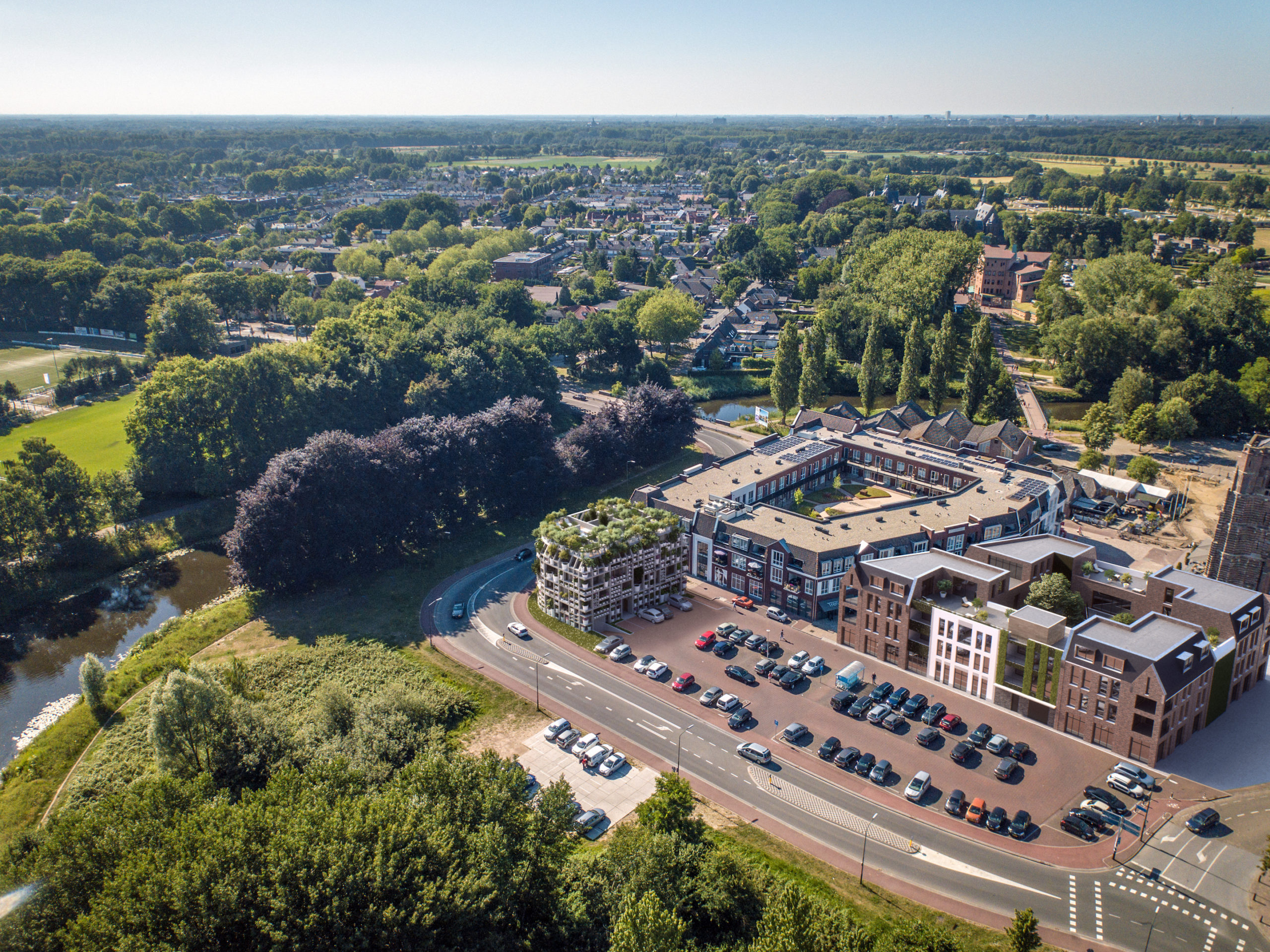
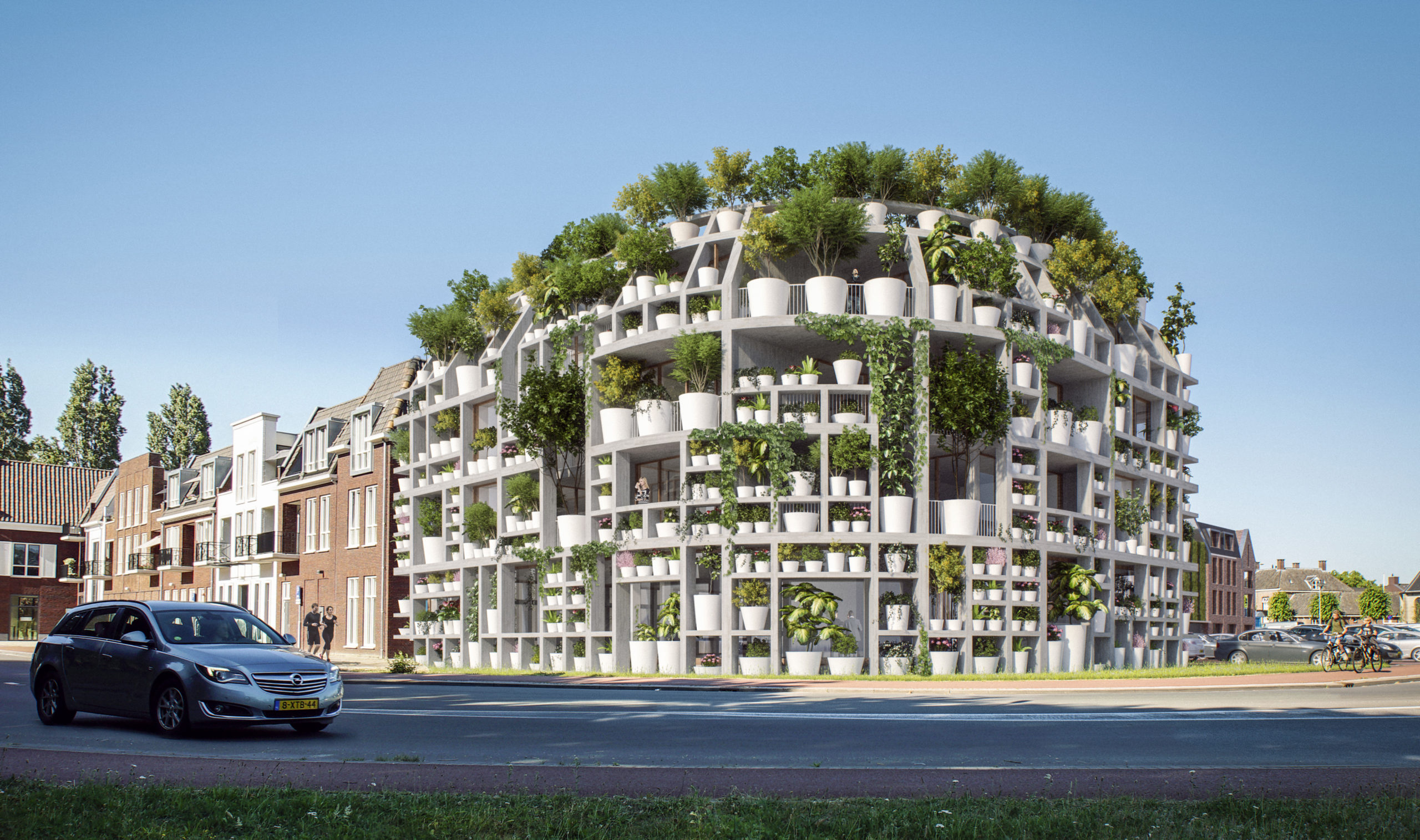 Located on the southern edge of the Dutch village of Sint-Michielsgestel, the four-story Green Villa by MVRDV and Van Boven Architecten is a unique and exciting proposal that explores the potential of ‘façade-less’ buildings and ‘radical greening.’ The inner and outer skin is made up of a “rack” of shelves, varying in depth, that hosts an abundance of potted plants, bushes, and trees such as forsythias, jasmine, pine, and birch, all labeled and cataloged. The forward-thinking approach stems from MVRDV’s belief that sustainability implies a technological challenge and a positive change in lifestyle, where urban areas should be considered a part of the natural landscape. The flexible mixed-use development will be home to adaptable residential and commercial spaces.
Located on the southern edge of the Dutch village of Sint-Michielsgestel, the four-story Green Villa by MVRDV and Van Boven Architecten is a unique and exciting proposal that explores the potential of ‘façade-less’ buildings and ‘radical greening.’ The inner and outer skin is made up of a “rack” of shelves, varying in depth, that hosts an abundance of potted plants, bushes, and trees such as forsythias, jasmine, pine, and birch, all labeled and cataloged. The forward-thinking approach stems from MVRDV’s belief that sustainability implies a technological challenge and a positive change in lifestyle, where urban areas should be considered a part of the natural landscape. The flexible mixed-use development will be home to adaptable residential and commercial spaces.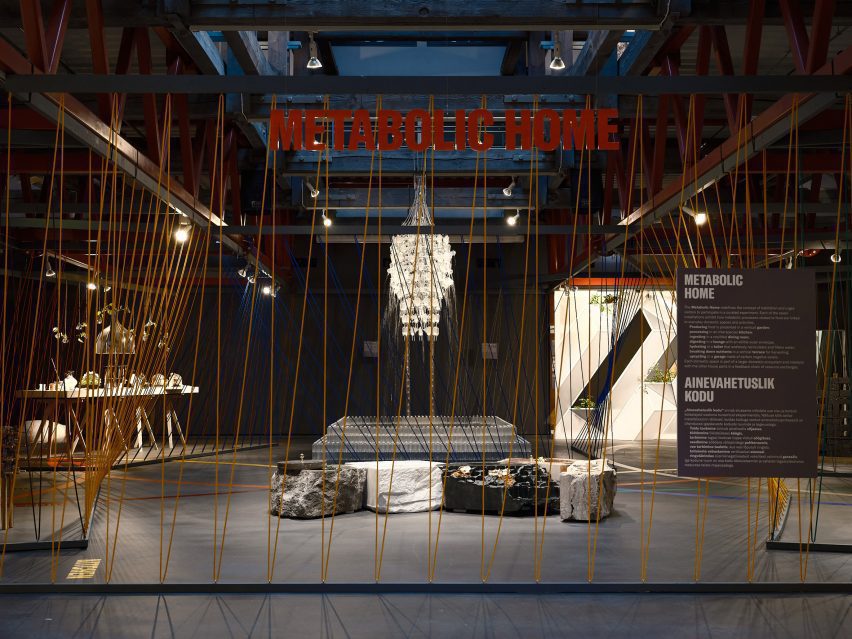
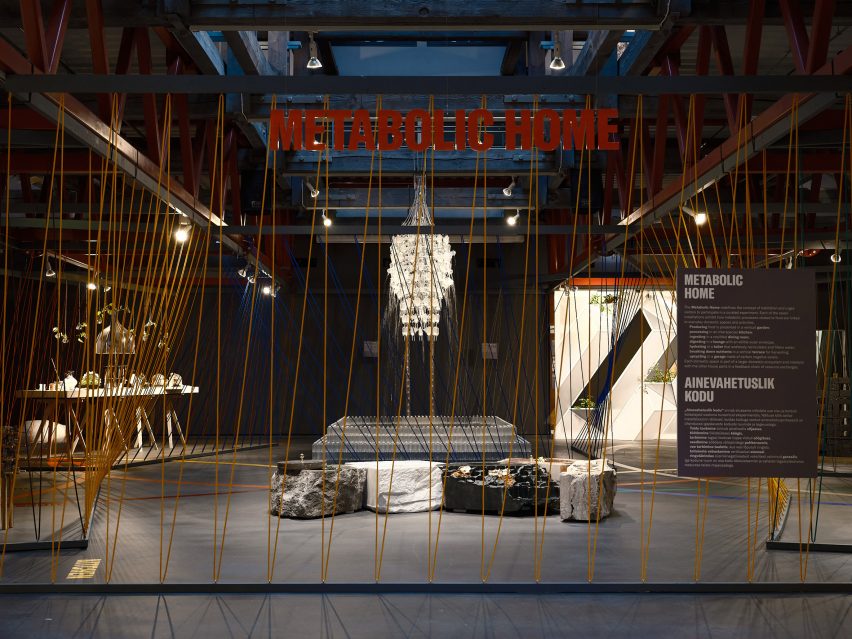
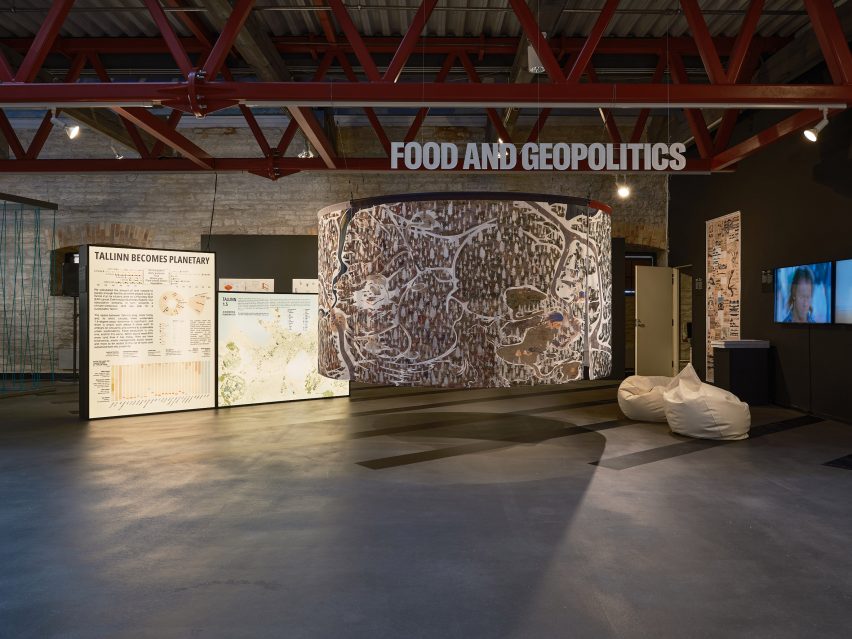
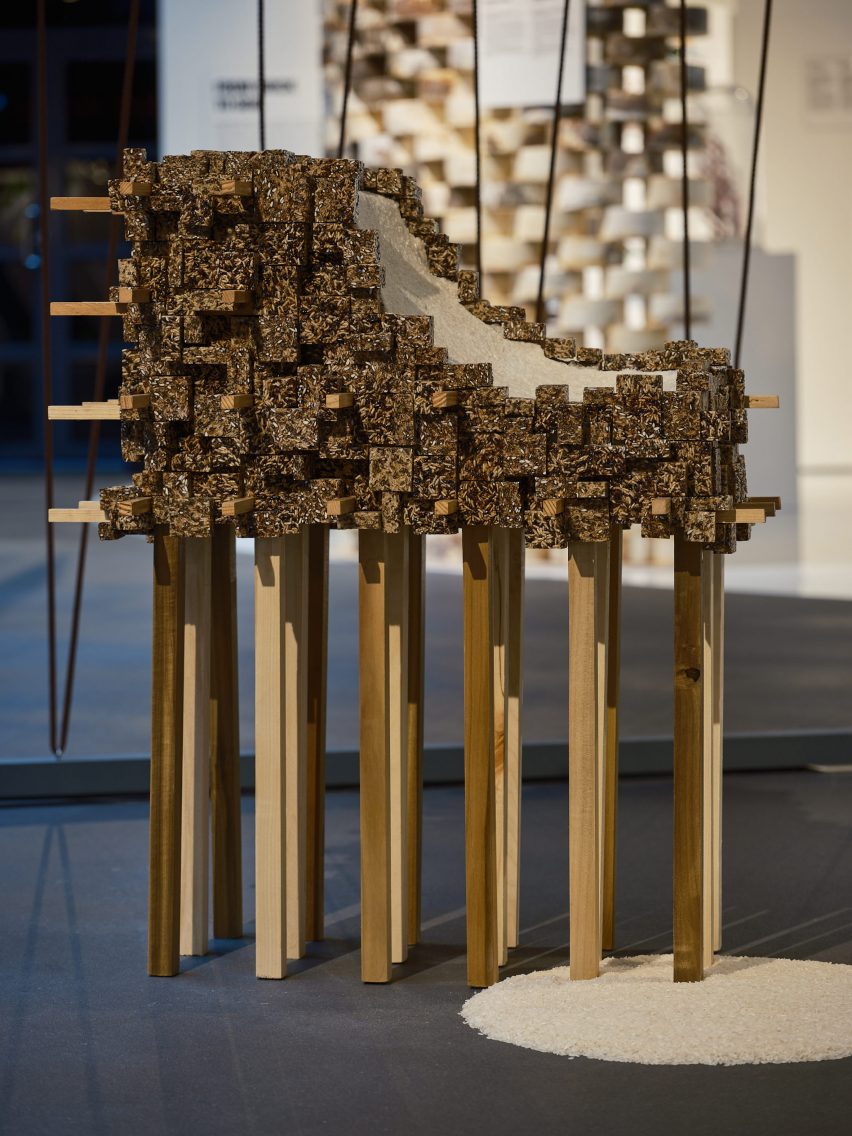
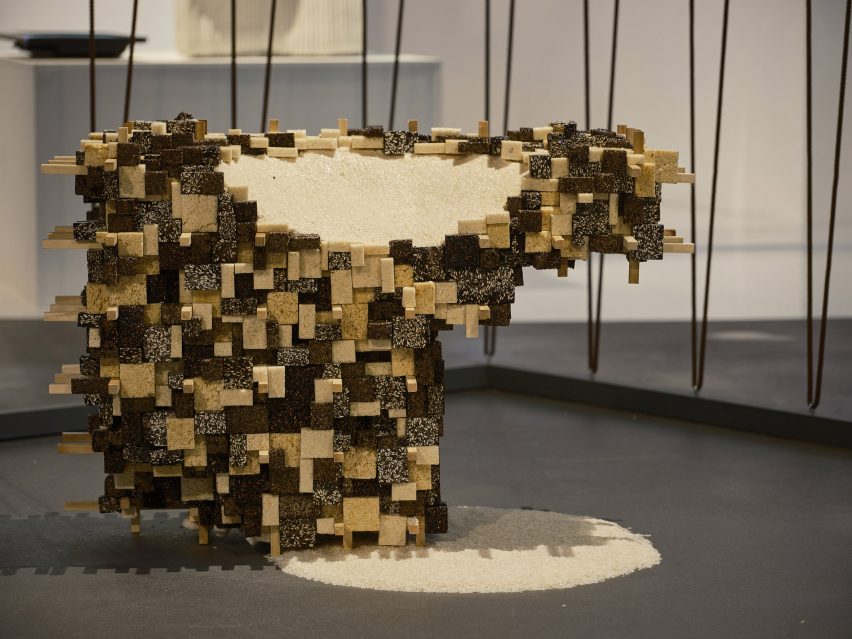
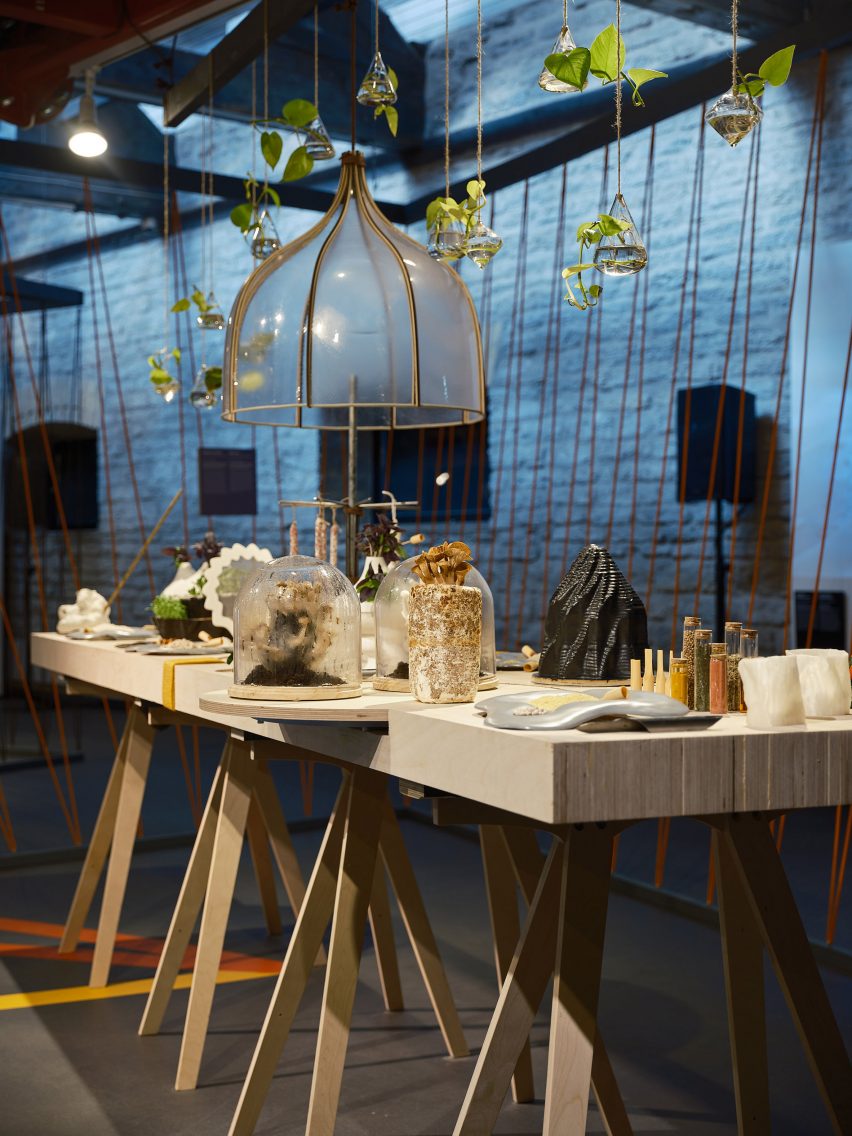
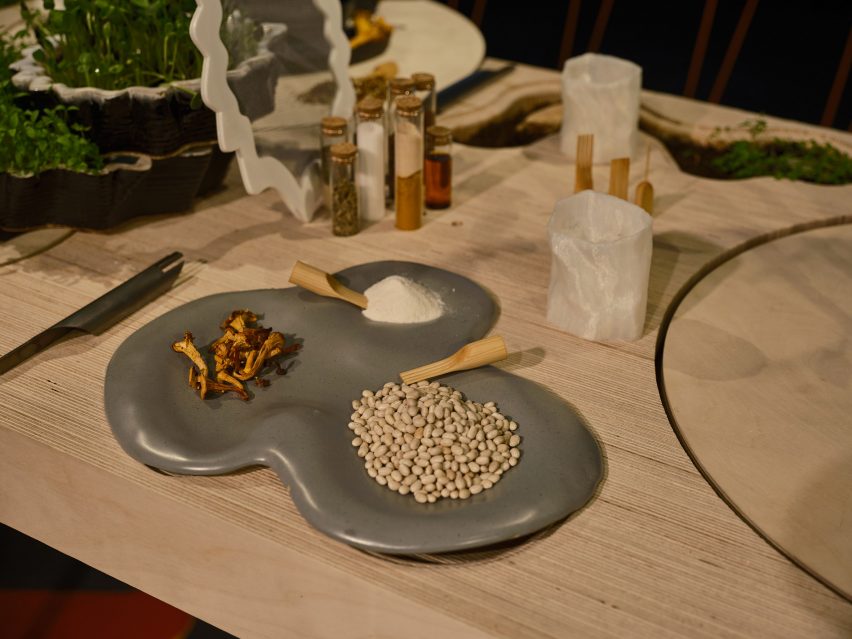
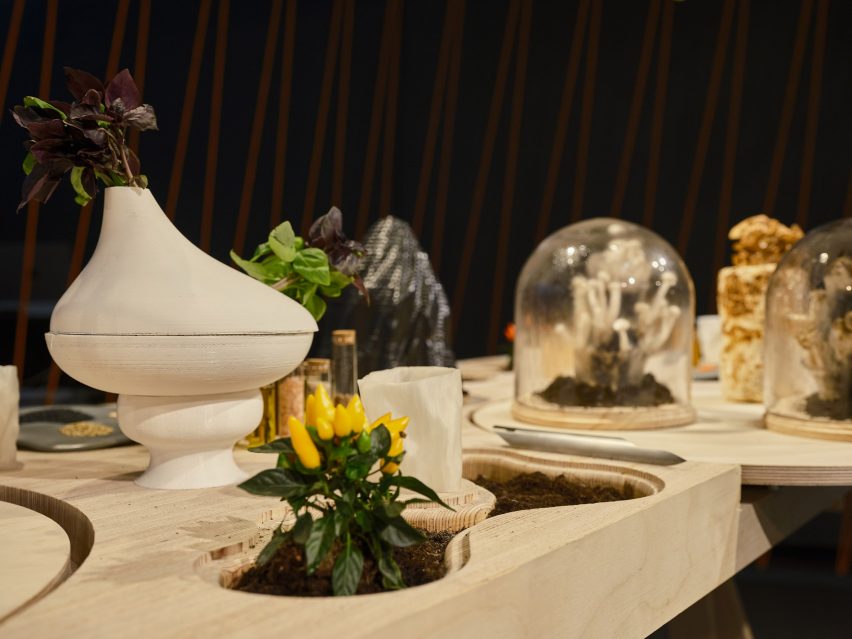
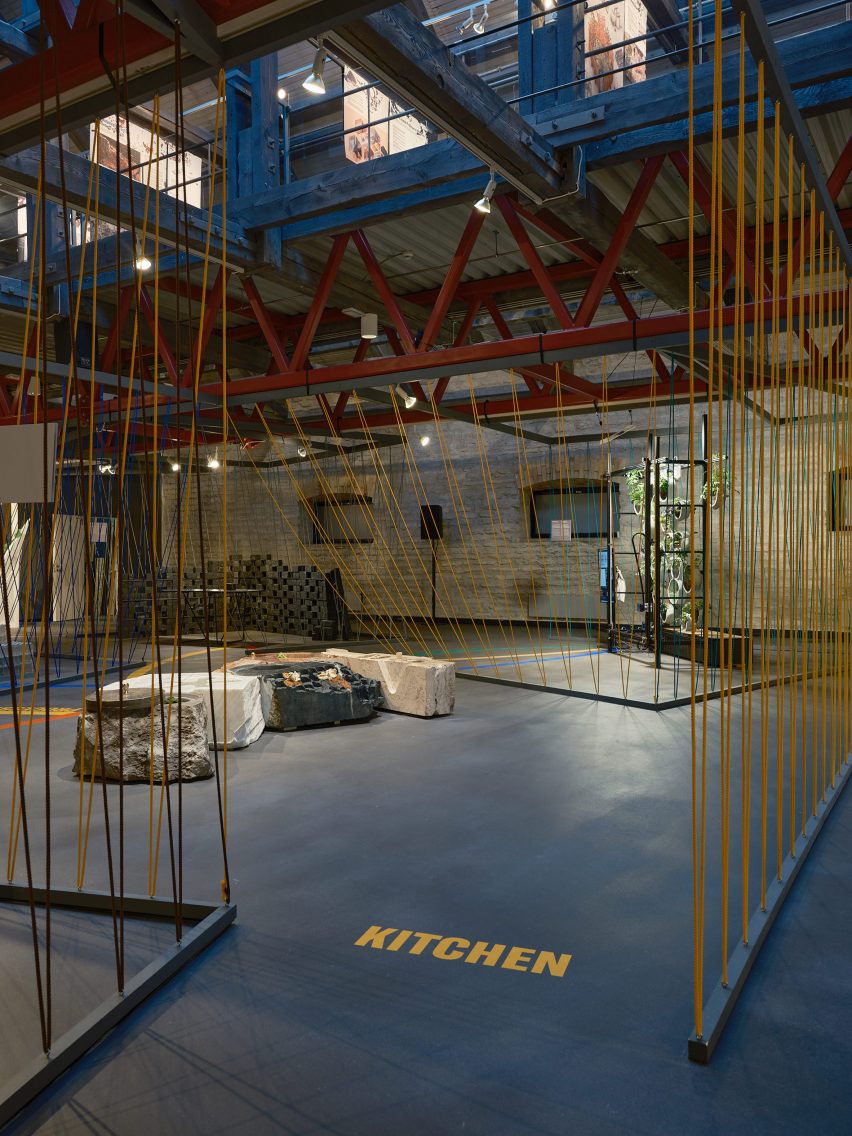
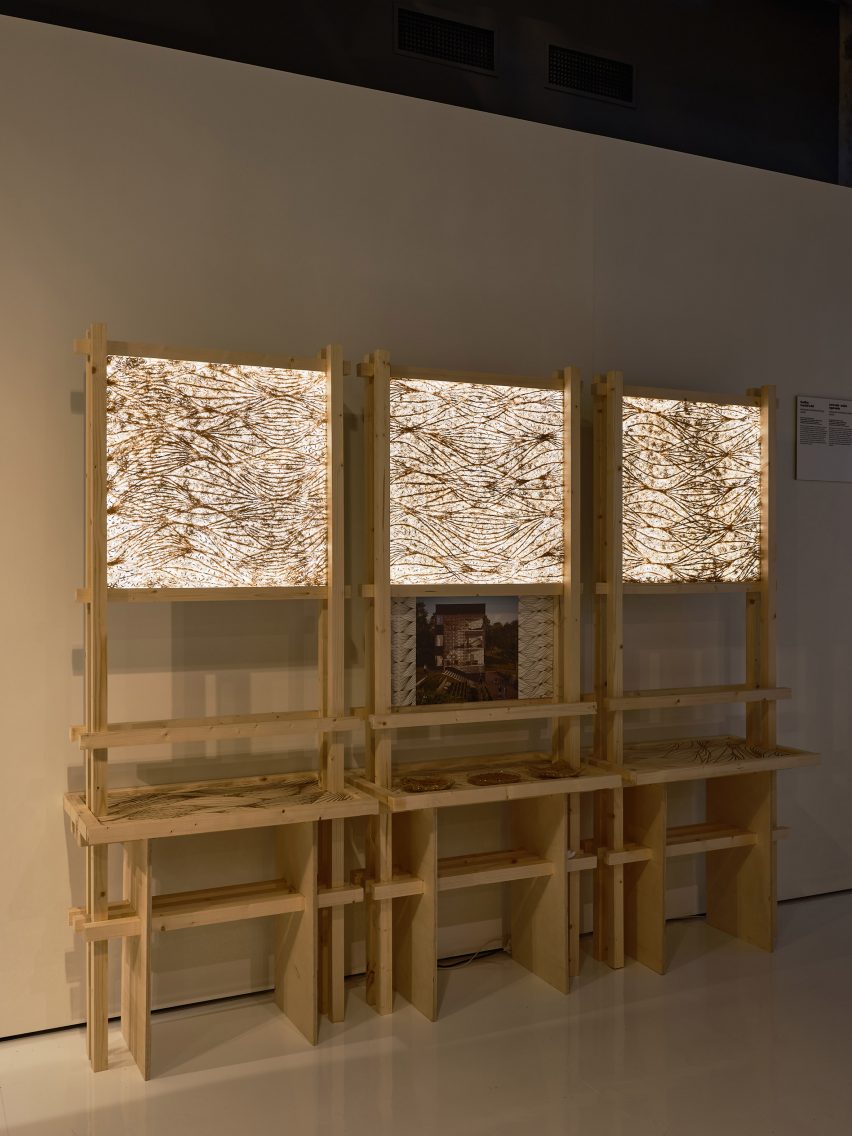
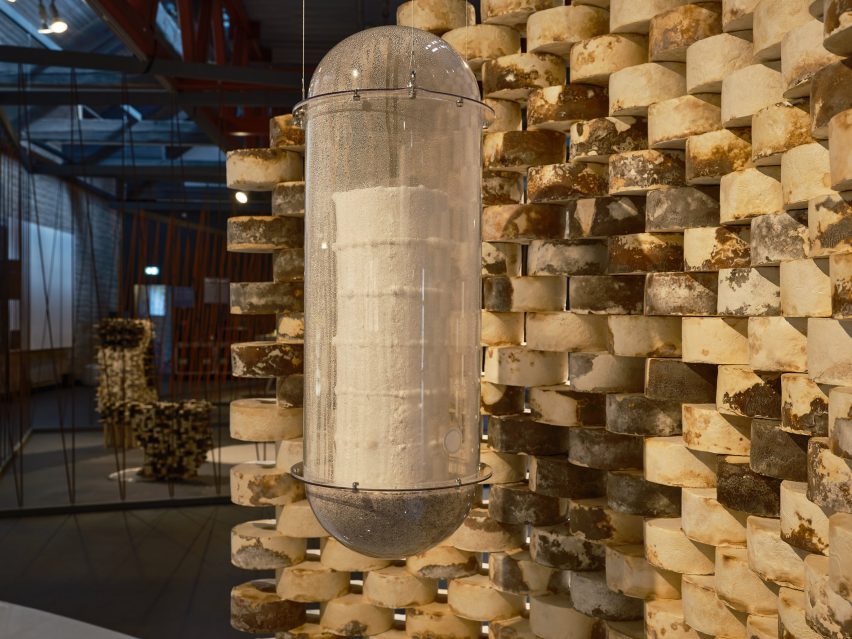
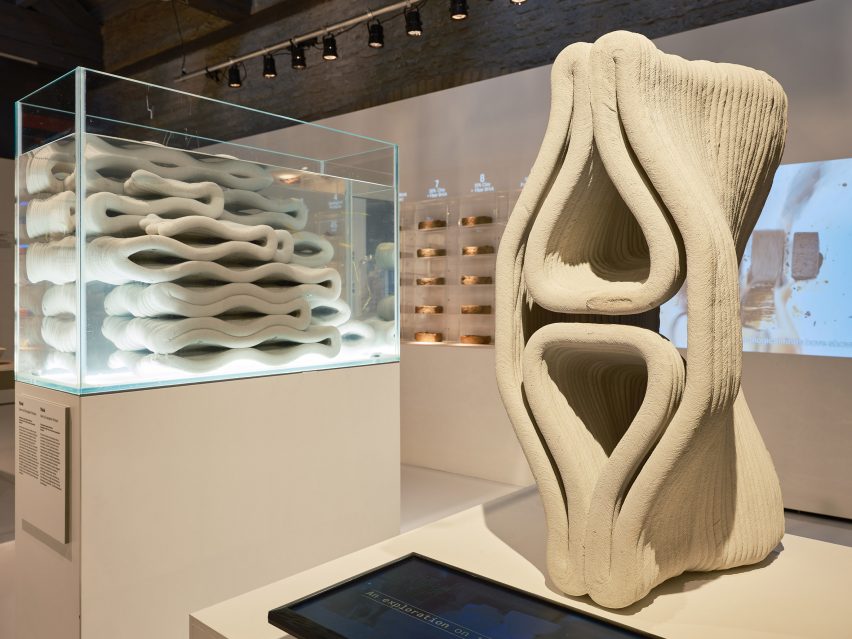
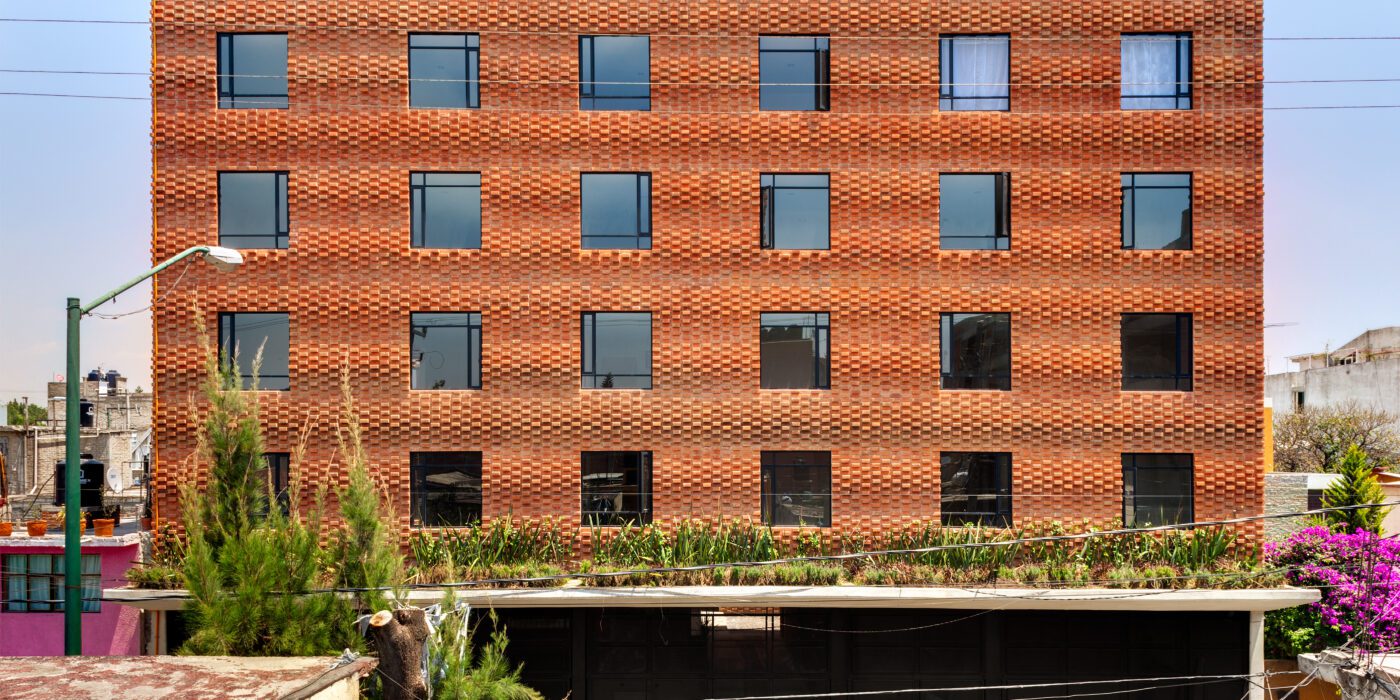
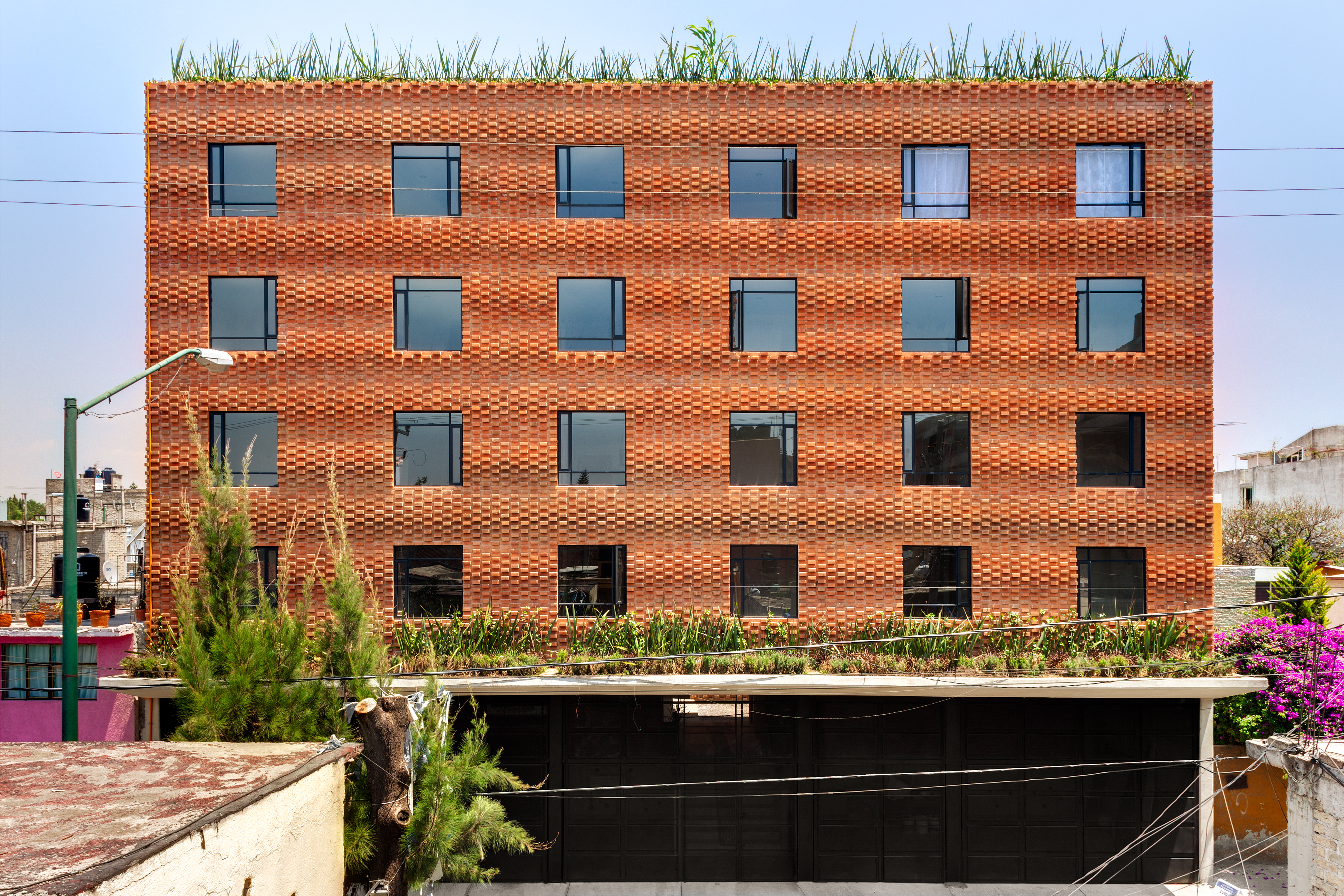
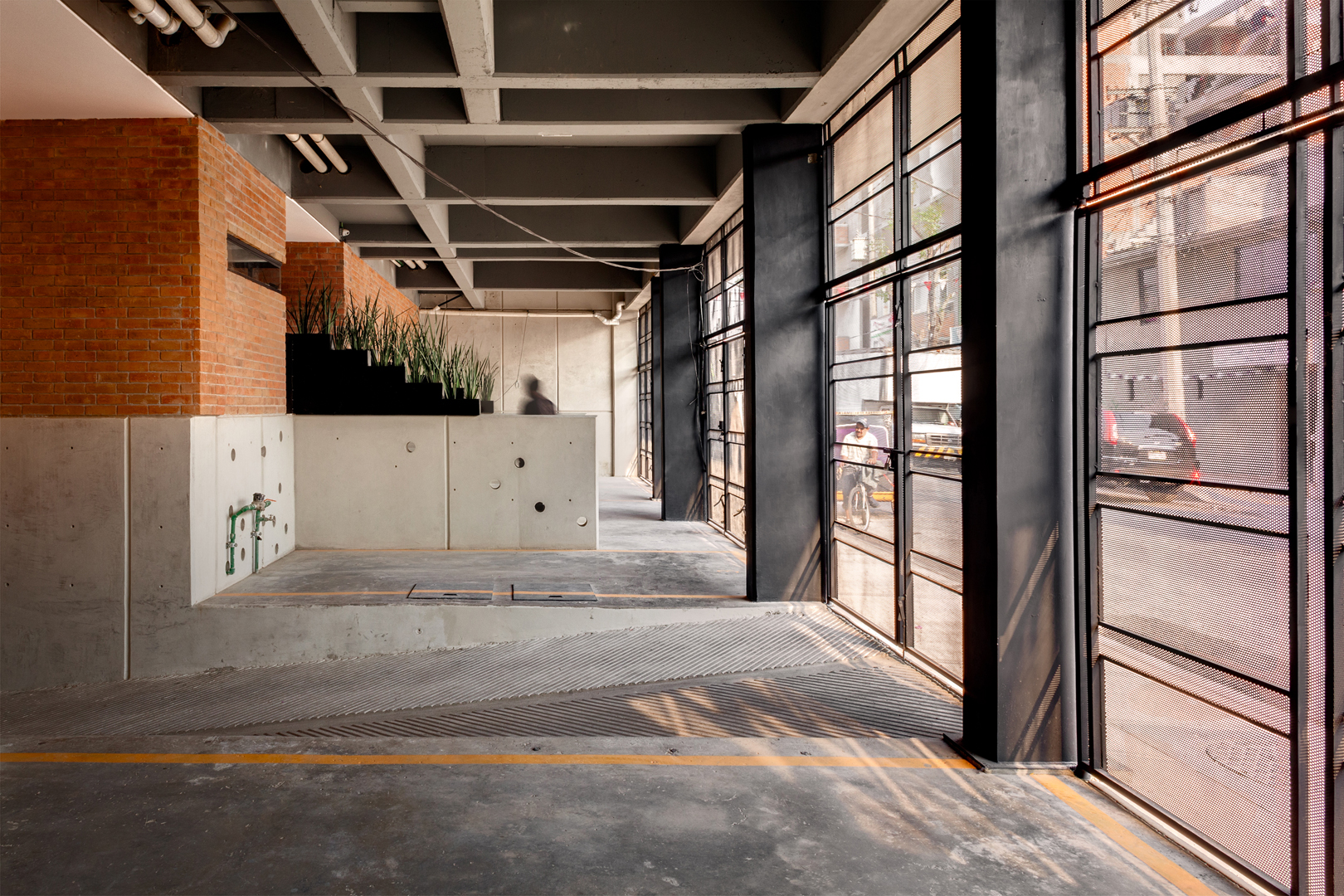 Addressing a high demand for social housing in Mexico City, this project is located on a rectangular plot with its shortest side facing the street. The 42 units are placed in three towers, generating interior courtyards for views and natural ventilation for each apartment, connecting them with vertical cores and bridges above the patios. The masonry brick walls play an important role on the project as they are part of the structure and re-interpret the traditional brick wall, blurring the boundary between structure and ornament. With the use of a single unit; red mud artisanal brick, the team was able to create walls that respond to light and shadow.
Addressing a high demand for social housing in Mexico City, this project is located on a rectangular plot with its shortest side facing the street. The 42 units are placed in three towers, generating interior courtyards for views and natural ventilation for each apartment, connecting them with vertical cores and bridges above the patios. The masonry brick walls play an important role on the project as they are part of the structure and re-interpret the traditional brick wall, blurring the boundary between structure and ornament. With the use of a single unit; red mud artisanal brick, the team was able to create walls that respond to light and shadow.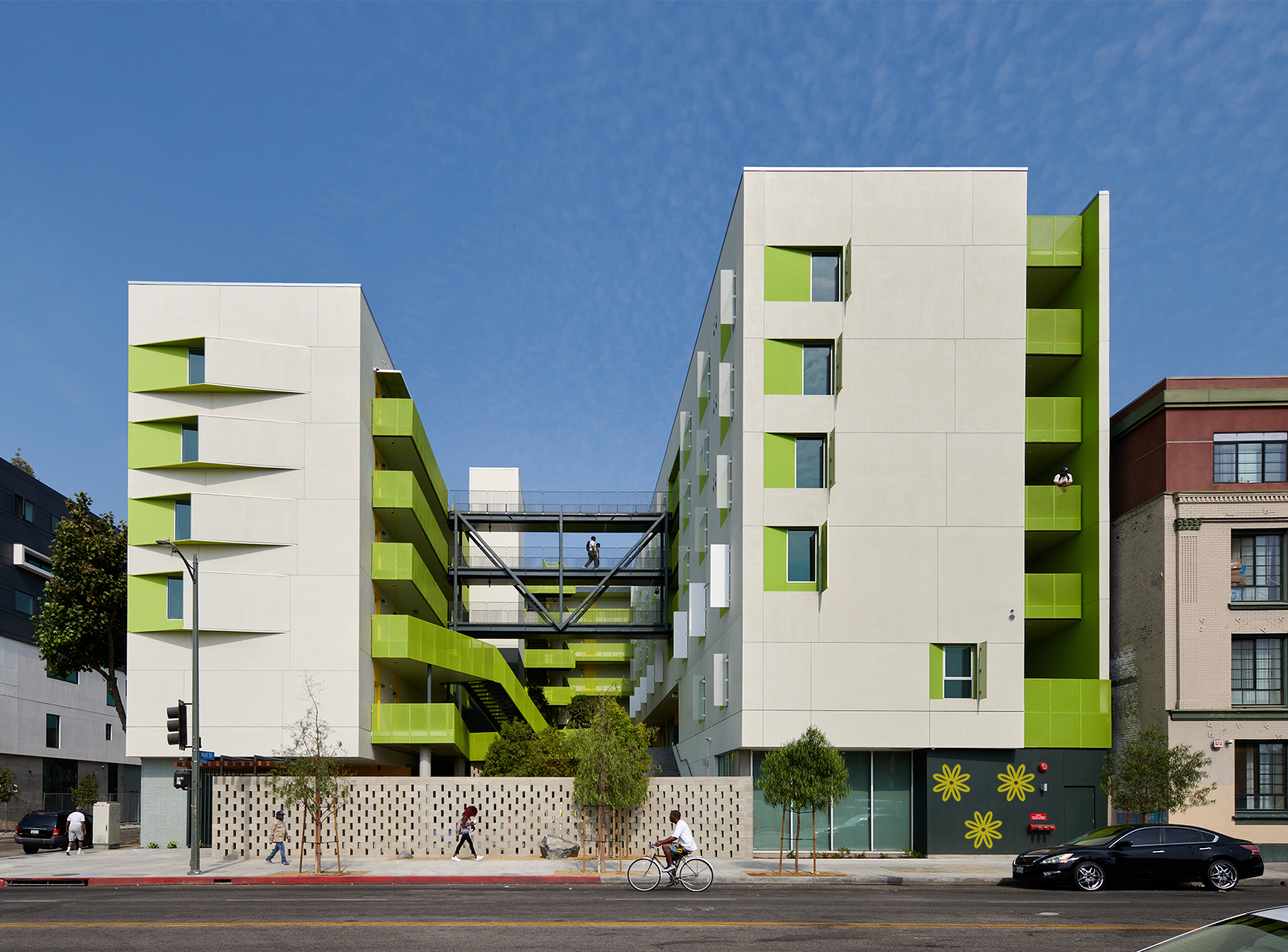
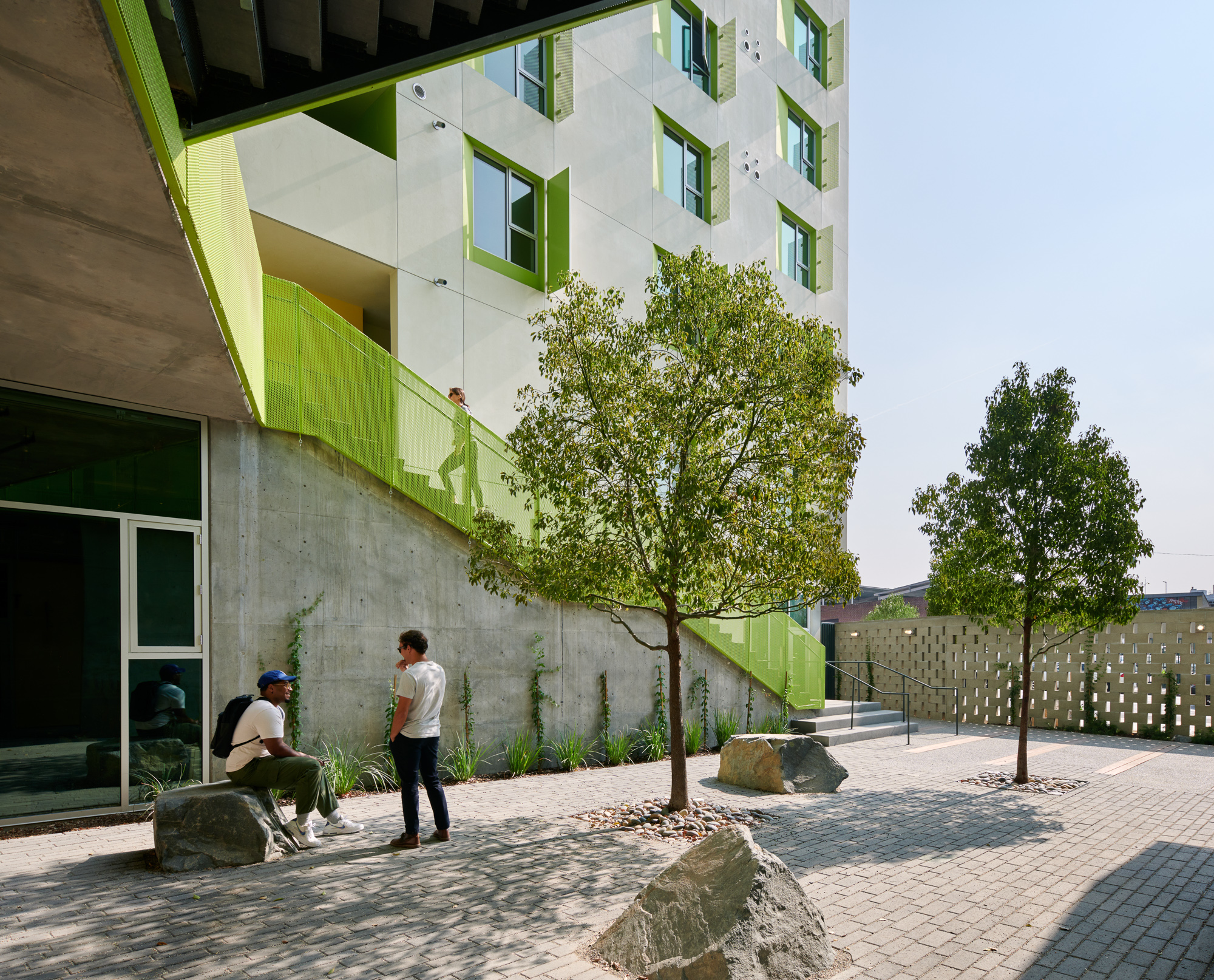 At the heart of the Flor project was an effort to try and stabilize the lives of people in the city. As permanent supportive housing, the project features large windows, units with a micro kitchen, and each with their own doorbell to reinforce a sense of respite and privacy. Tree-canopied courtyards and indoor and outdoor activity spaces encourage social interaction to add a sense of wellbeing and community.
At the heart of the Flor project was an effort to try and stabilize the lives of people in the city. As permanent supportive housing, the project features large windows, units with a micro kitchen, and each with their own doorbell to reinforce a sense of respite and privacy. Tree-canopied courtyards and indoor and outdoor activity spaces encourage social interaction to add a sense of wellbeing and community.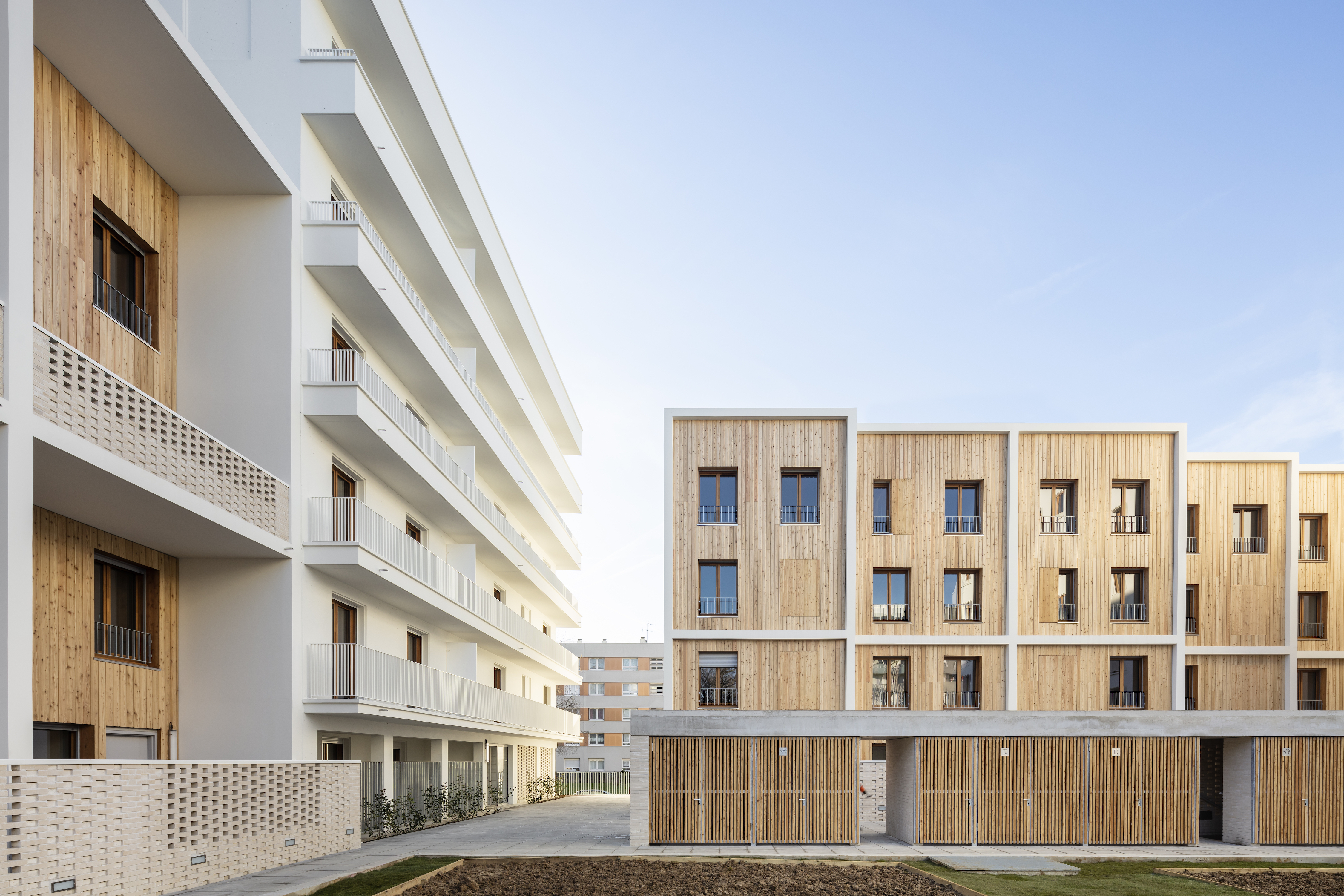
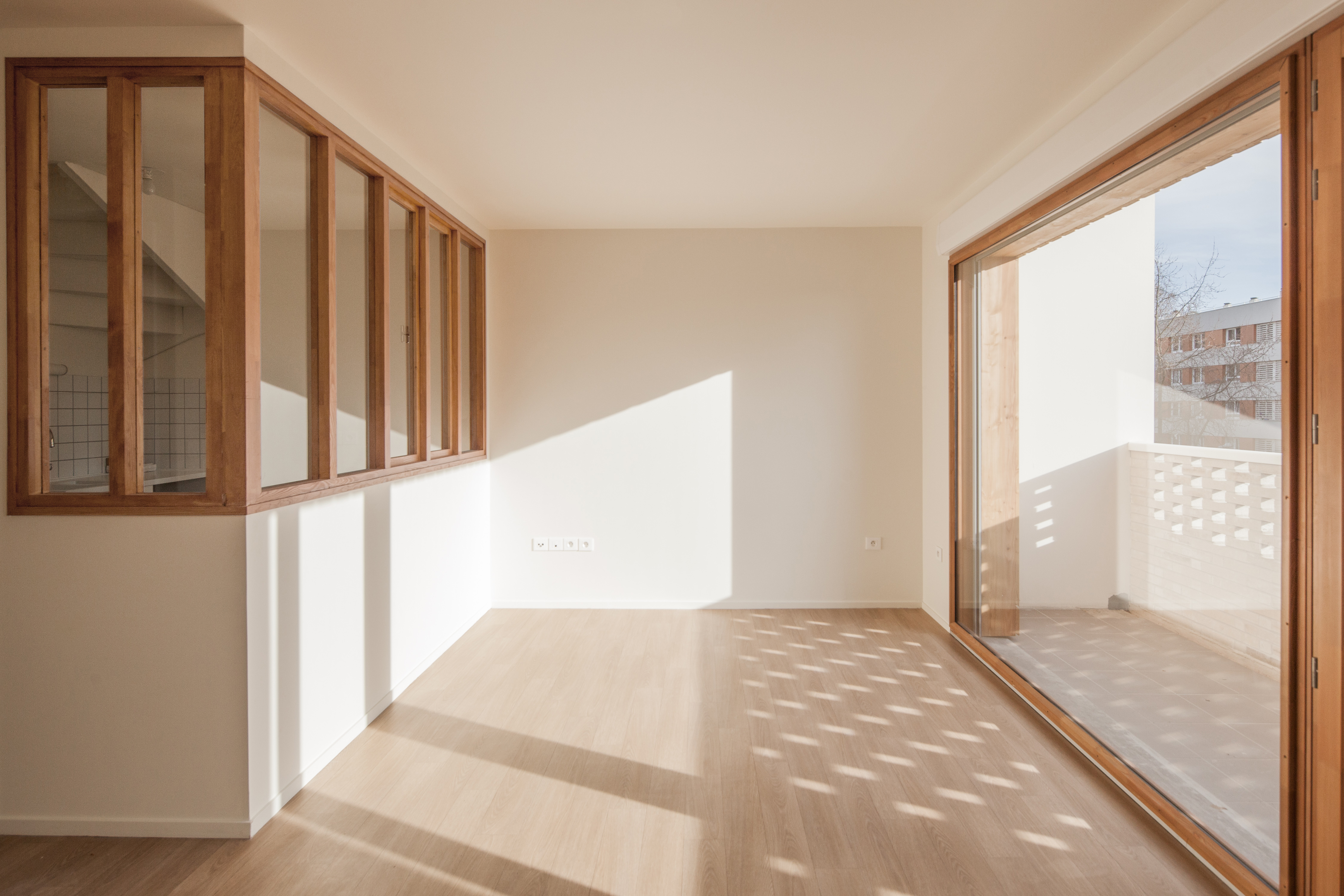 For La Courneuve, two buildings and 18 duplex units were designed to provide a diversity of housing. A meticulous architectural style contributes to the regeneration of the Cité des 4000. Built in 1956 by the Ville de Paris, this large-scale operation was designed as an estate composed of blocks sited alongside each other. This siting principle generated undefined and unused free spaces, preventing the appropriation of public spaces which are wasted. The regeneration aimed to suppress the effect of uniform and impersonal blocks to give, once again, meaning to the public space with a true landscape and human dimension. The proposal gives a new identity to the neighborhood while integrating this diversity previously missing at all scales of the project.
For La Courneuve, two buildings and 18 duplex units were designed to provide a diversity of housing. A meticulous architectural style contributes to the regeneration of the Cité des 4000. Built in 1956 by the Ville de Paris, this large-scale operation was designed as an estate composed of blocks sited alongside each other. This siting principle generated undefined and unused free spaces, preventing the appropriation of public spaces which are wasted. The regeneration aimed to suppress the effect of uniform and impersonal blocks to give, once again, meaning to the public space with a true landscape and human dimension. The proposal gives a new identity to the neighborhood while integrating this diversity previously missing at all scales of the project.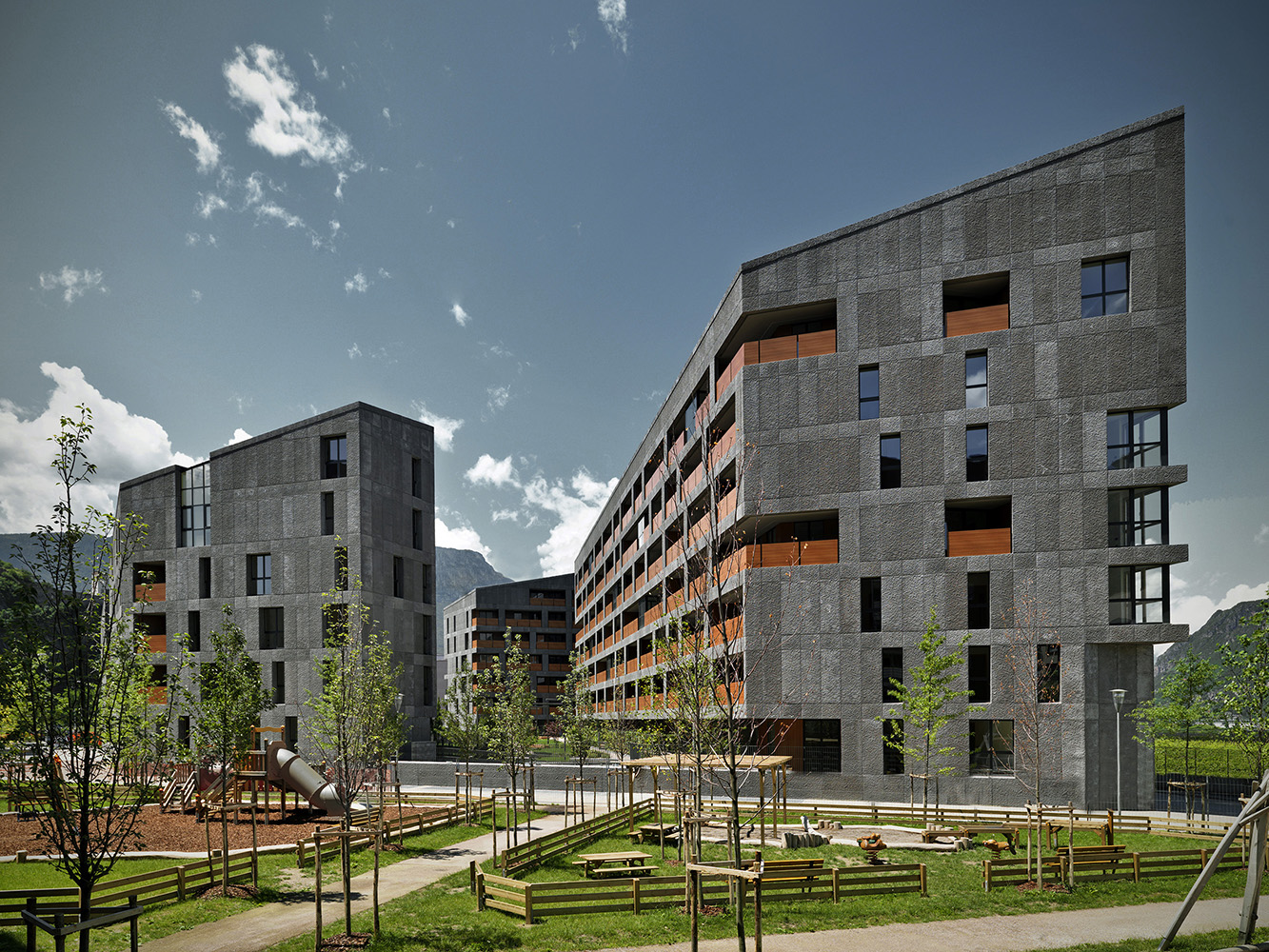
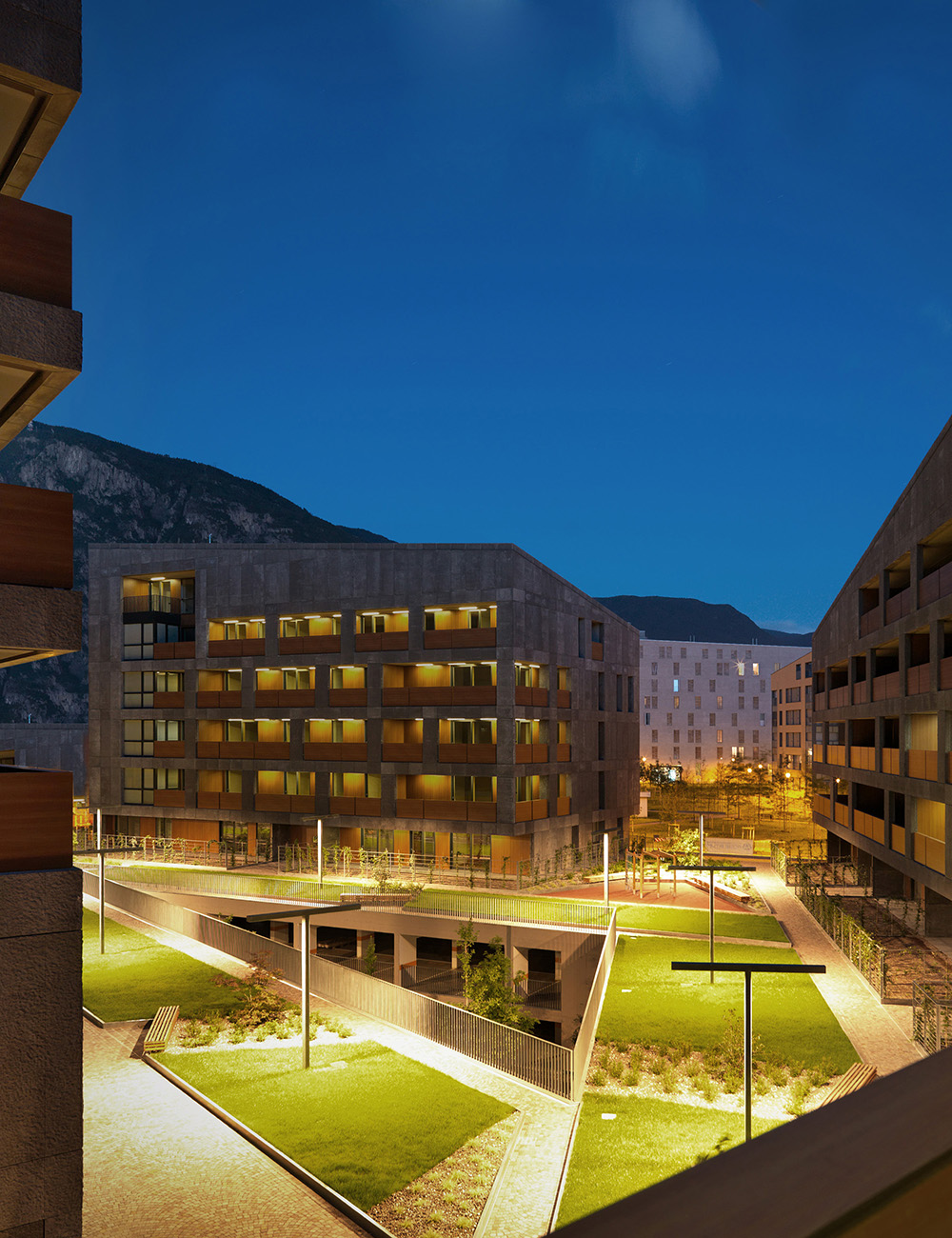 CasaNova was an exploration that began with a competition publicly announced by the Social Housing Institute based on a Detailed Plan for the residential expansion. This is a tool the municipal administration had to face the need of social housing with a settlement pattern clearly recognizable in the peripheral context. The plan provided the creation of blocks, the “castles”, made of three to four buildings located around an open tree lined court. Following the numerous plan restrictions, the building emphasizes the unity of the plot by working on the concept of block and by identifying a single kind of construction for the front.
CasaNova was an exploration that began with a competition publicly announced by the Social Housing Institute based on a Detailed Plan for the residential expansion. This is a tool the municipal administration had to face the need of social housing with a settlement pattern clearly recognizable in the peripheral context. The plan provided the creation of blocks, the “castles”, made of three to four buildings located around an open tree lined court. Following the numerous plan restrictions, the building emphasizes the unity of the plot by working on the concept of block and by identifying a single kind of construction for the front.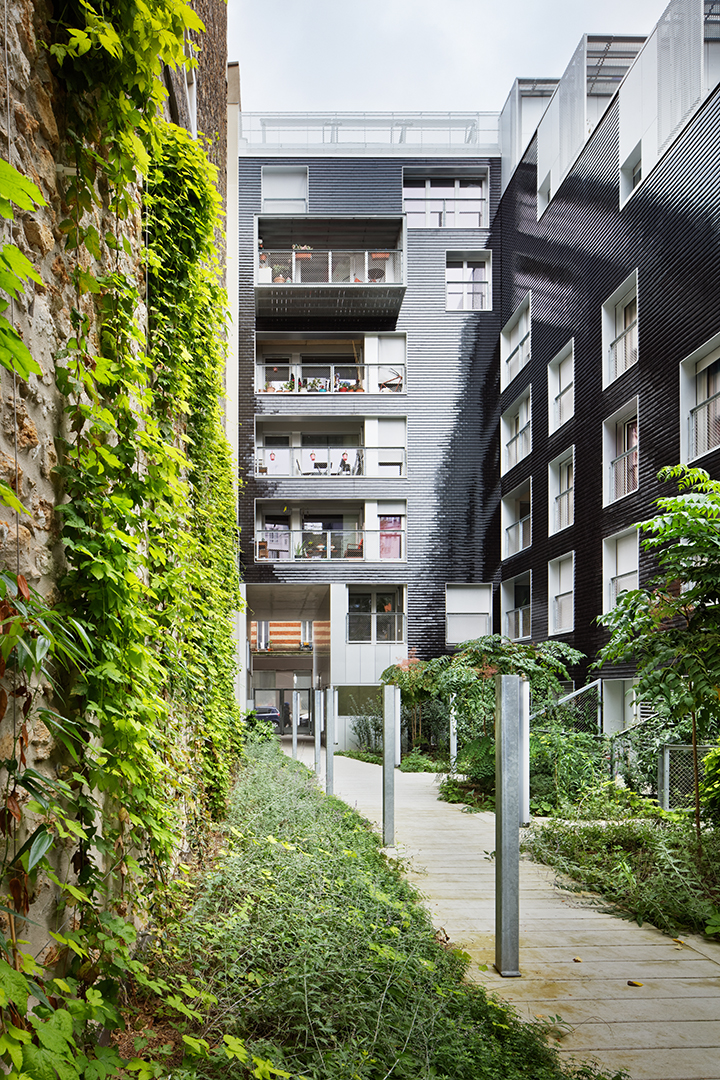
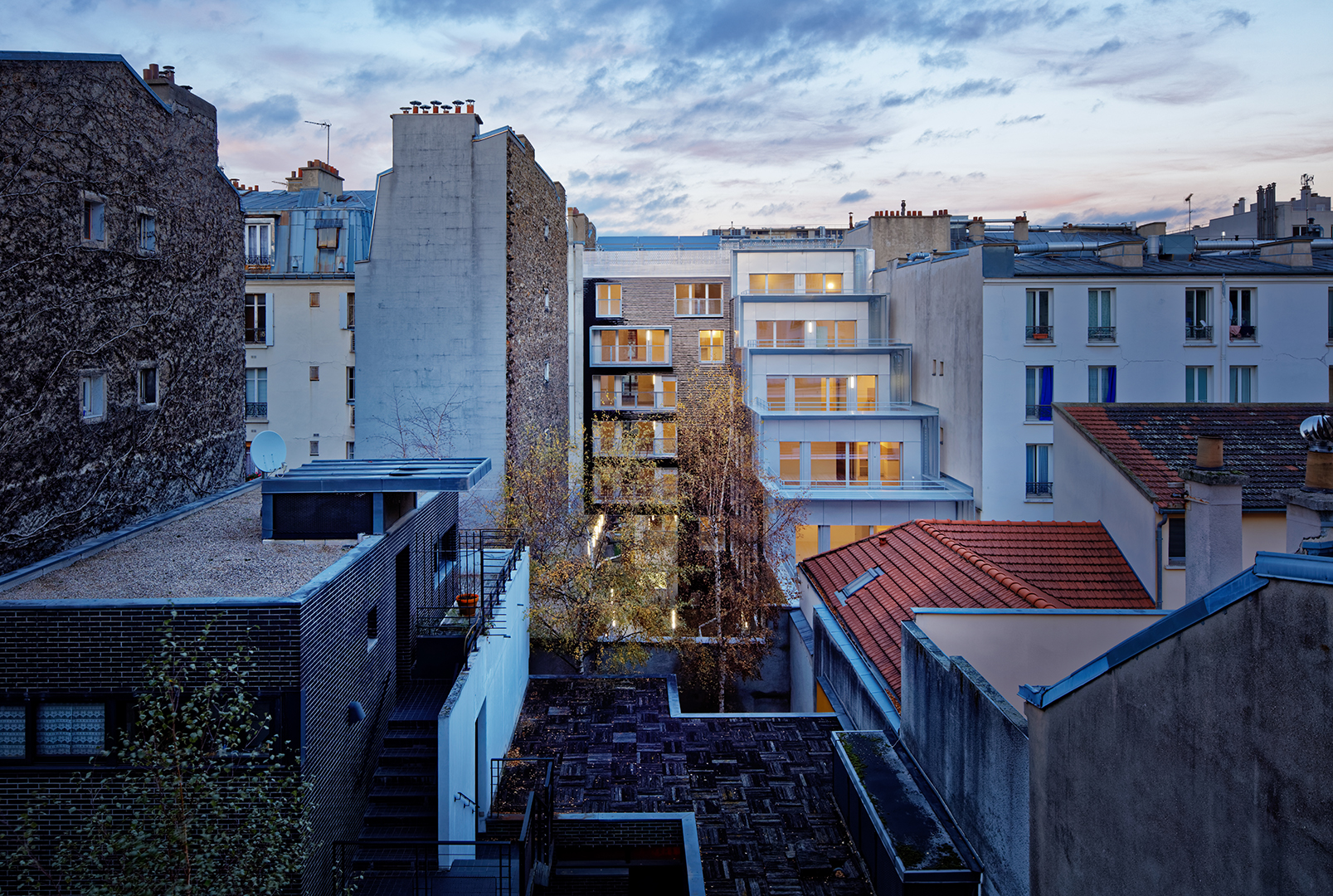 For this innovative project in Paris, the team wanted to embrace the neighborhood. Close to avenue de Flandre and just a stone’s throw from the canal de l’Ourcq, rue de Nantes is a fairly traditional Parisian street of Haussmann and inner-suburb buildings. The project gently inserts itself into a narrow parcel bordered by dense, adjoining housing. On the street side, it extends the building streetscape in a simple manner. On the garden side, the staggering from the 1st to the 6th floors creates large, private, south-facing terraces and allows for an unencumbered view of the sky. The “L” shape and the general volumetrics allowed for the creation of a true, collective garden at the ground level, planted with tall trees.
For this innovative project in Paris, the team wanted to embrace the neighborhood. Close to avenue de Flandre and just a stone’s throw from the canal de l’Ourcq, rue de Nantes is a fairly traditional Parisian street of Haussmann and inner-suburb buildings. The project gently inserts itself into a narrow parcel bordered by dense, adjoining housing. On the street side, it extends the building streetscape in a simple manner. On the garden side, the staggering from the 1st to the 6th floors creates large, private, south-facing terraces and allows for an unencumbered view of the sky. The “L” shape and the general volumetrics allowed for the creation of a true, collective garden at the ground level, planted with tall trees.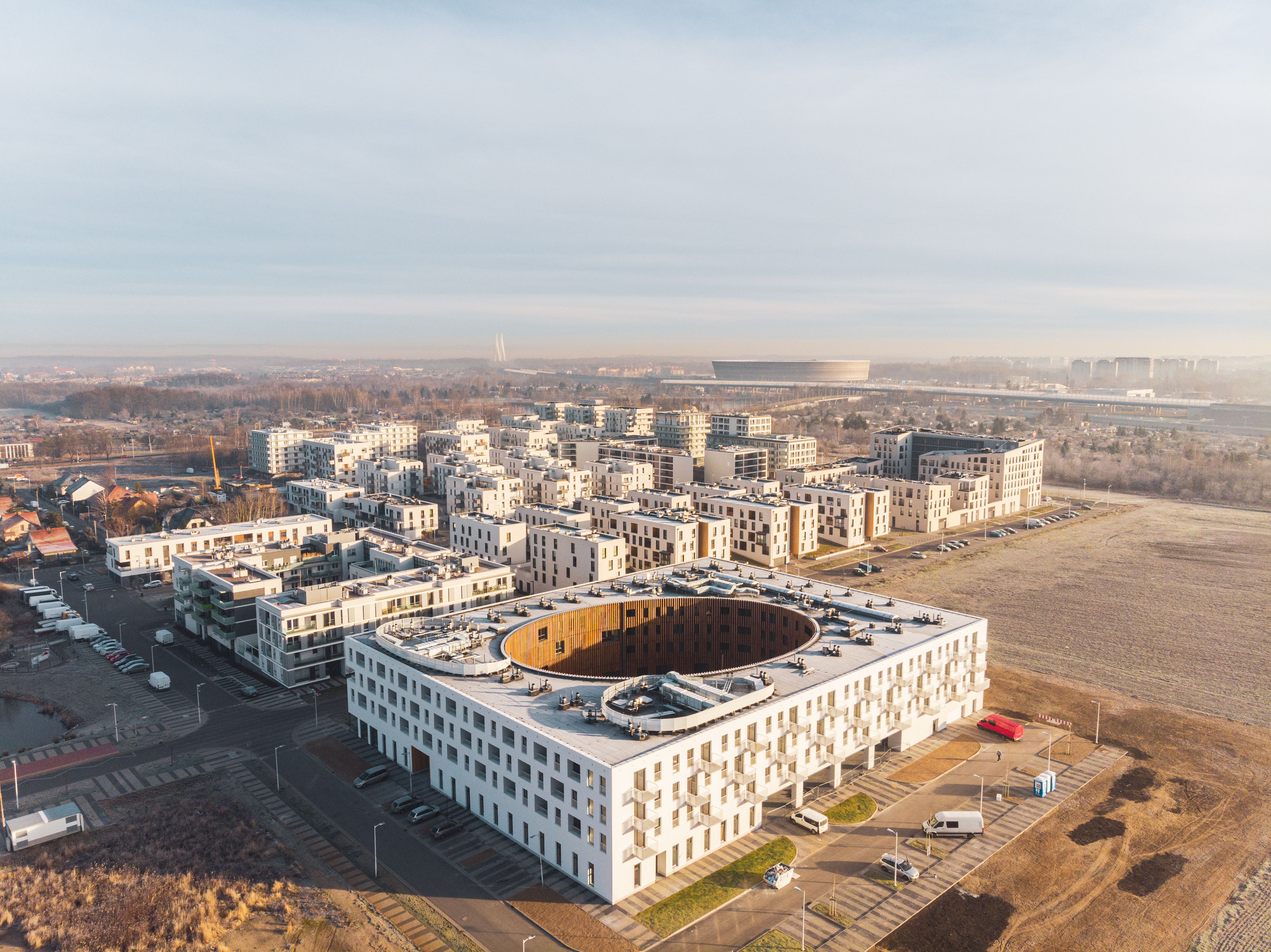
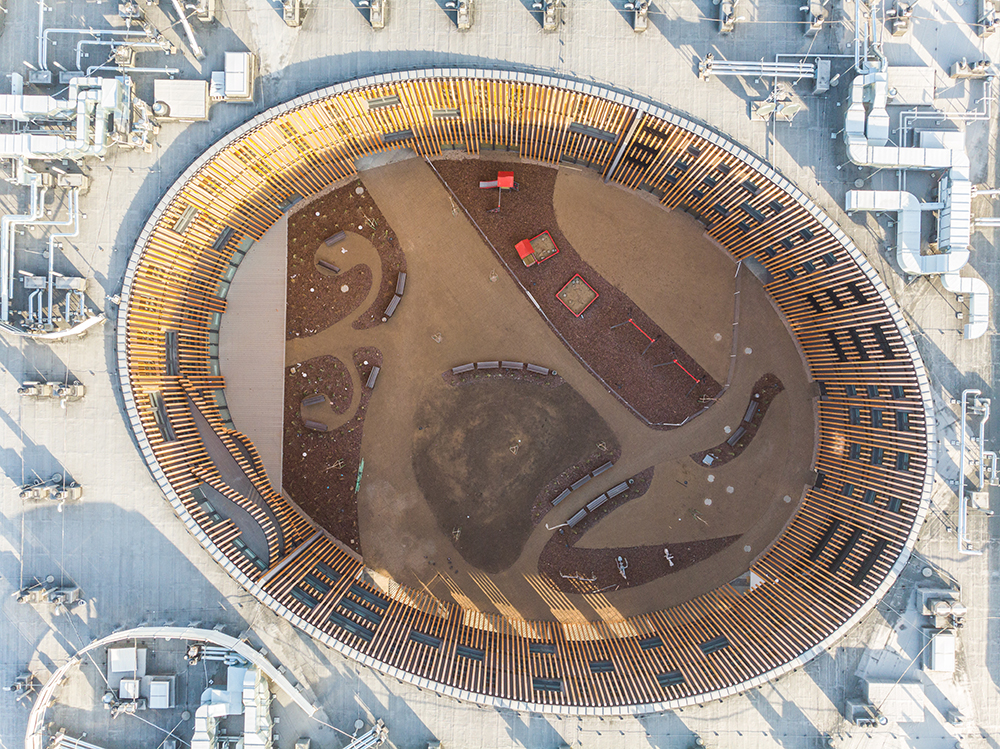 Looking to the future, multigenerational house is a social housing located in Wrocław, Poland. The building design combines three functions for three generations: flats with a care service for the elderly and the people with disabilities, flats for rent dedicated for the young and families, and a nursery school on the ground floor. House generates 117 apartments with different typologies. The building is part of the model housing estate Nowe Żerniki, where local architects collectively tried to respond to the growing housing problems and poor spatial quality. One of the initial assumptions of the project was to create a facility conducive to the integration of all its residents and users, so the multigenerational house was designed as a quarter.
Looking to the future, multigenerational house is a social housing located in Wrocław, Poland. The building design combines three functions for three generations: flats with a care service for the elderly and the people with disabilities, flats for rent dedicated for the young and families, and a nursery school on the ground floor. House generates 117 apartments with different typologies. The building is part of the model housing estate Nowe Żerniki, where local architects collectively tried to respond to the growing housing problems and poor spatial quality. One of the initial assumptions of the project was to create a facility conducive to the integration of all its residents and users, so the multigenerational house was designed as a quarter.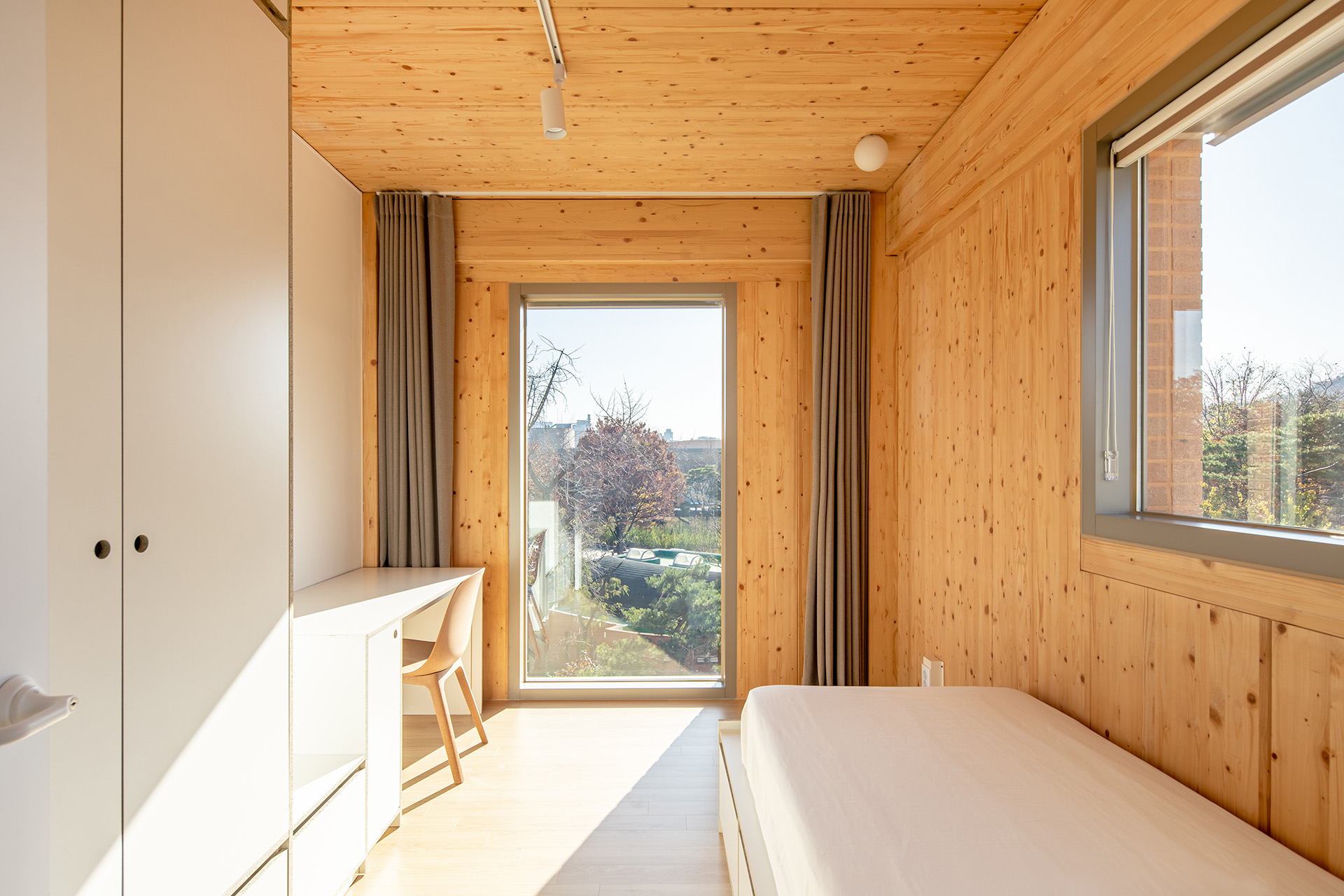
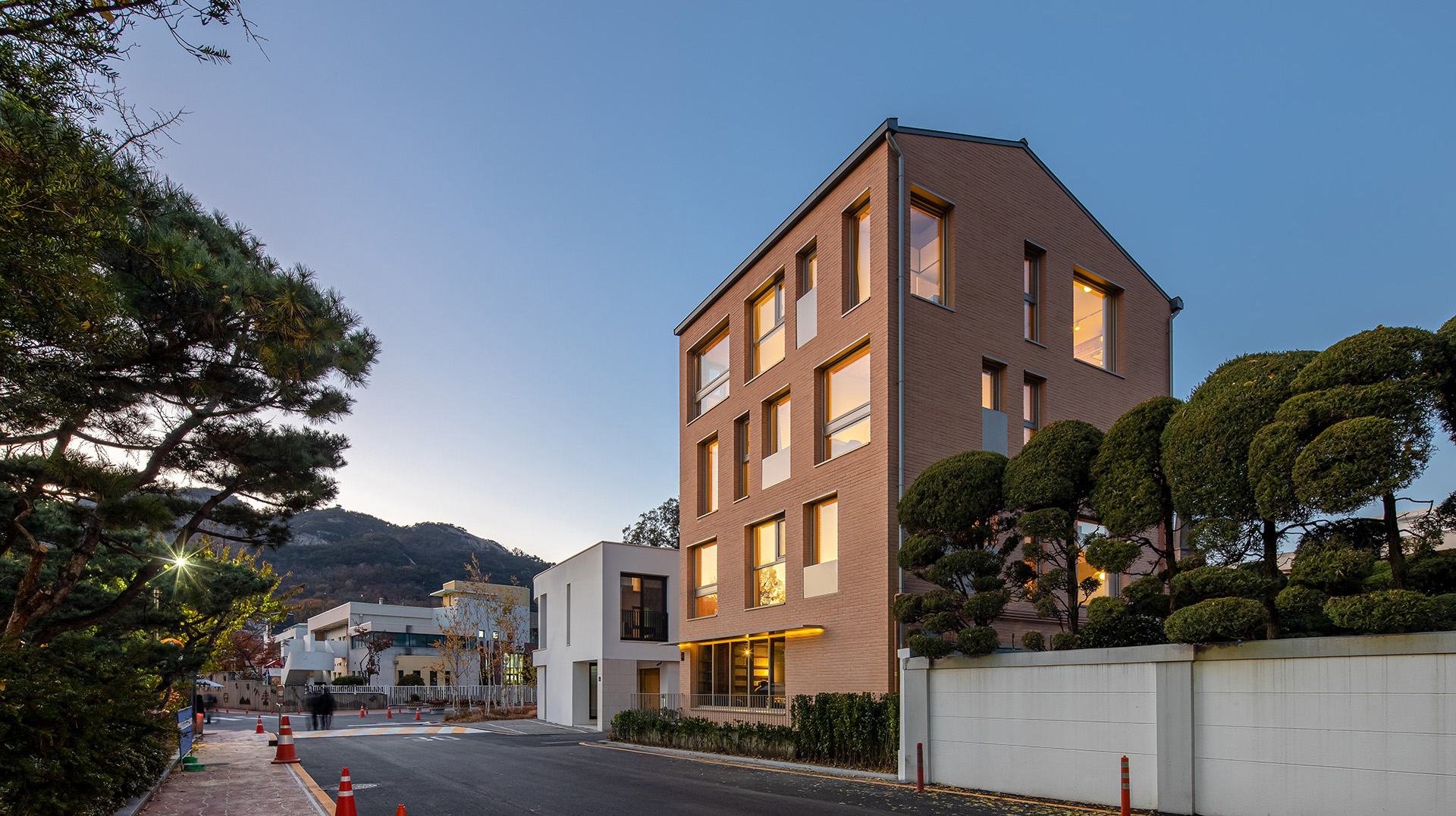 The ‘”Gungjeong Social Housing’ project was carried out for a new residential space experiment for the millennial generation of Korean society. For the younger generation in Korea, residential space is turning into a private space and, at the same time, a community space in loosely solidarity with people of similar tastes. They are seeking the possibility of living and sharing various convenient spaces together because of the expensive housing costs in Seoul. In this project, community lounge cafes will be planned for use by residents on the first and second floors, while the remaining three floors will have a shared house that can accommodate a total of 11 people. Four people reside on each floor, and there is a shared kitchen with a high ceiling on the top floor.
The ‘”Gungjeong Social Housing’ project was carried out for a new residential space experiment for the millennial generation of Korean society. For the younger generation in Korea, residential space is turning into a private space and, at the same time, a community space in loosely solidarity with people of similar tastes. They are seeking the possibility of living and sharing various convenient spaces together because of the expensive housing costs in Seoul. In this project, community lounge cafes will be planned for use by residents on the first and second floors, while the remaining three floors will have a shared house that can accommodate a total of 11 people. Four people reside on each floor, and there is a shared kitchen with a high ceiling on the top floor.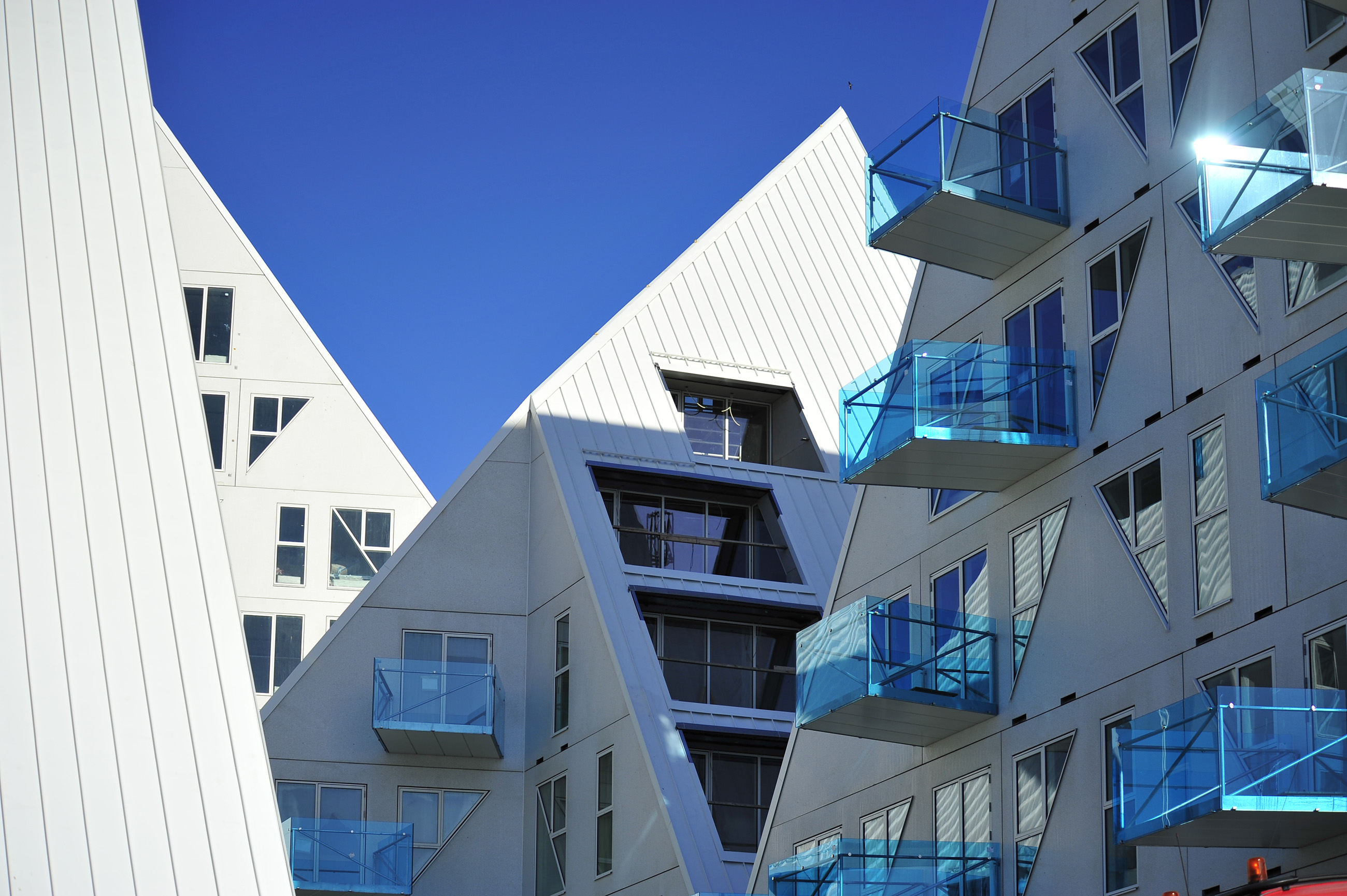
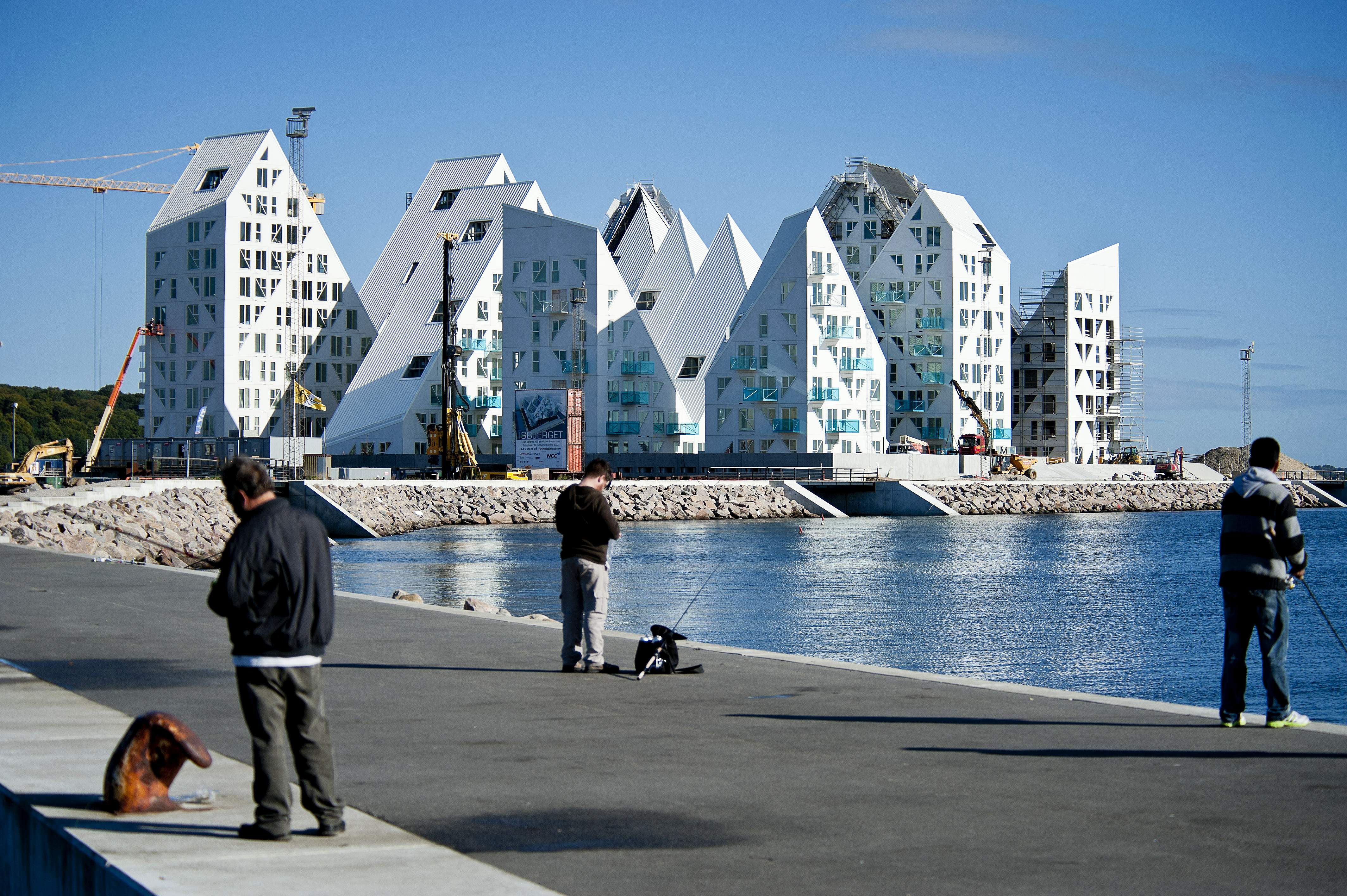 Creating a new urban model, the Iceberg development aimed to create an opportunity for Denmark’s second largest city to develop in a socially sustainable way by renovating its old, out-of-use container terminal. Looking to the future while creating a distinct district, the area is comprised of a multitude of cultural and social activities, a generous amount of workplaces, and a highly mixed and diverse array of housing types. The Iceberg Project was designed to work within the goals of the overall city development. A third of the project’s 200 apartments are set aside as affordable rental housing, aimed at integrating a diverse social profile into the new neighborhood development.
Creating a new urban model, the Iceberg development aimed to create an opportunity for Denmark’s second largest city to develop in a socially sustainable way by renovating its old, out-of-use container terminal. Looking to the future while creating a distinct district, the area is comprised of a multitude of cultural and social activities, a generous amount of workplaces, and a highly mixed and diverse array of housing types. The Iceberg Project was designed to work within the goals of the overall city development. A third of the project’s 200 apartments are set aside as affordable rental housing, aimed at integrating a diverse social profile into the new neighborhood development.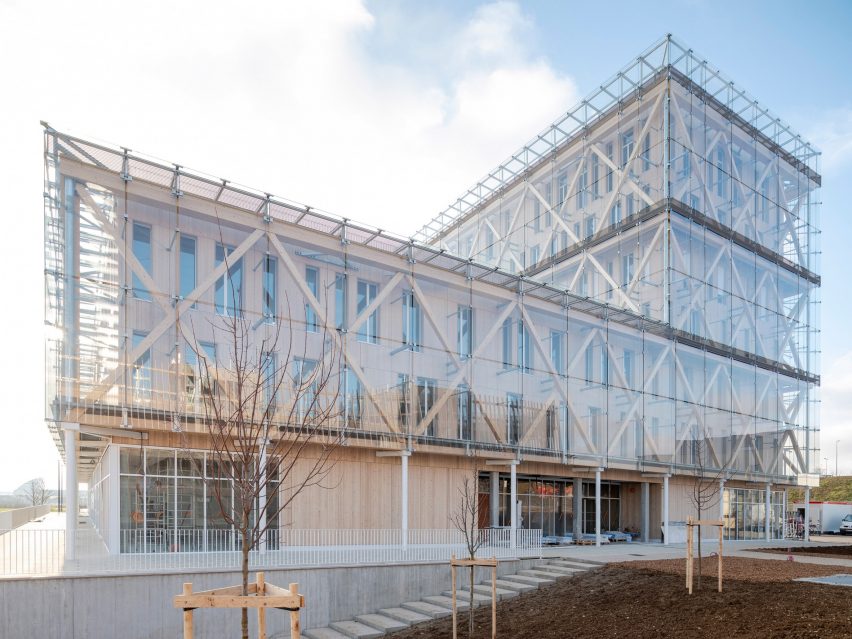
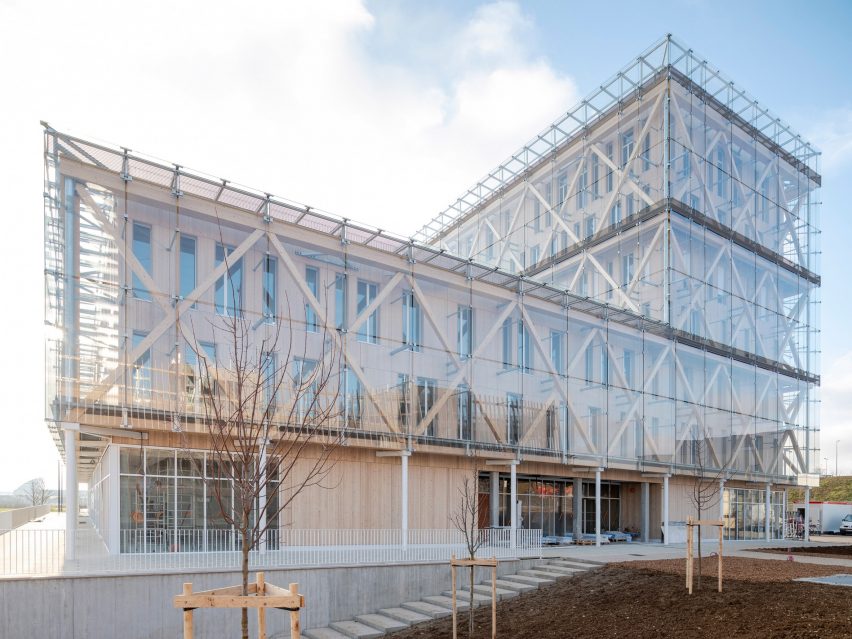
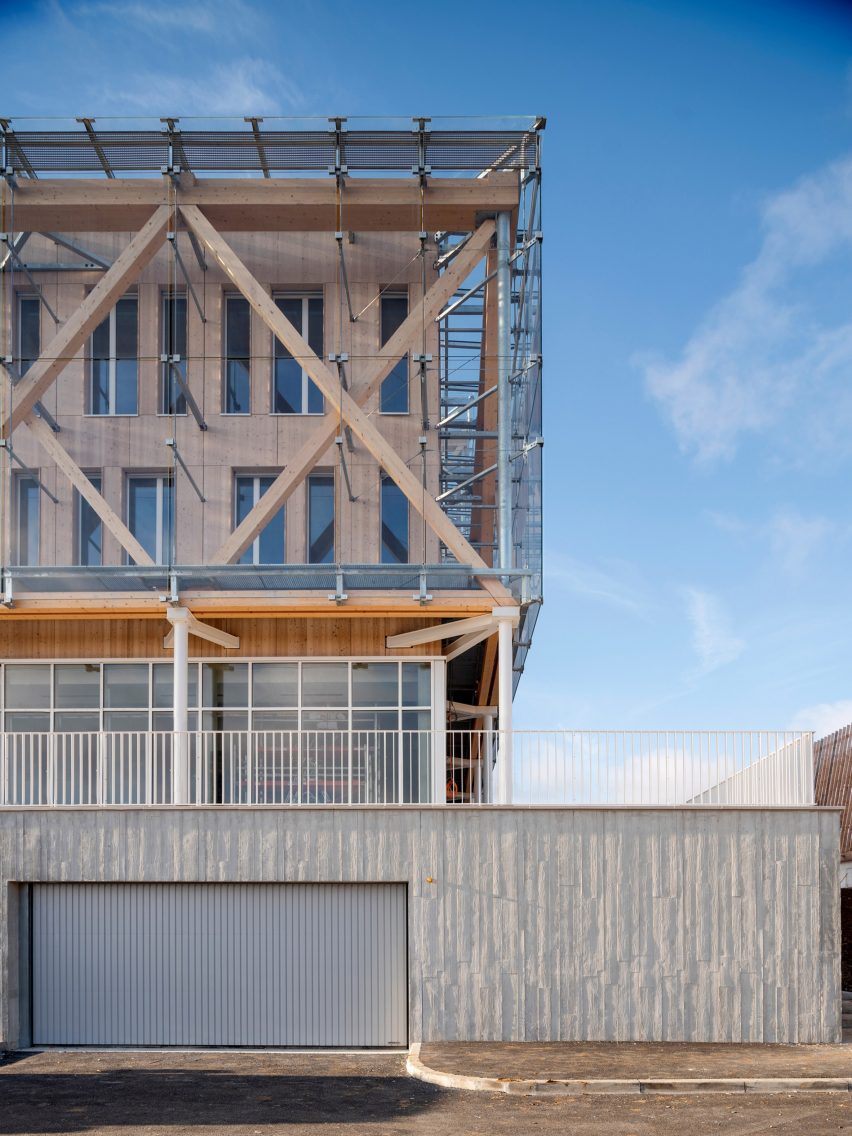
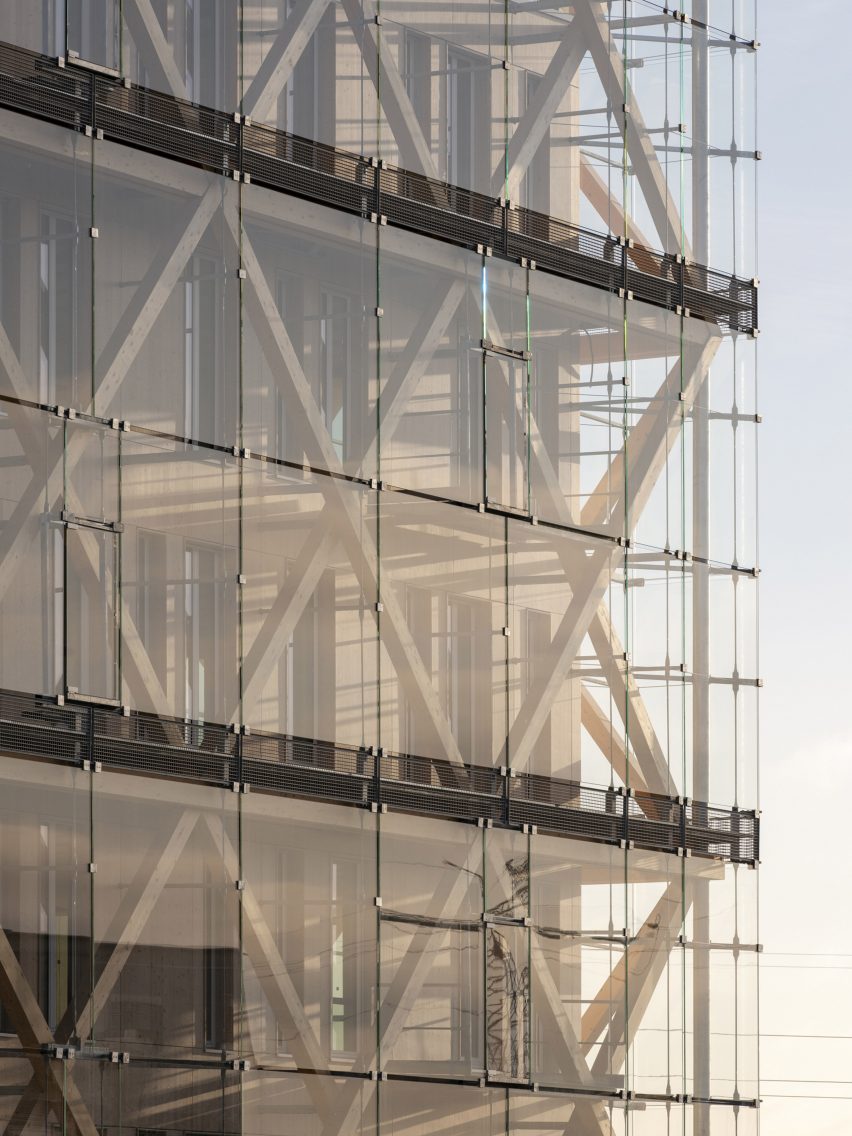
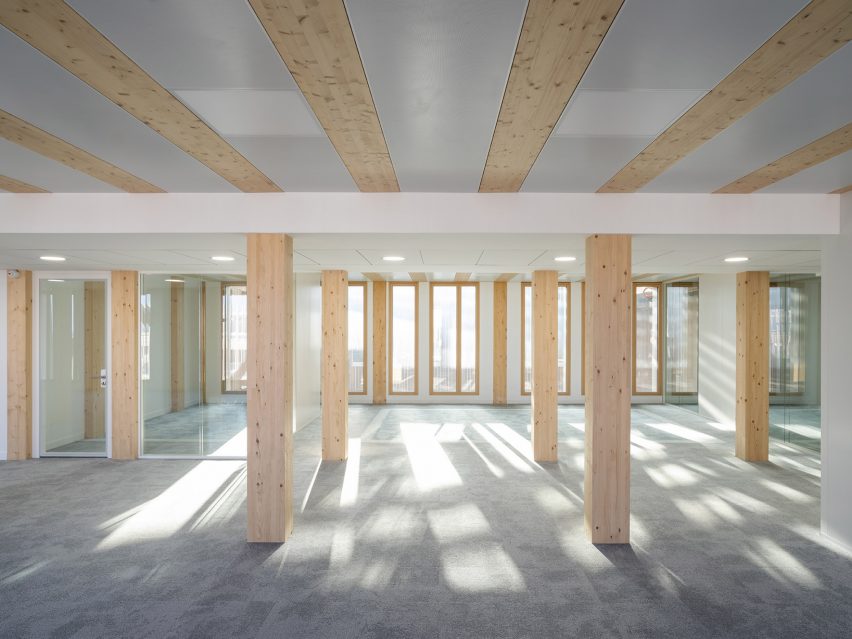
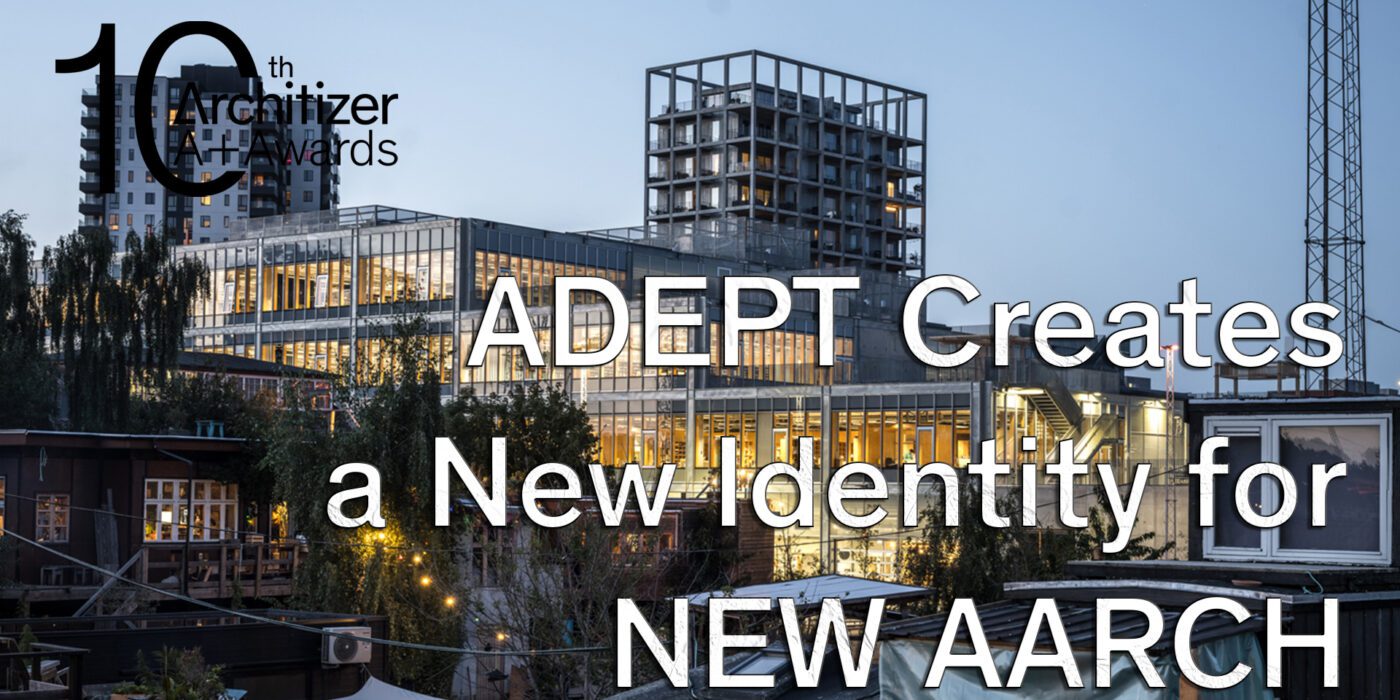
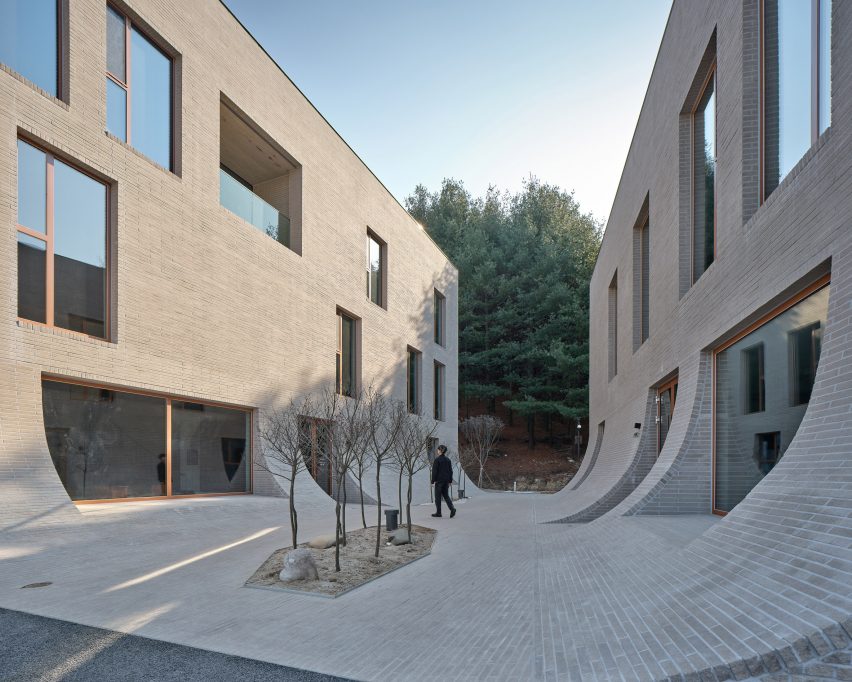
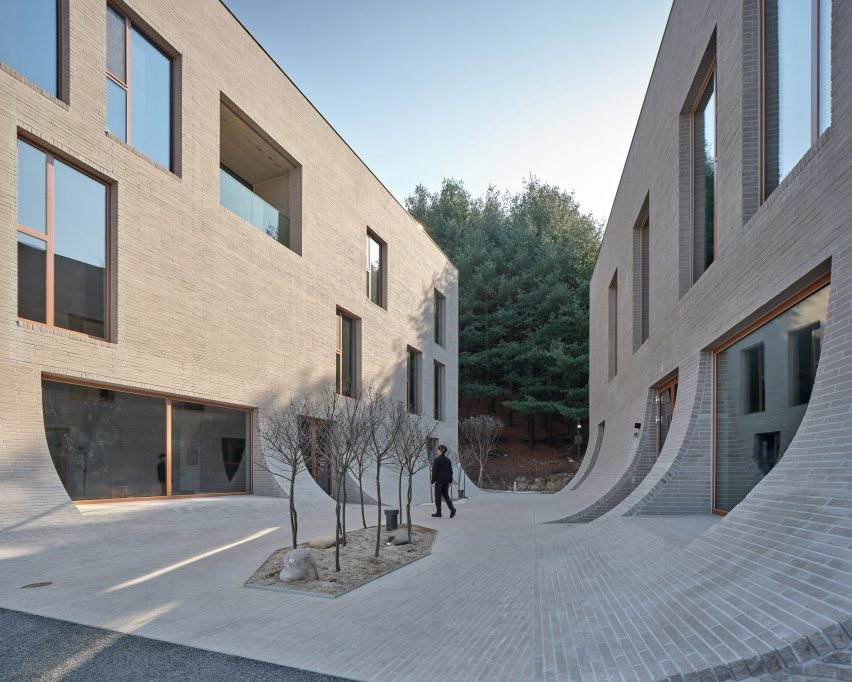
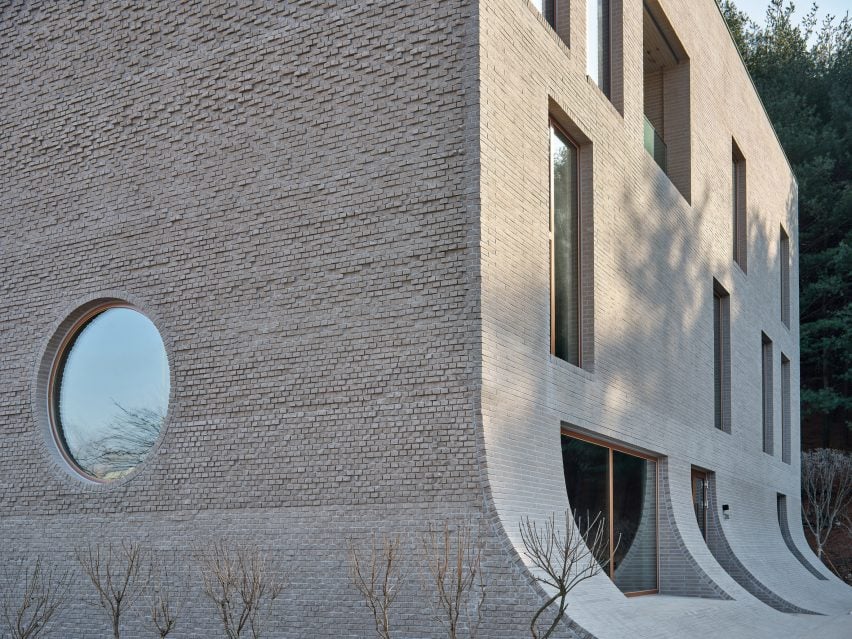
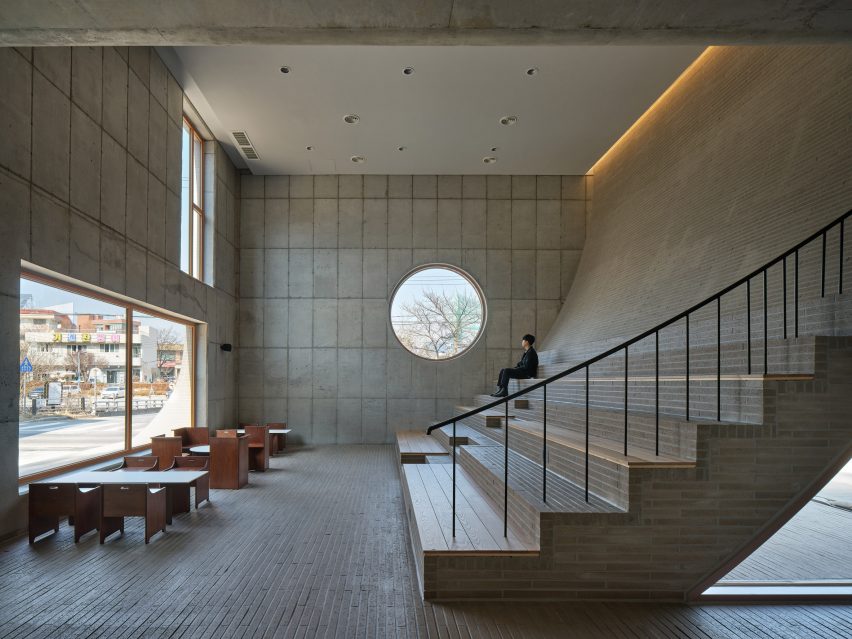
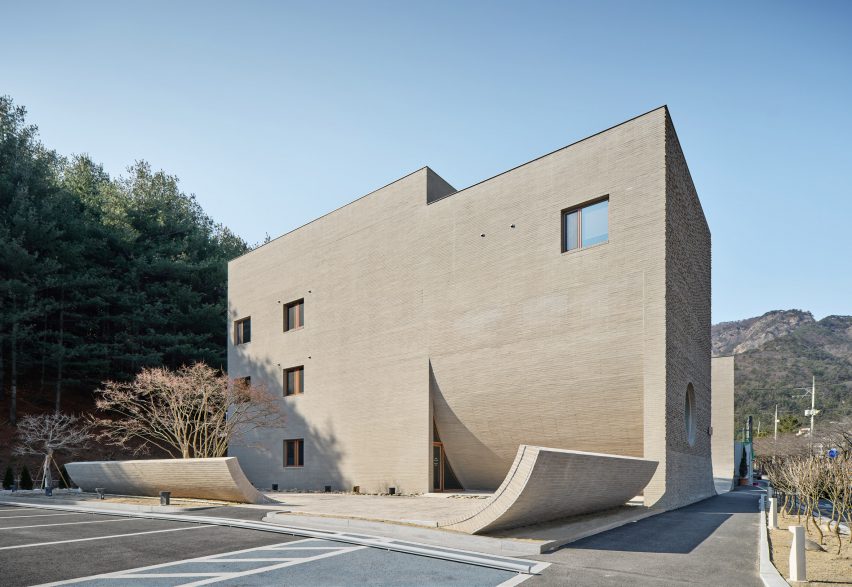
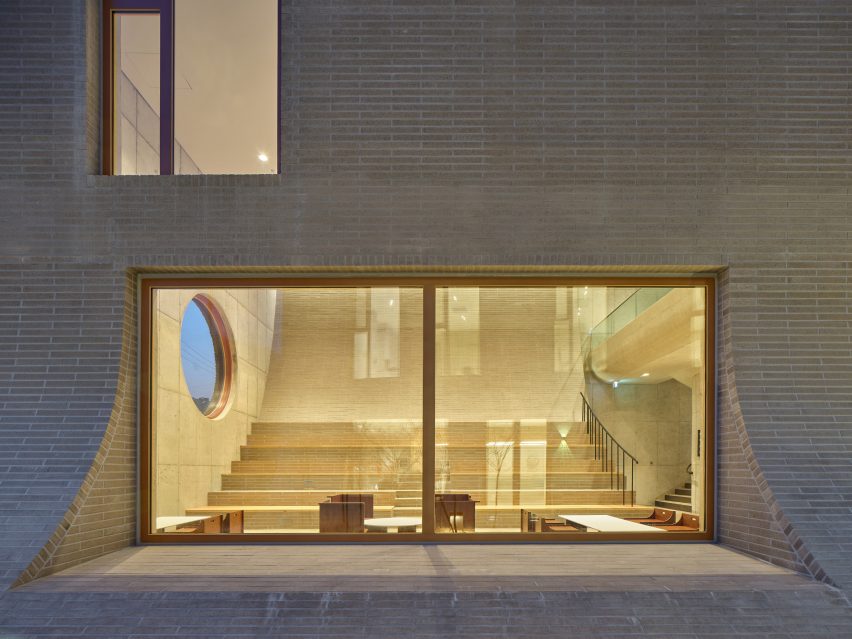
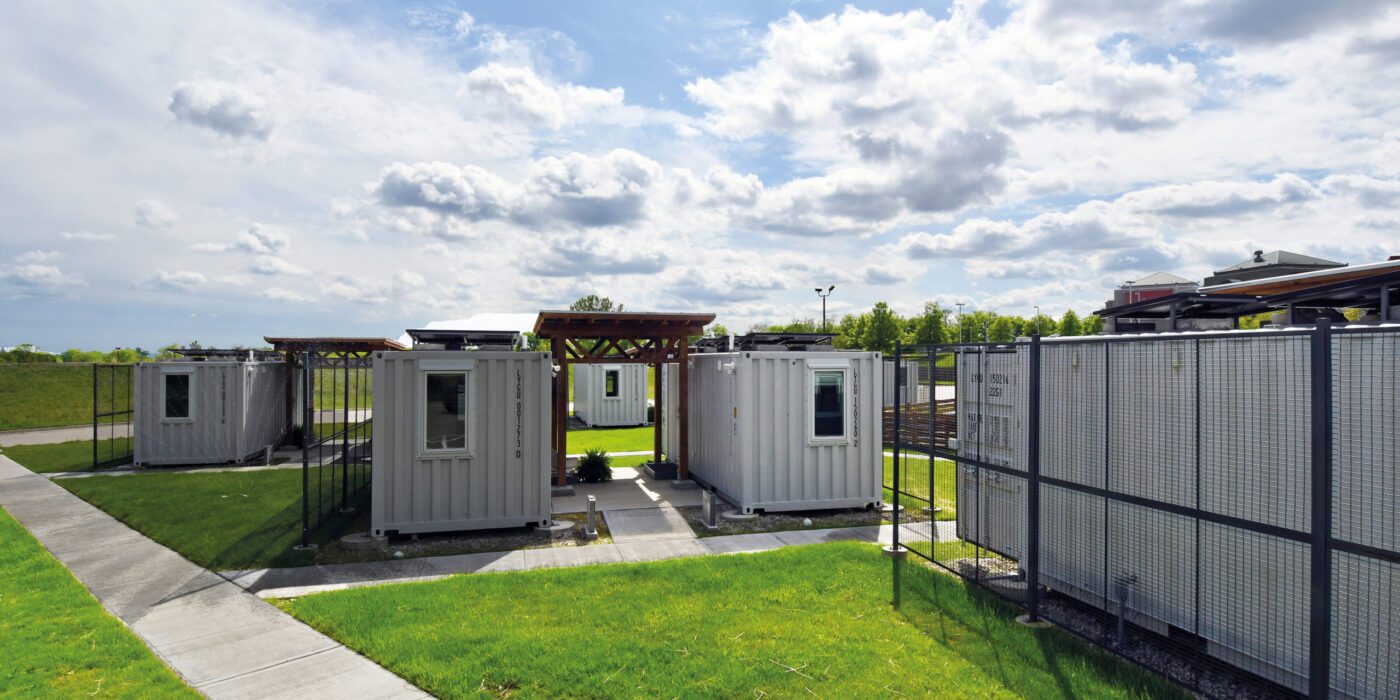
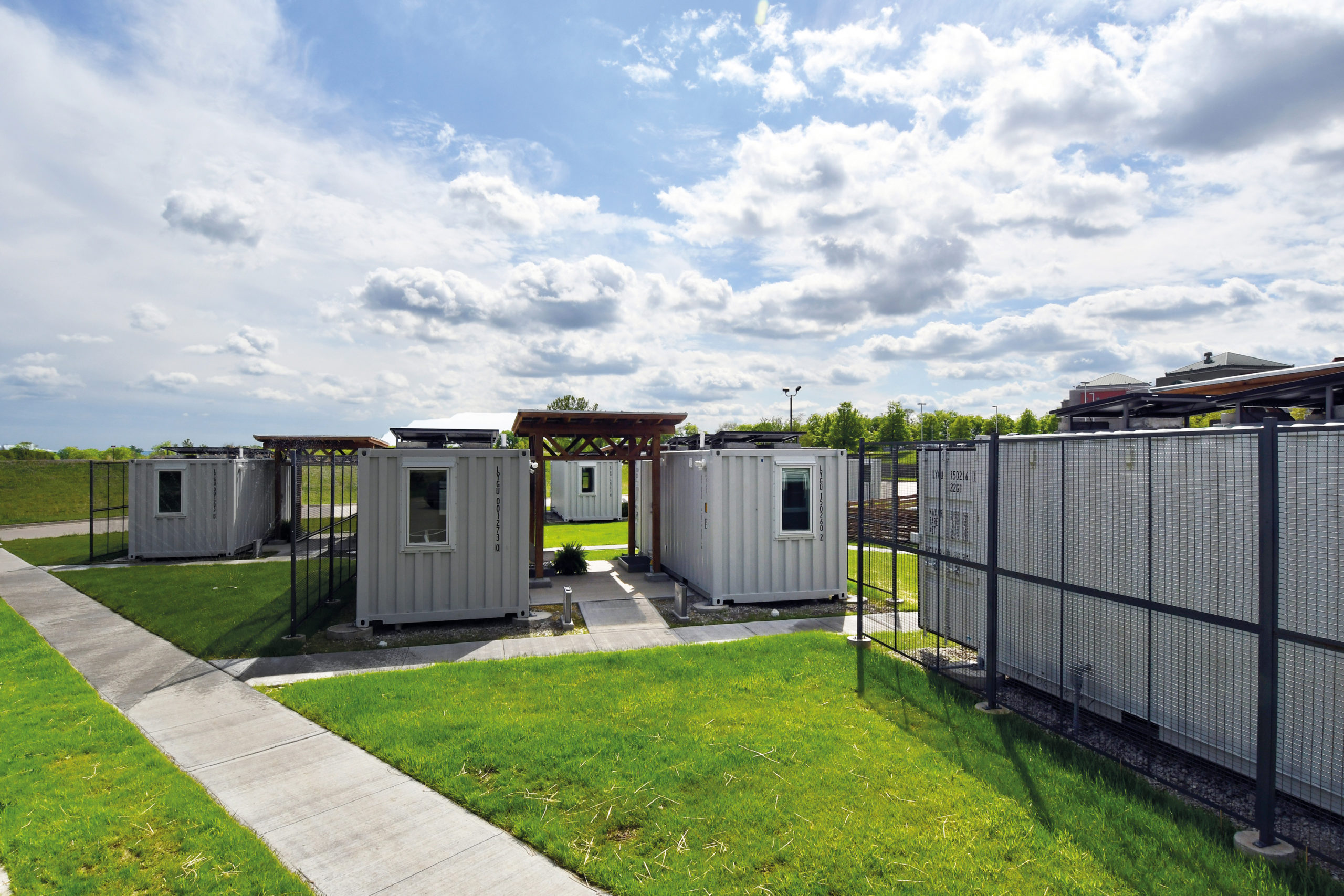
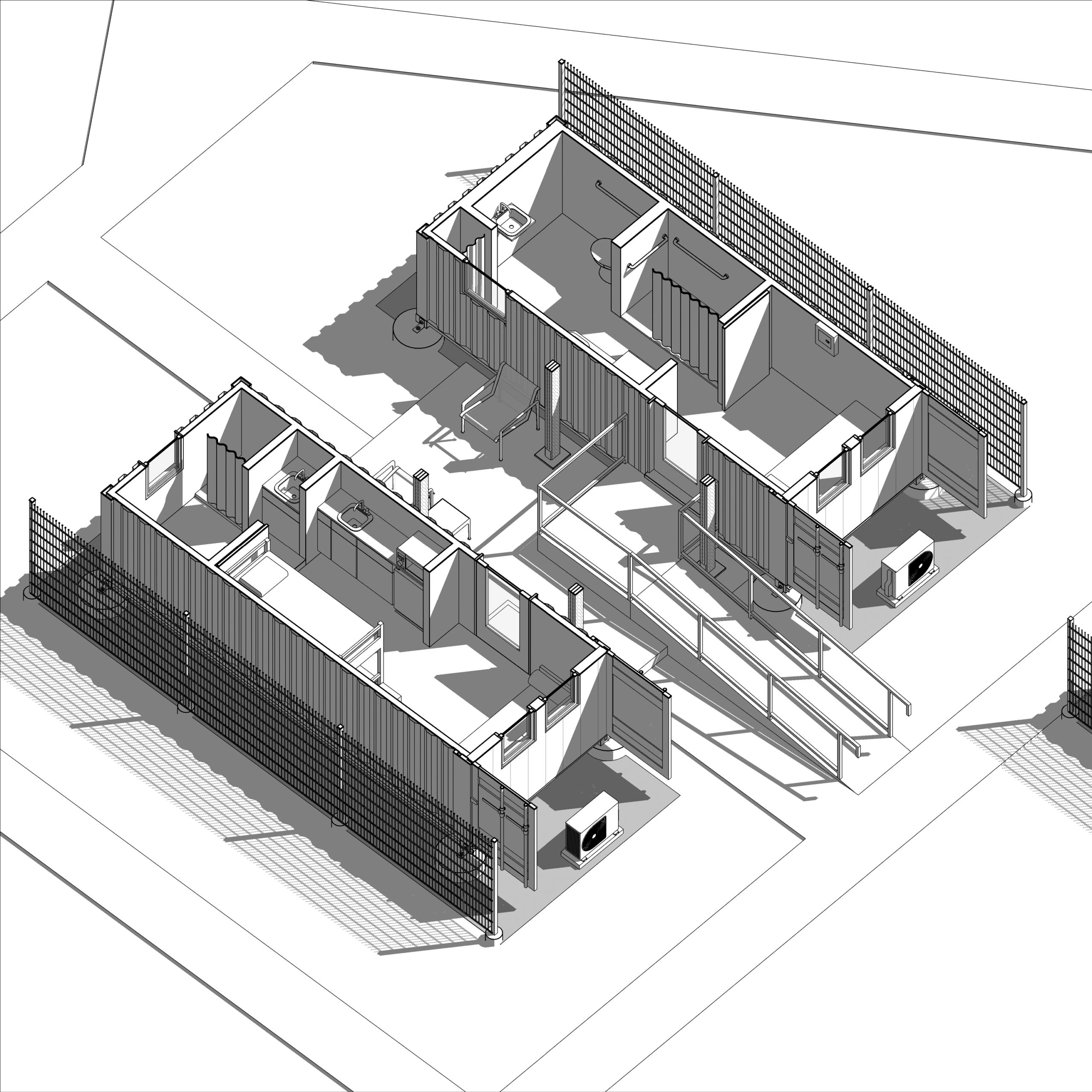
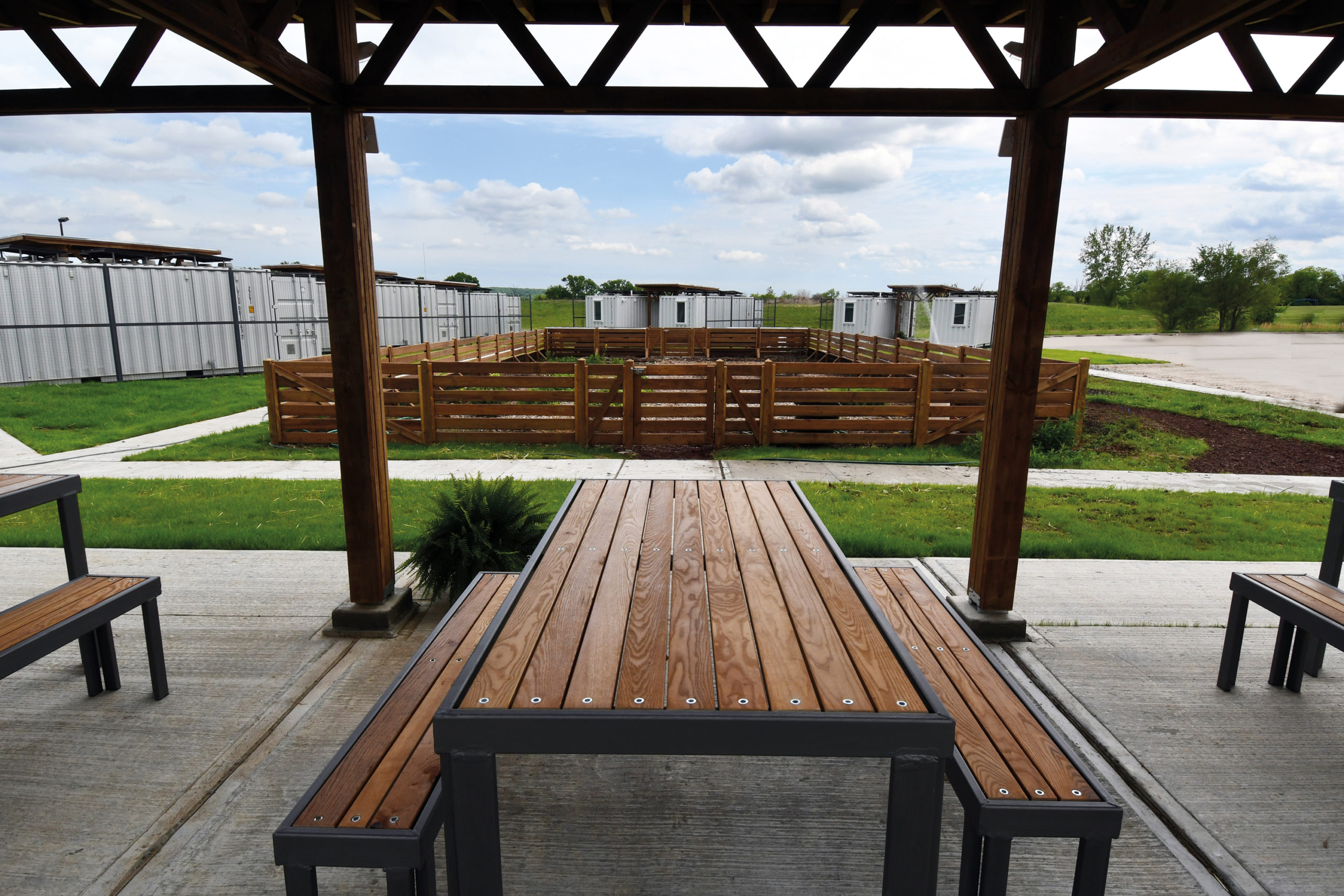 At the University of Kansas School of Architecture, graduate students have the option to enroll in Studio 804, which recently received a donation of a dozen shipping containers. The students worked to convert this gift into tiny homes for families who needed isolate during the pandemic. (The alternative was congregate housing.) Three solar collectors were placed on top of each unit to provide some electricity for inhabitants on the four beds inside.
At the University of Kansas School of Architecture, graduate students have the option to enroll in Studio 804, which recently received a donation of a dozen shipping containers. The students worked to convert this gift into tiny homes for families who needed isolate during the pandemic. (The alternative was congregate housing.) Three solar collectors were placed on top of each unit to provide some electricity for inhabitants on the four beds inside.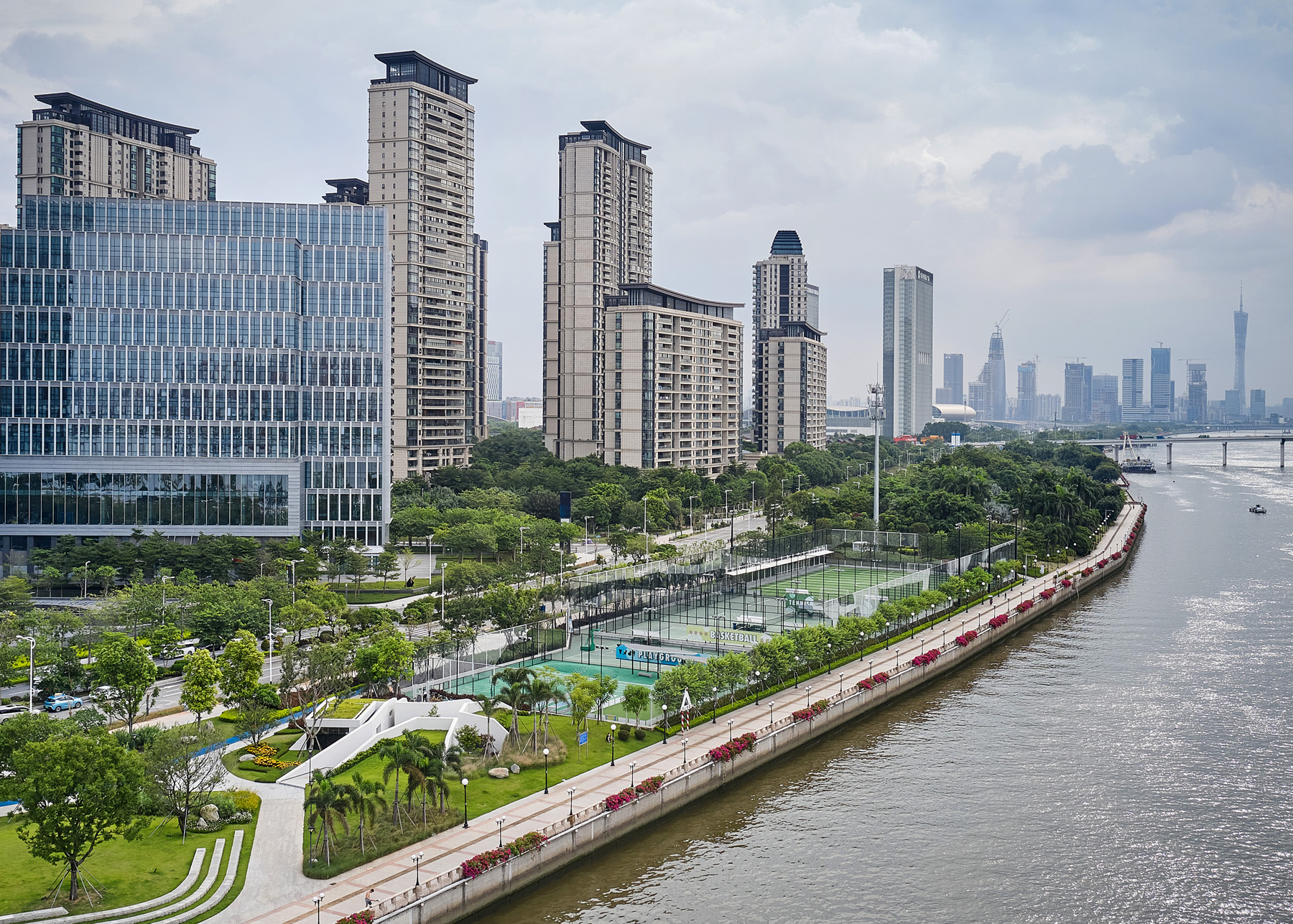
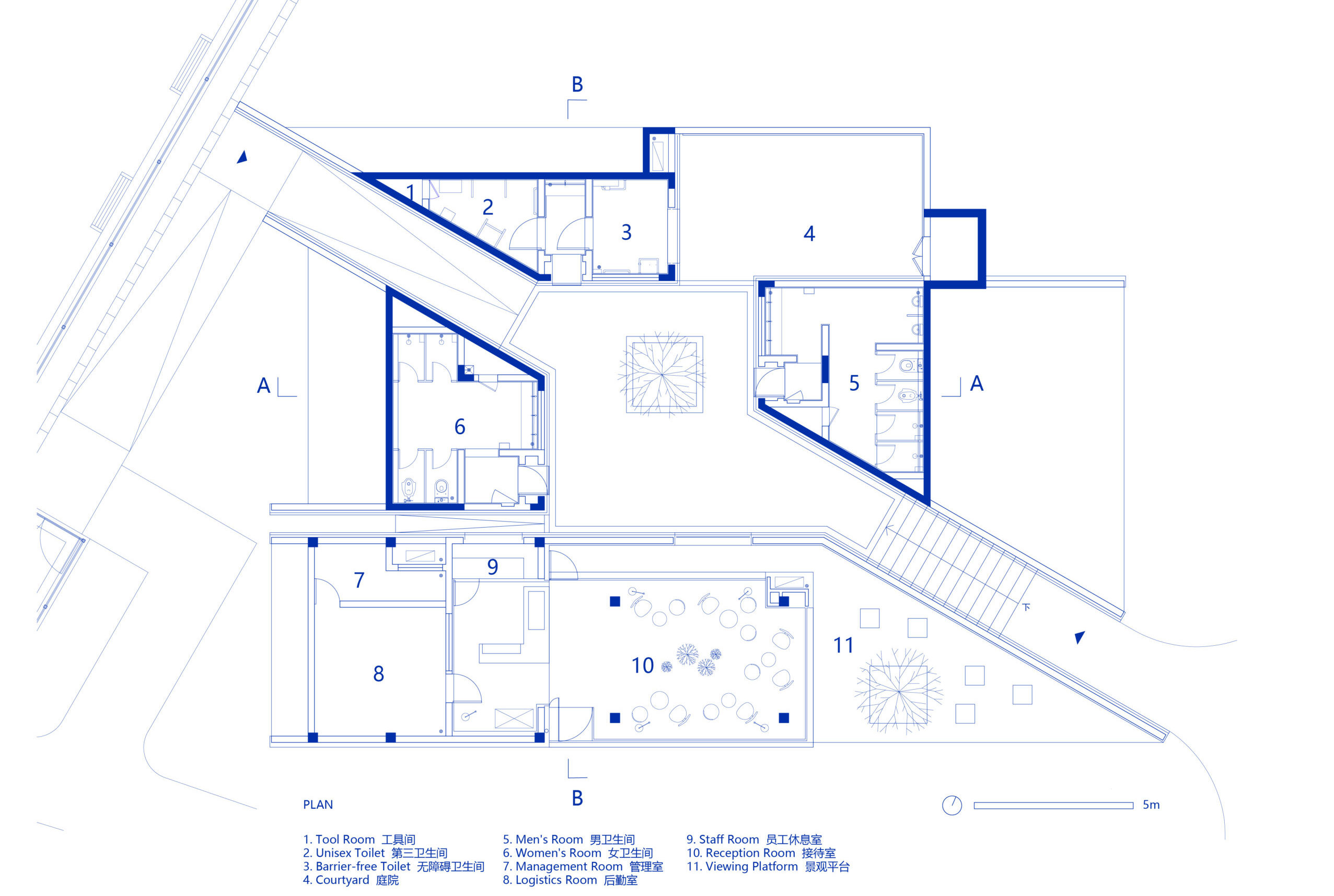
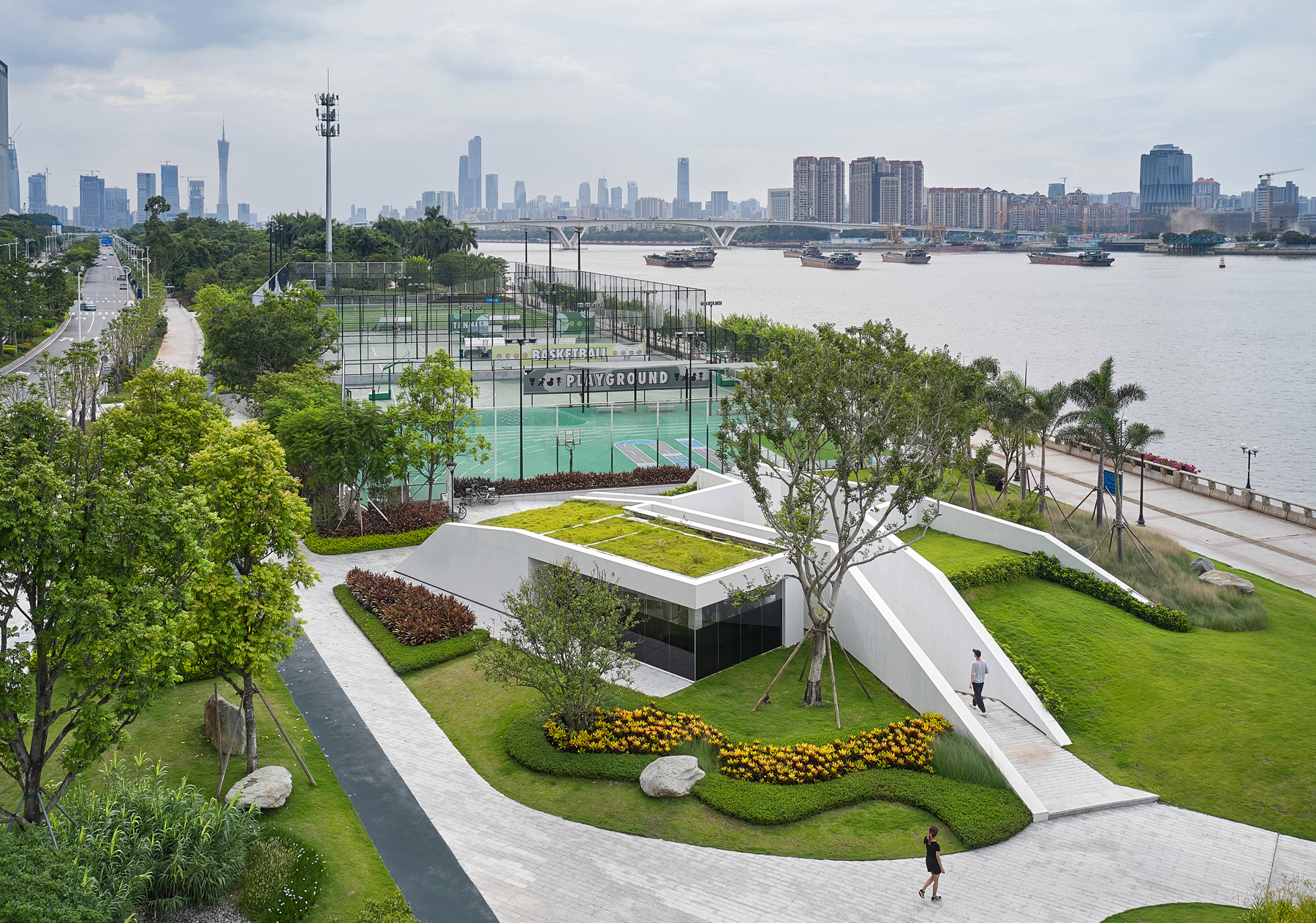 This project joins a growing movement towards architecture that blends in rather than standing out by acting as an extension of the existing landscape. Following the natural movement of the site, this design responds to crowds moving by through and around the building by raising up the green space of the original landscape and incising it with terrazzo paths.
This project joins a growing movement towards architecture that blends in rather than standing out by acting as an extension of the existing landscape. Following the natural movement of the site, this design responds to crowds moving by through and around the building by raising up the green space of the original landscape and incising it with terrazzo paths.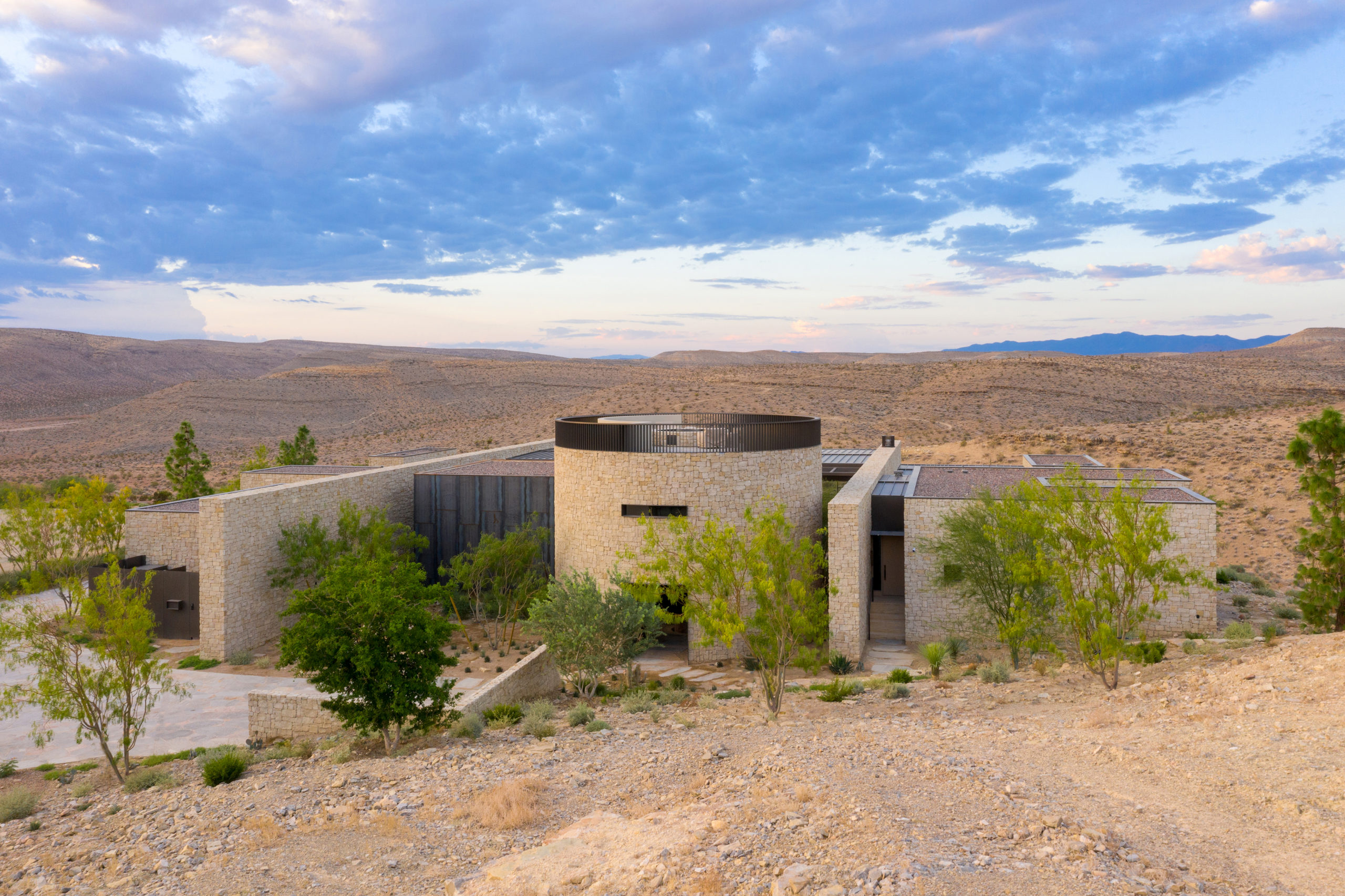
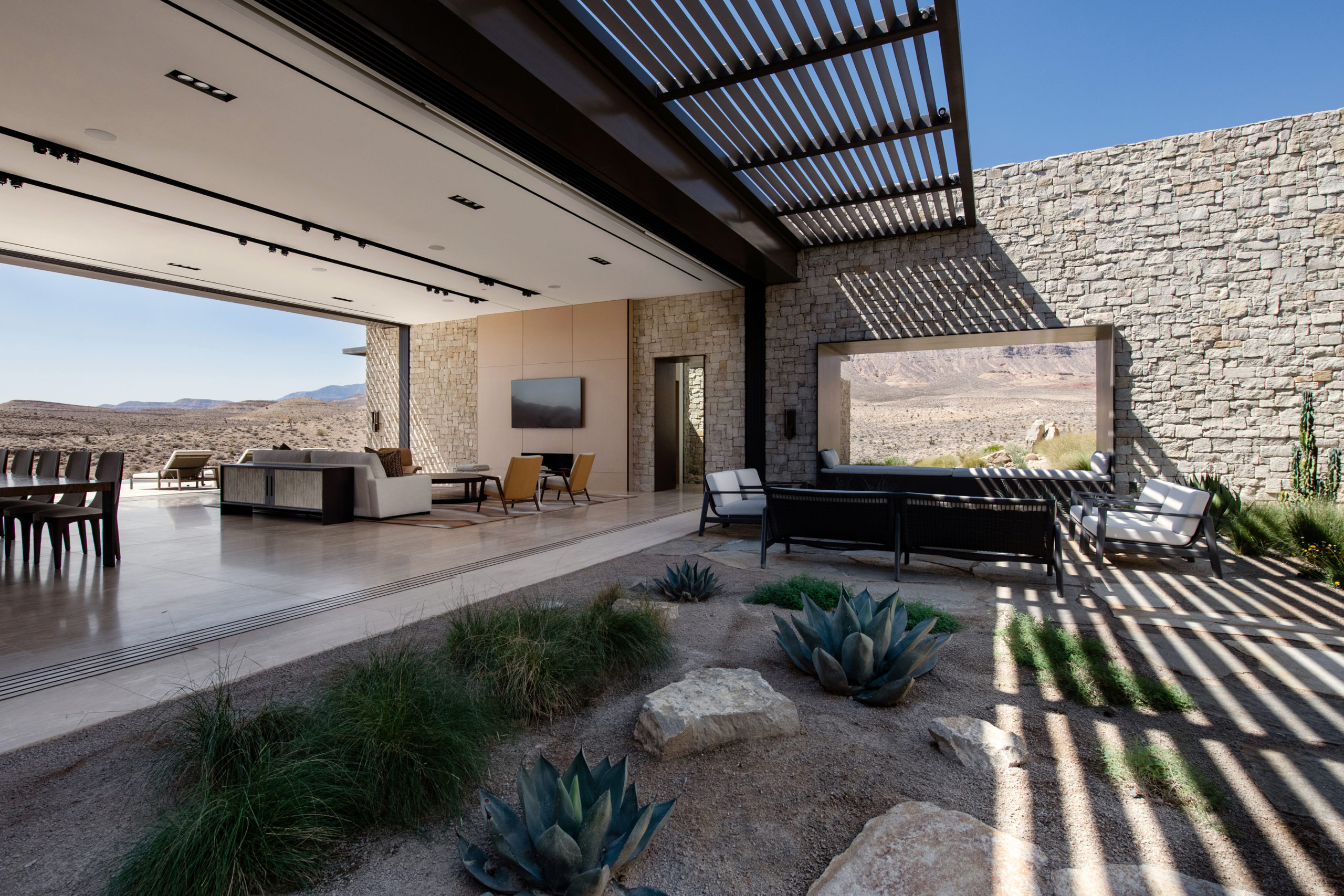 Perched on the most remote edge of the Las Vegas Valley, this scheme aims to immerse the client in the isolated landscape while maximizing unobstructed views of the surrounding desert and canyons. Like a stronghold in the desert, the site also inspired the design and materiality, which pays homage to the historic forts, hand forged from site-sourced materials, that dotted the fringes of the Southwest frontier.
Perched on the most remote edge of the Las Vegas Valley, this scheme aims to immerse the client in the isolated landscape while maximizing unobstructed views of the surrounding desert and canyons. Like a stronghold in the desert, the site also inspired the design and materiality, which pays homage to the historic forts, hand forged from site-sourced materials, that dotted the fringes of the Southwest frontier.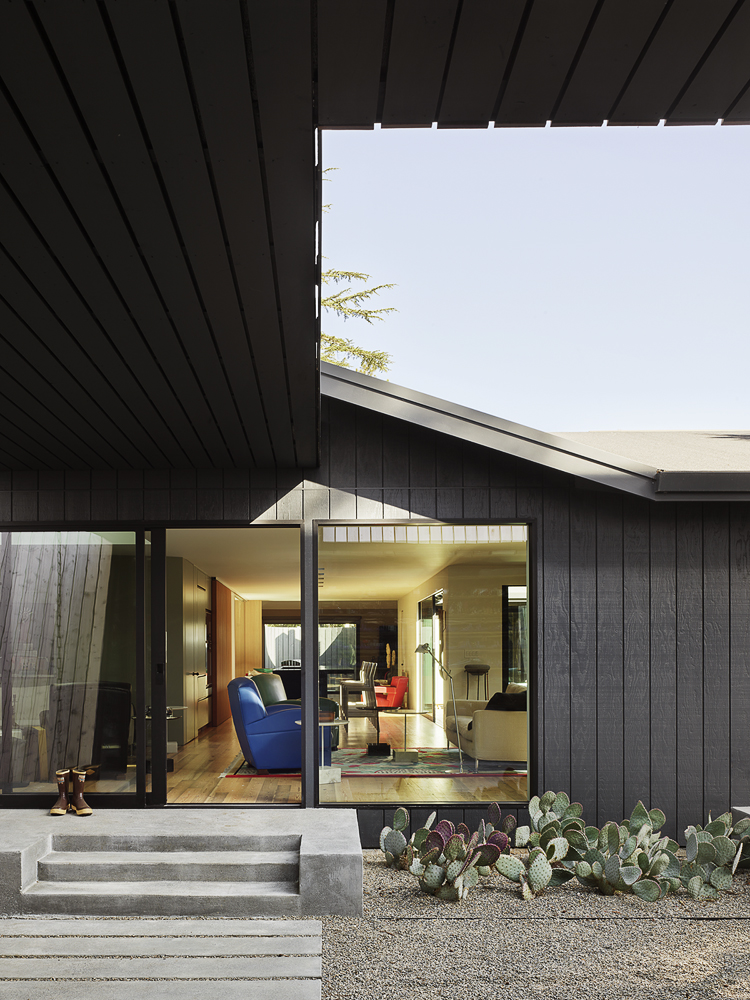
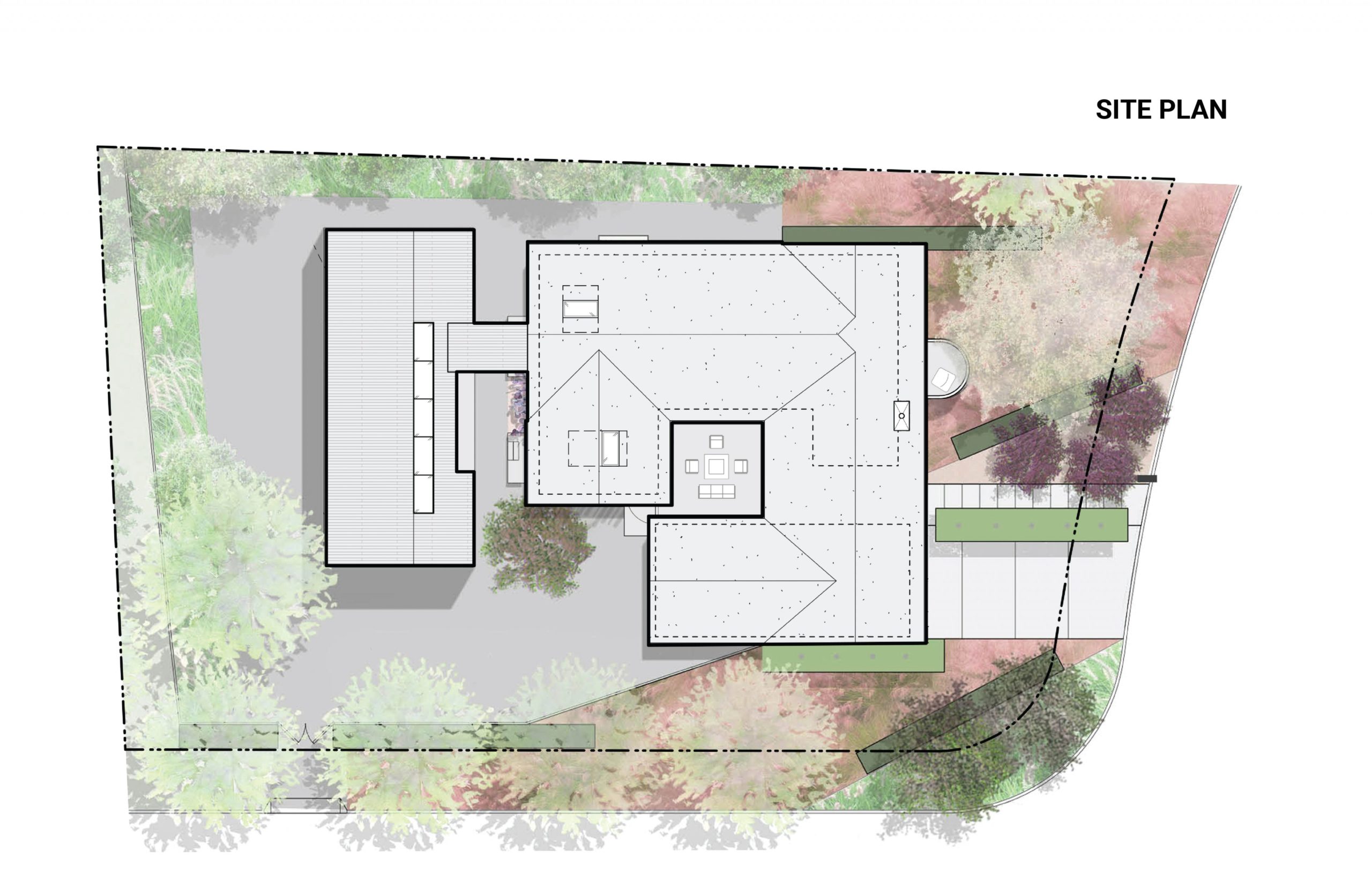
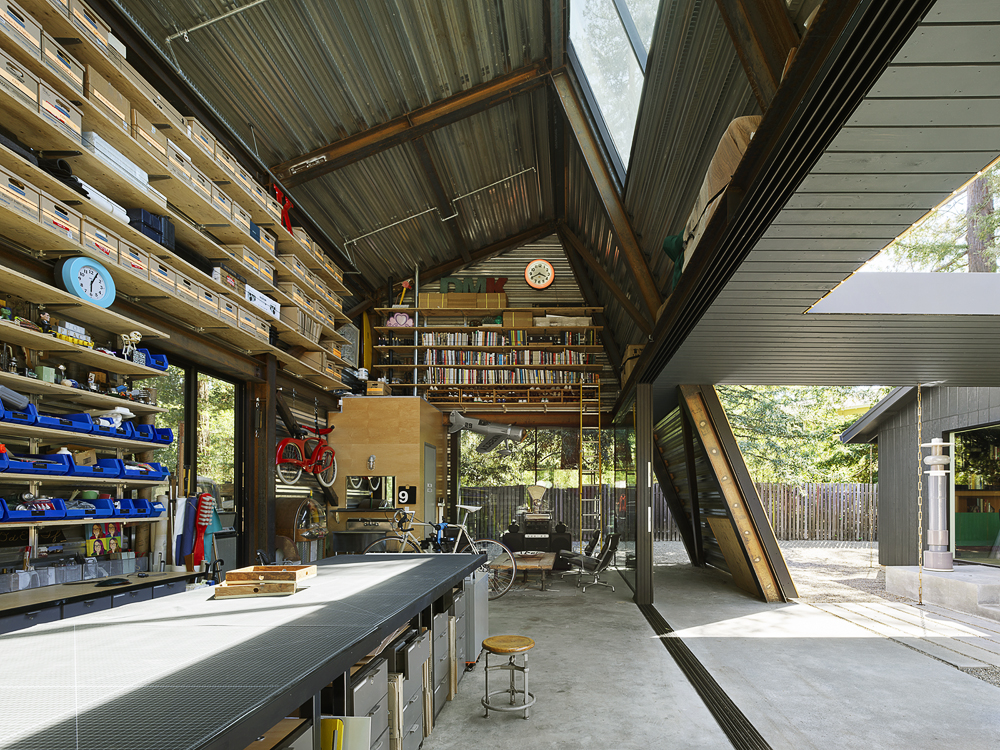 Reworking and remodeling this 1960’s house also involved integrating a new and unconventional workshop for the owner, a university professor. Yet, as the architects explain, “inherent in [the] work was a questioning of the suburban vernacular,” which manifested as a raw and tough space that is ready for anything. While an angled industrial frame, wrapped in wood and glass, offers a clever reply to local pitched-roof mandates, the connecting breezeway emphasizes a parti about flow, both creative and spatial.
Reworking and remodeling this 1960’s house also involved integrating a new and unconventional workshop for the owner, a university professor. Yet, as the architects explain, “inherent in [the] work was a questioning of the suburban vernacular,” which manifested as a raw and tough space that is ready for anything. While an angled industrial frame, wrapped in wood and glass, offers a clever reply to local pitched-roof mandates, the connecting breezeway emphasizes a parti about flow, both creative and spatial.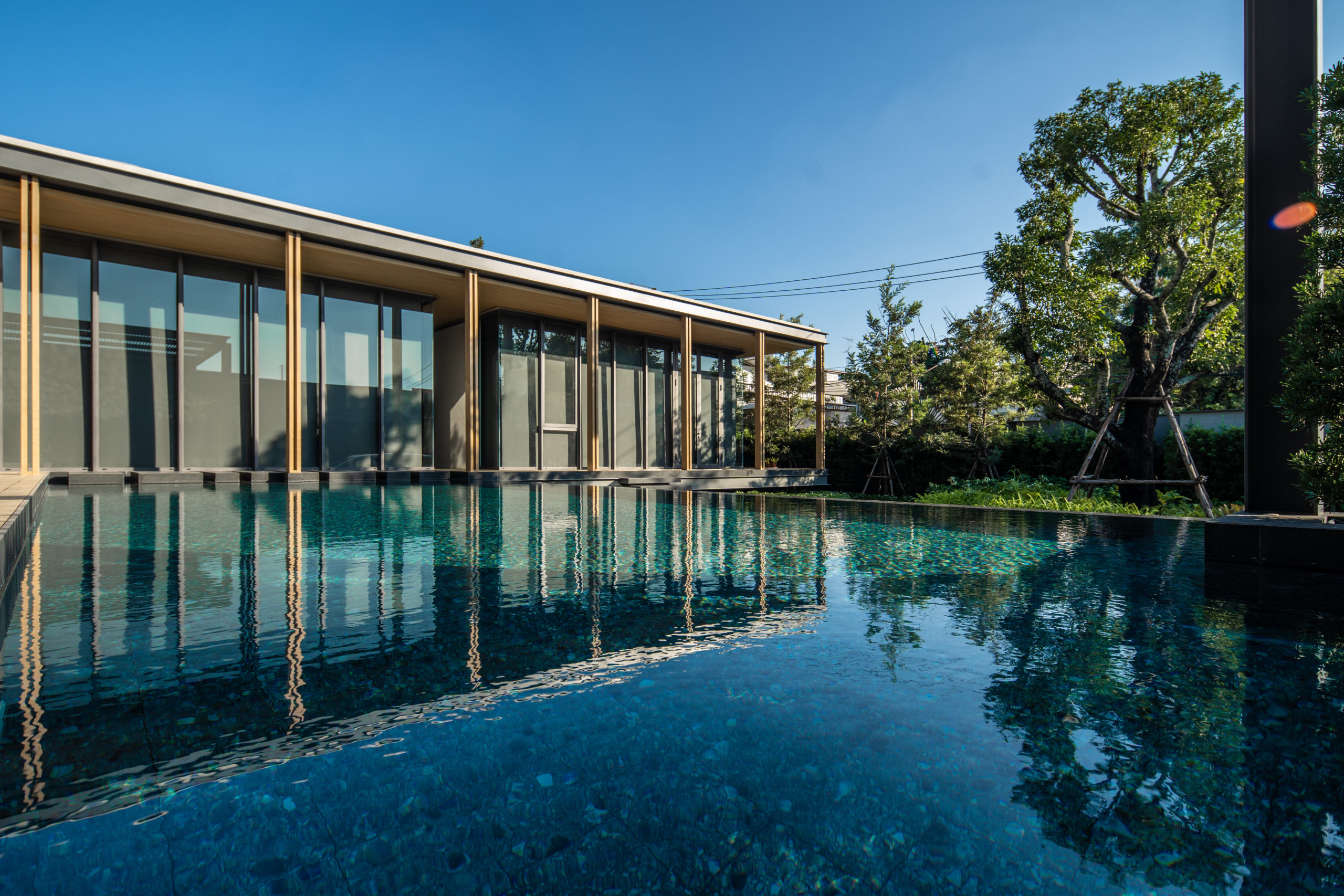
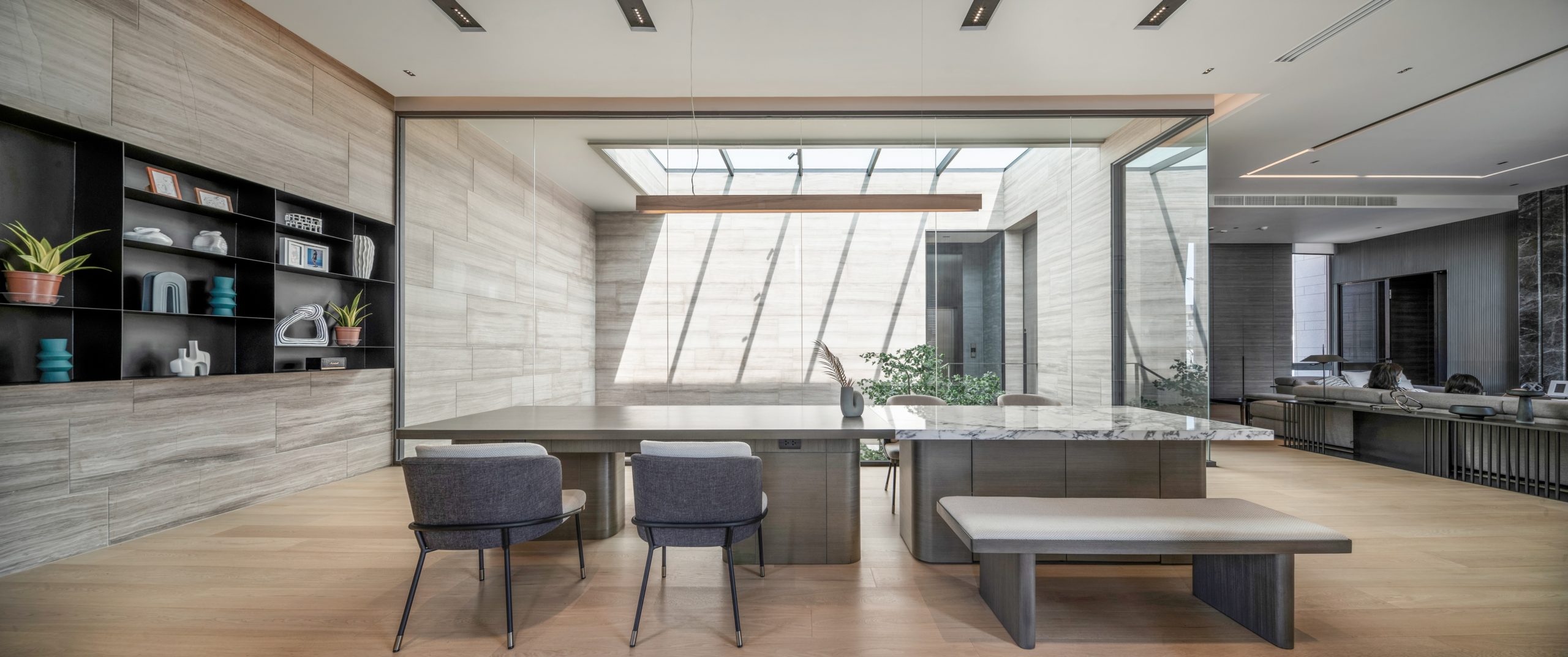
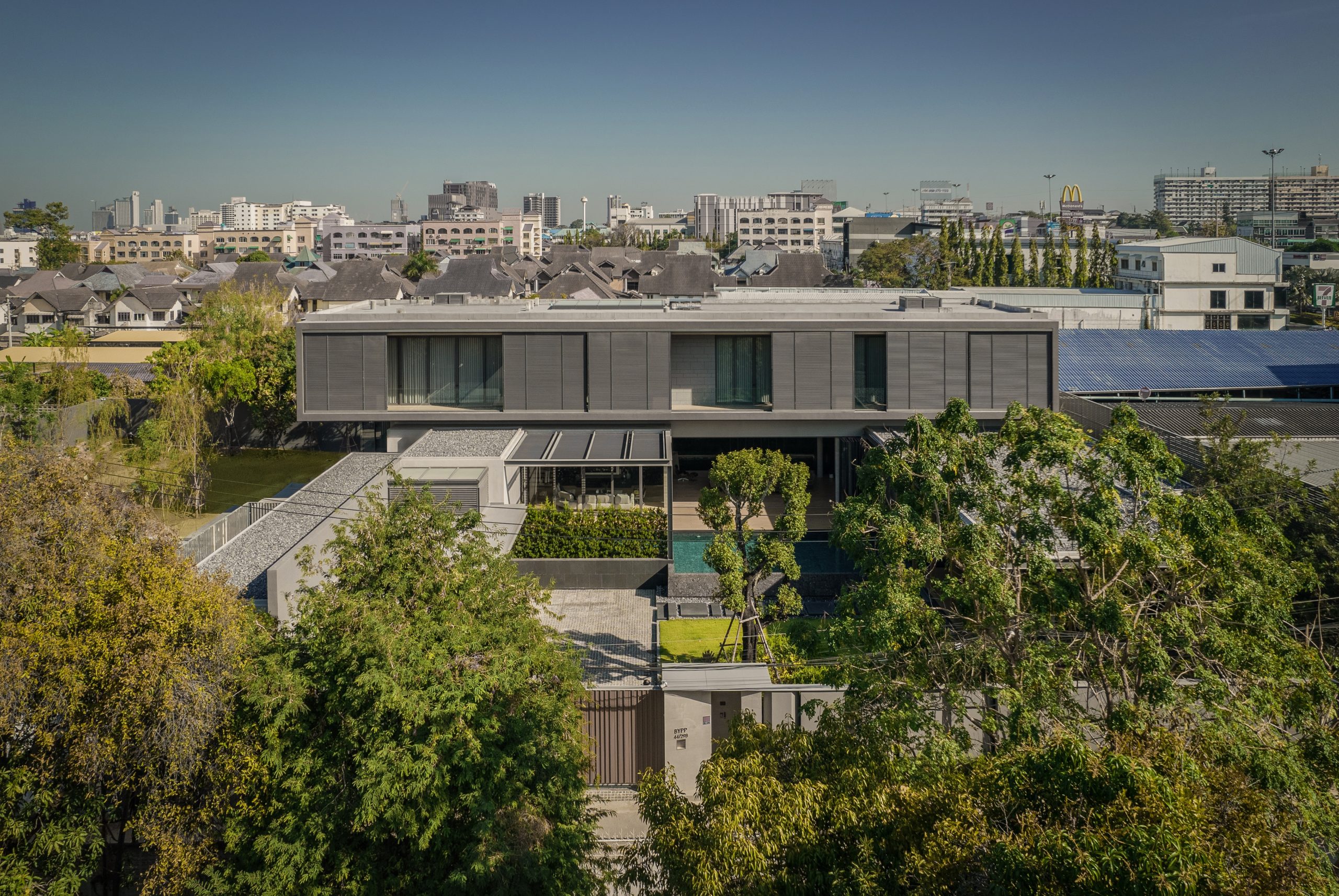 On one aspect the house seeks to express the laid-back nature of the seaside town; yet, because the surroundings are quite cramped, the architect had to carefully study the massing placement. This resulted in a sort of inside-out house, with an arrival courtyard penetrating to the central living deck that creates an in-between area that is convertible to be either indoor or outdoor living area.
On one aspect the house seeks to express the laid-back nature of the seaside town; yet, because the surroundings are quite cramped, the architect had to carefully study the massing placement. This resulted in a sort of inside-out house, with an arrival courtyard penetrating to the central living deck that creates an in-between area that is convertible to be either indoor or outdoor living area.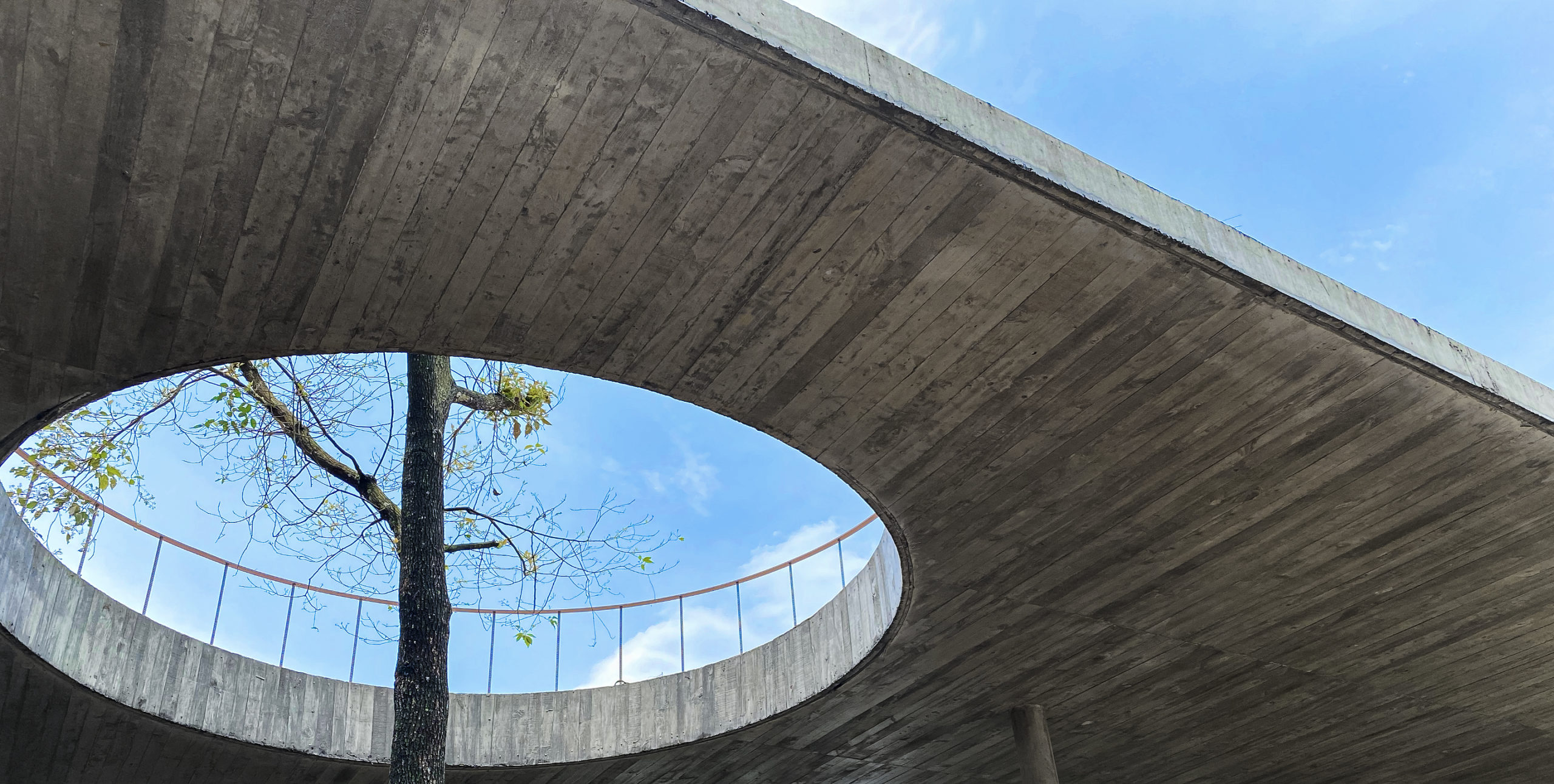
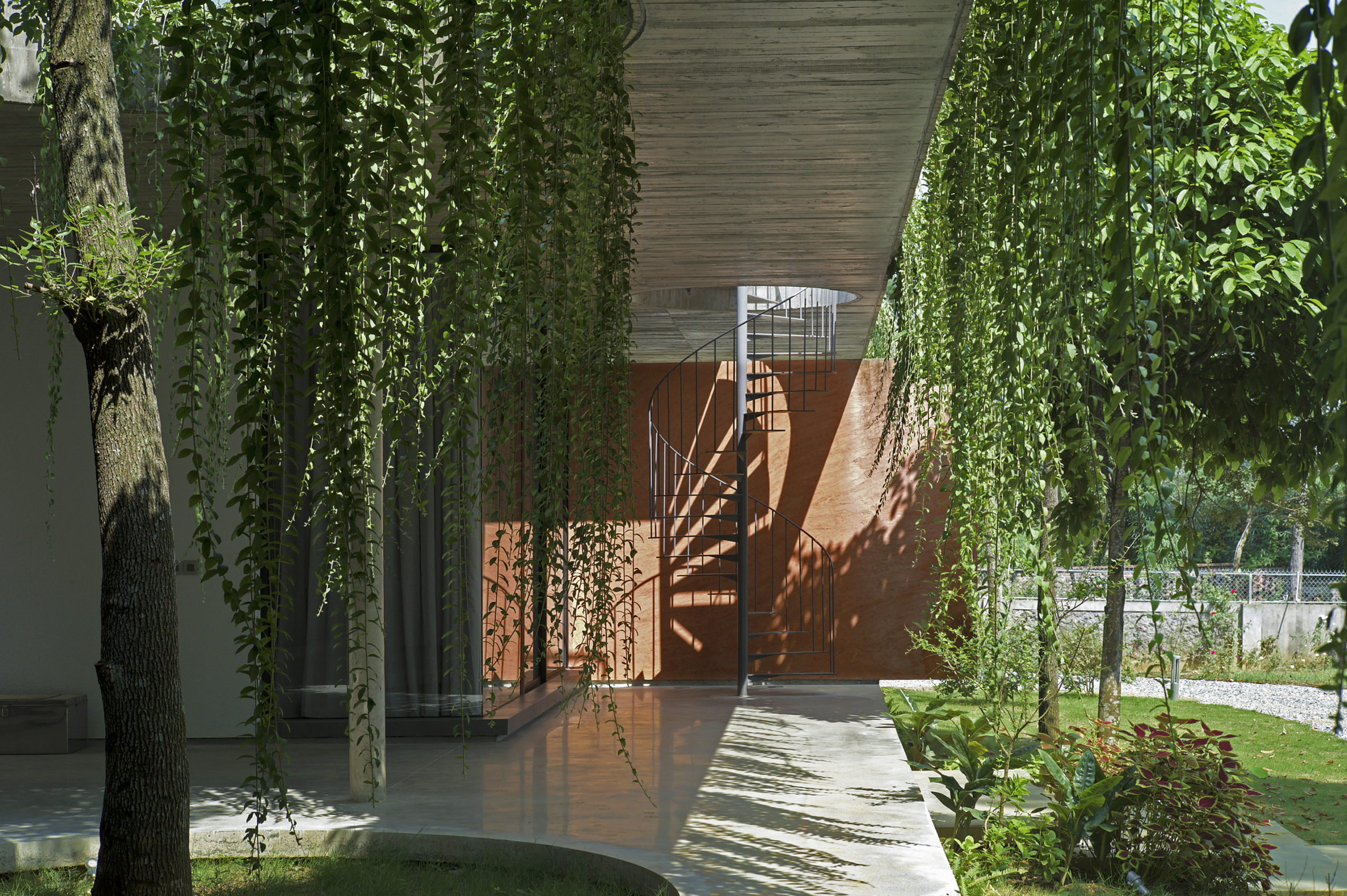
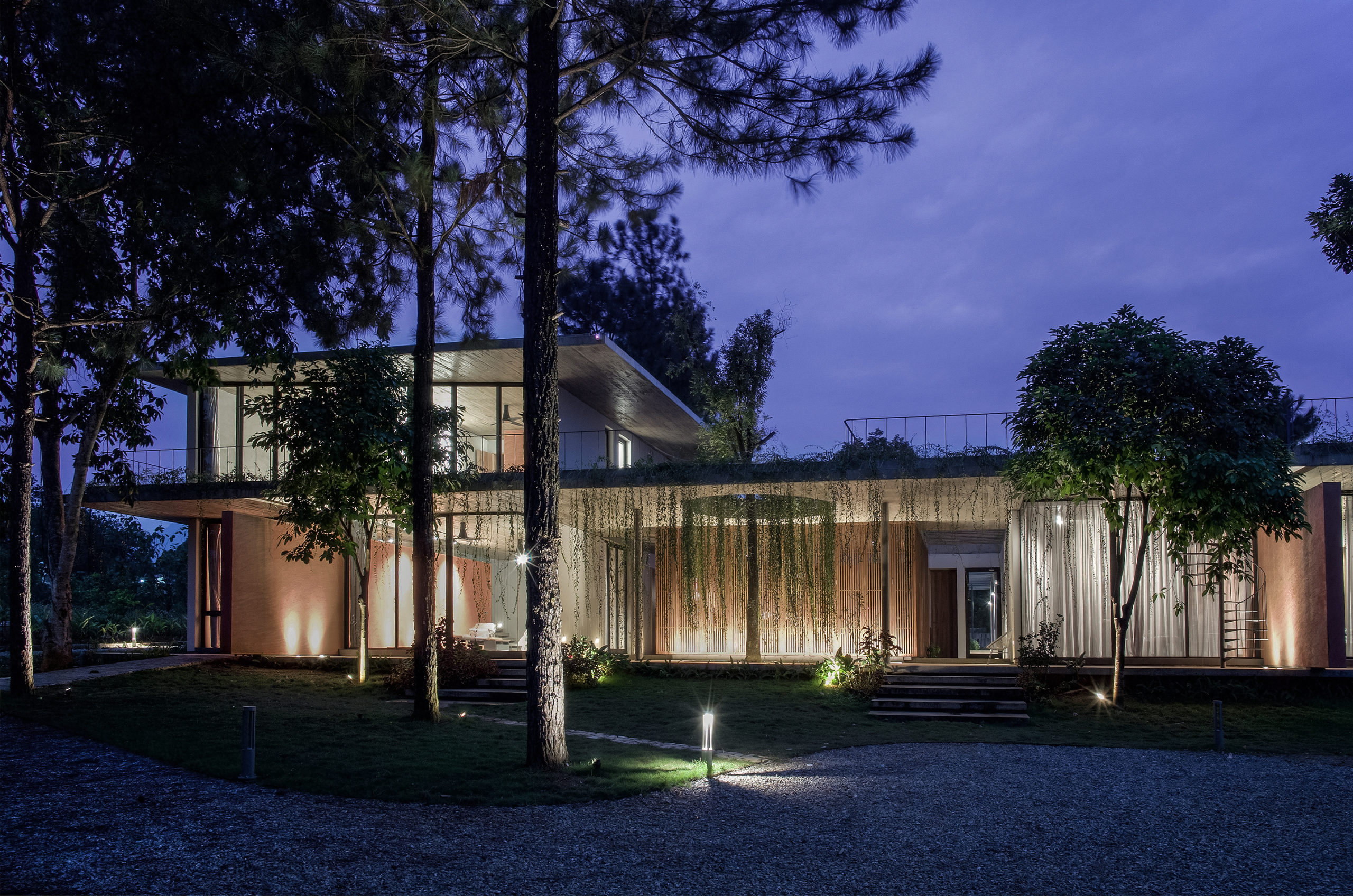 This house is home to family members across generations, meaning that it requires spaces that accomodate differences in family members’ lifestyles, ages and personal needs. While the grandparents are used to the traditional Vietnamese lifestyle, the married couple and their children are familiar with the modern way of living in foreign countries. Faced with designing a massive structure, the architects needed to find a way to ensure that it blended in well with its surroundings.
This house is home to family members across generations, meaning that it requires spaces that accomodate differences in family members’ lifestyles, ages and personal needs. While the grandparents are used to the traditional Vietnamese lifestyle, the married couple and their children are familiar with the modern way of living in foreign countries. Faced with designing a massive structure, the architects needed to find a way to ensure that it blended in well with its surroundings.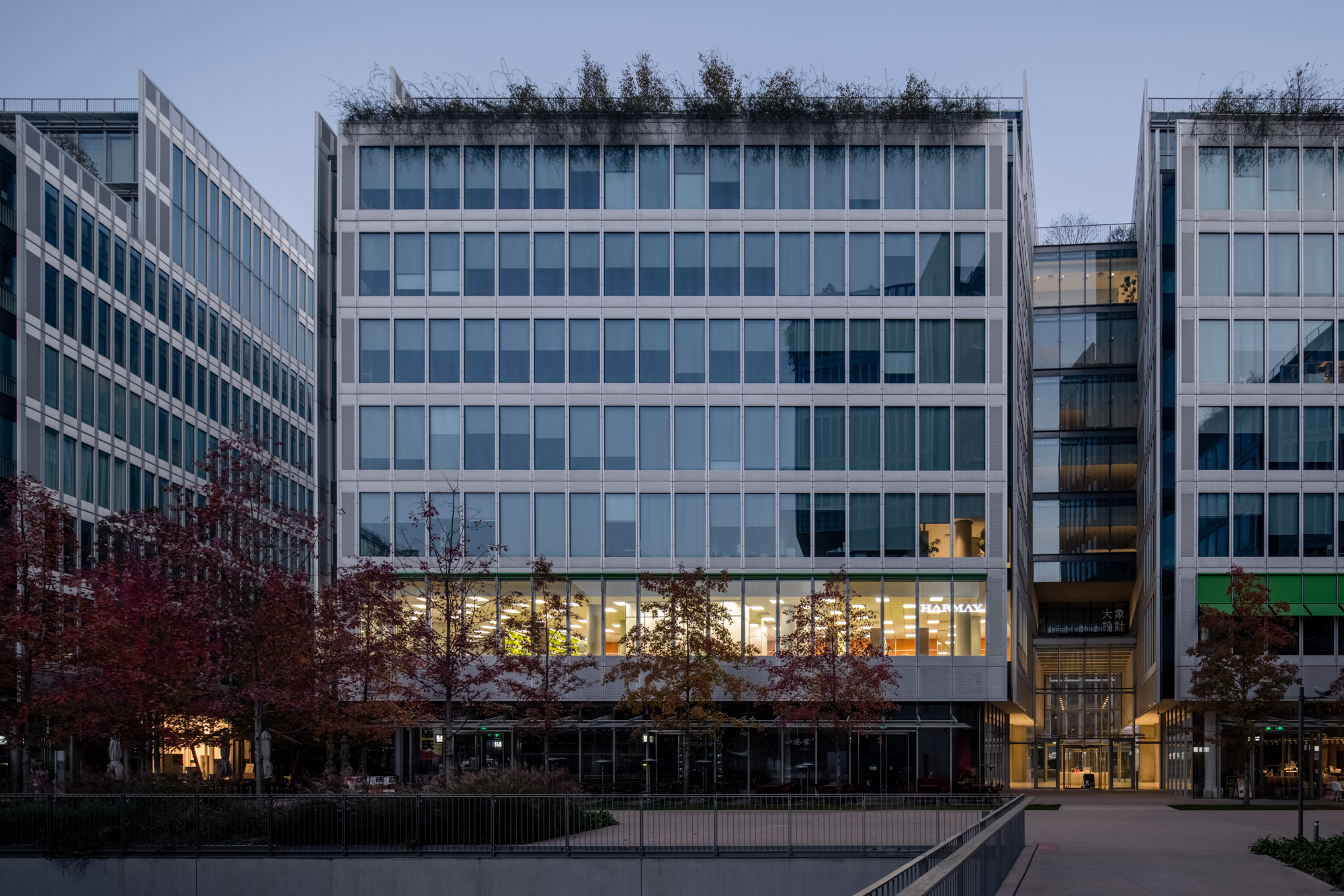
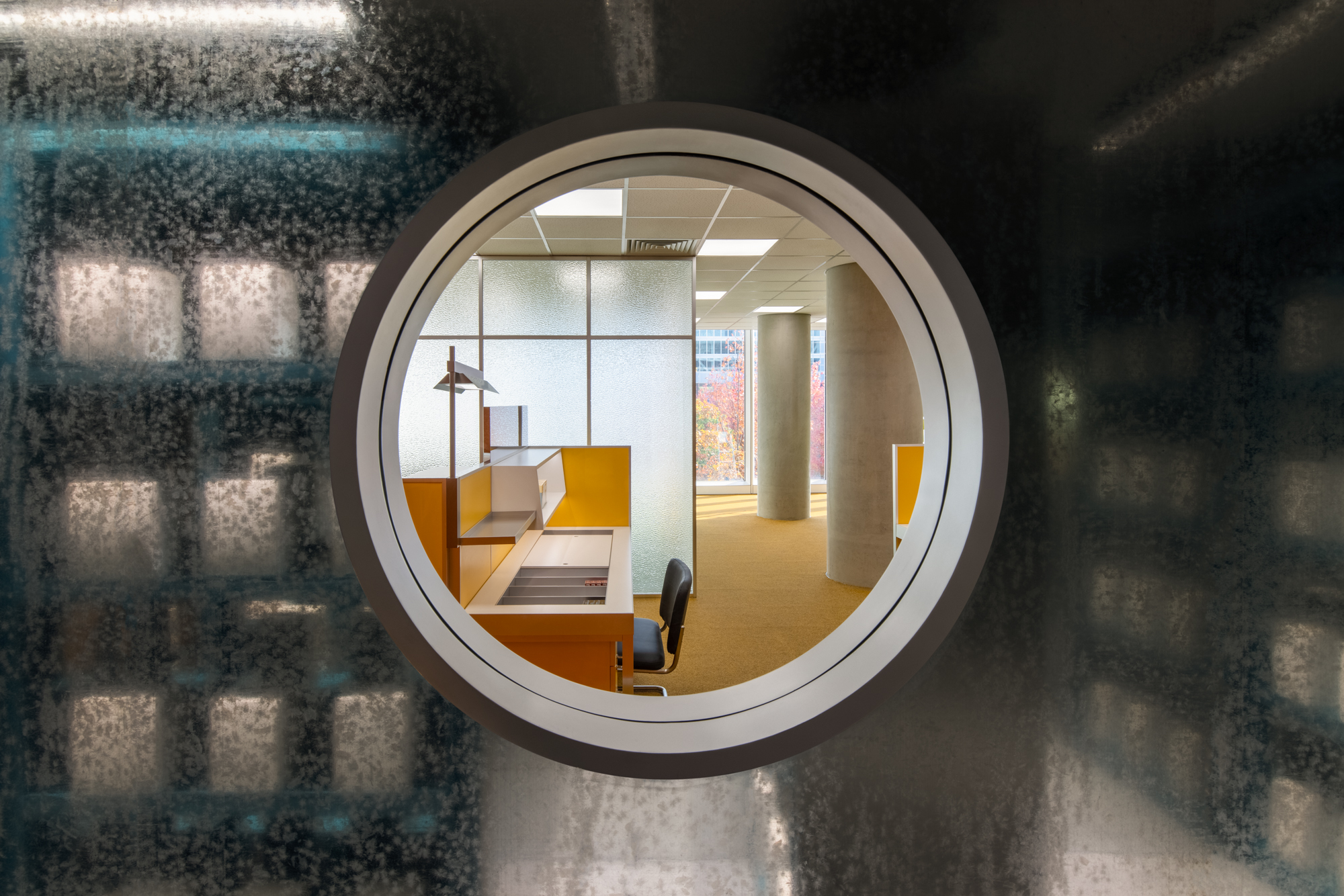
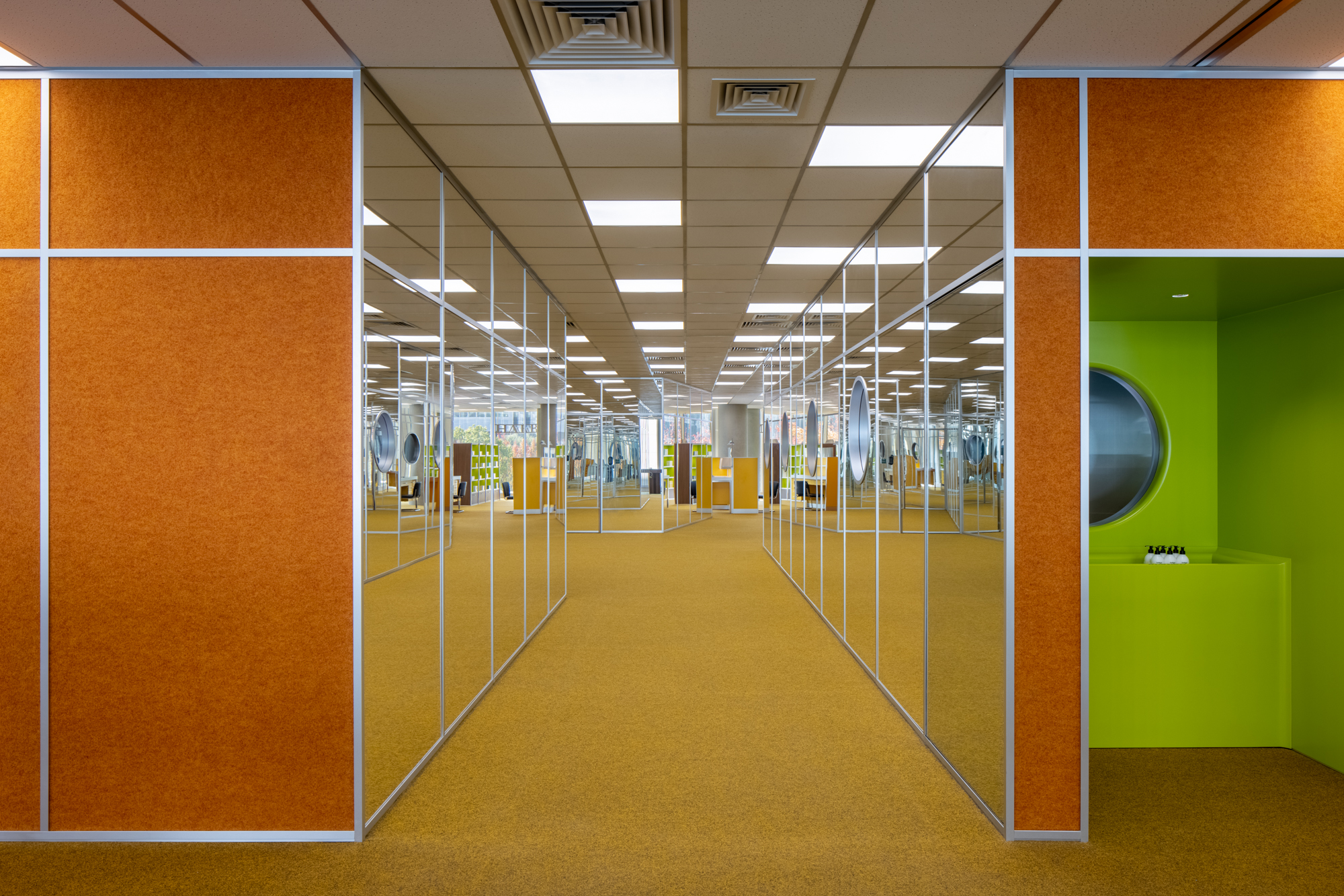 Set on the second floor of a building in a mixed-use office park designed by Renzo Piano Building Workshop in 2020, this store is inspired by its immediate surroundings. The space with floor to ceiling high curtain wall windows and an enclosed center core is the perfect platform to explore a place closely related to our day-to-day environment, the office. Representing a 70’s romanticized image of what an office life looks like, consumers experience this illusion of time wandering between the past and present. Working with bright color tones, soft carpets, and different textures creates a mood of future positivism.
Set on the second floor of a building in a mixed-use office park designed by Renzo Piano Building Workshop in 2020, this store is inspired by its immediate surroundings. The space with floor to ceiling high curtain wall windows and an enclosed center core is the perfect platform to explore a place closely related to our day-to-day environment, the office. Representing a 70’s romanticized image of what an office life looks like, consumers experience this illusion of time wandering between the past and present. Working with bright color tones, soft carpets, and different textures creates a mood of future positivism.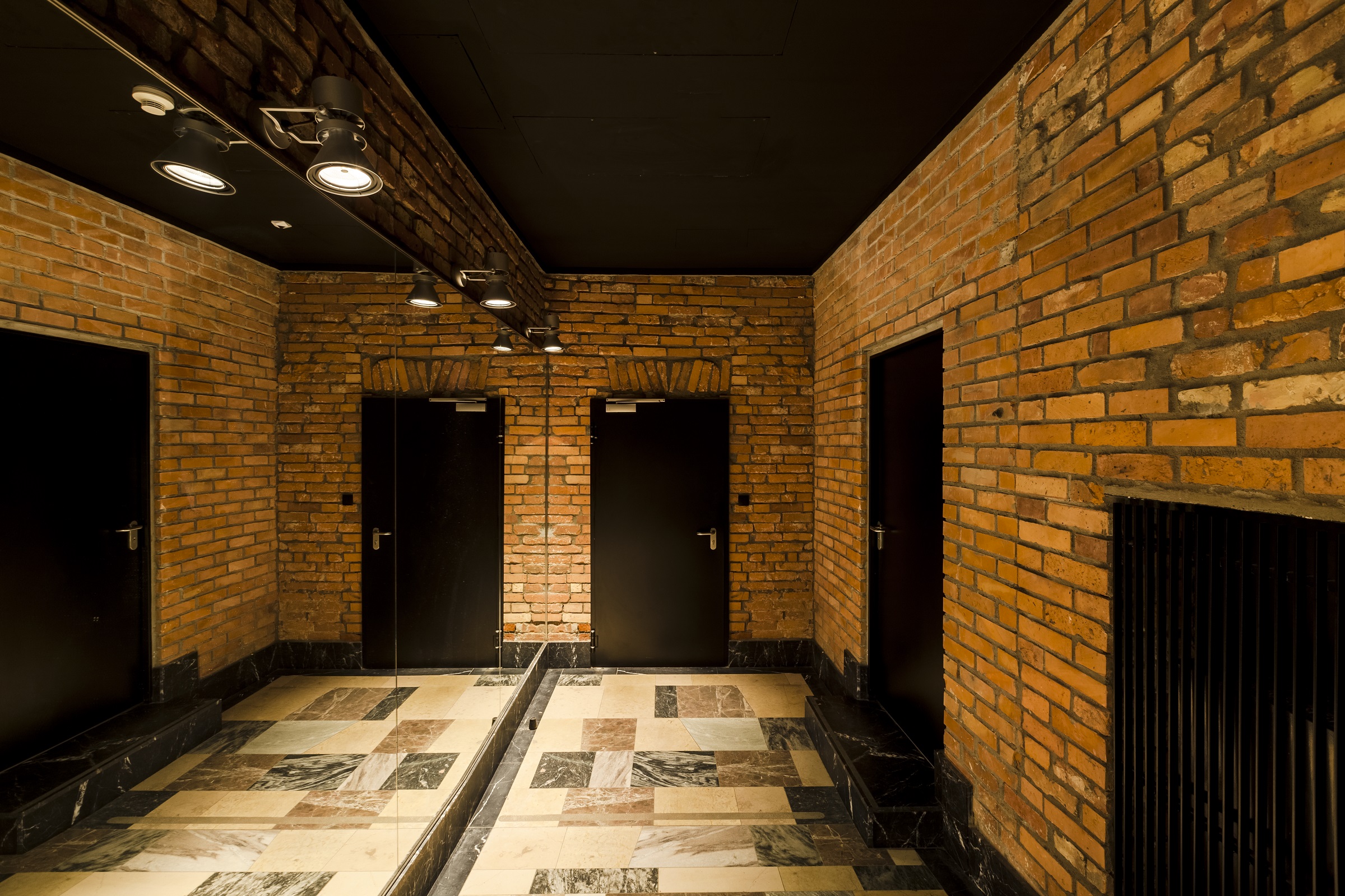
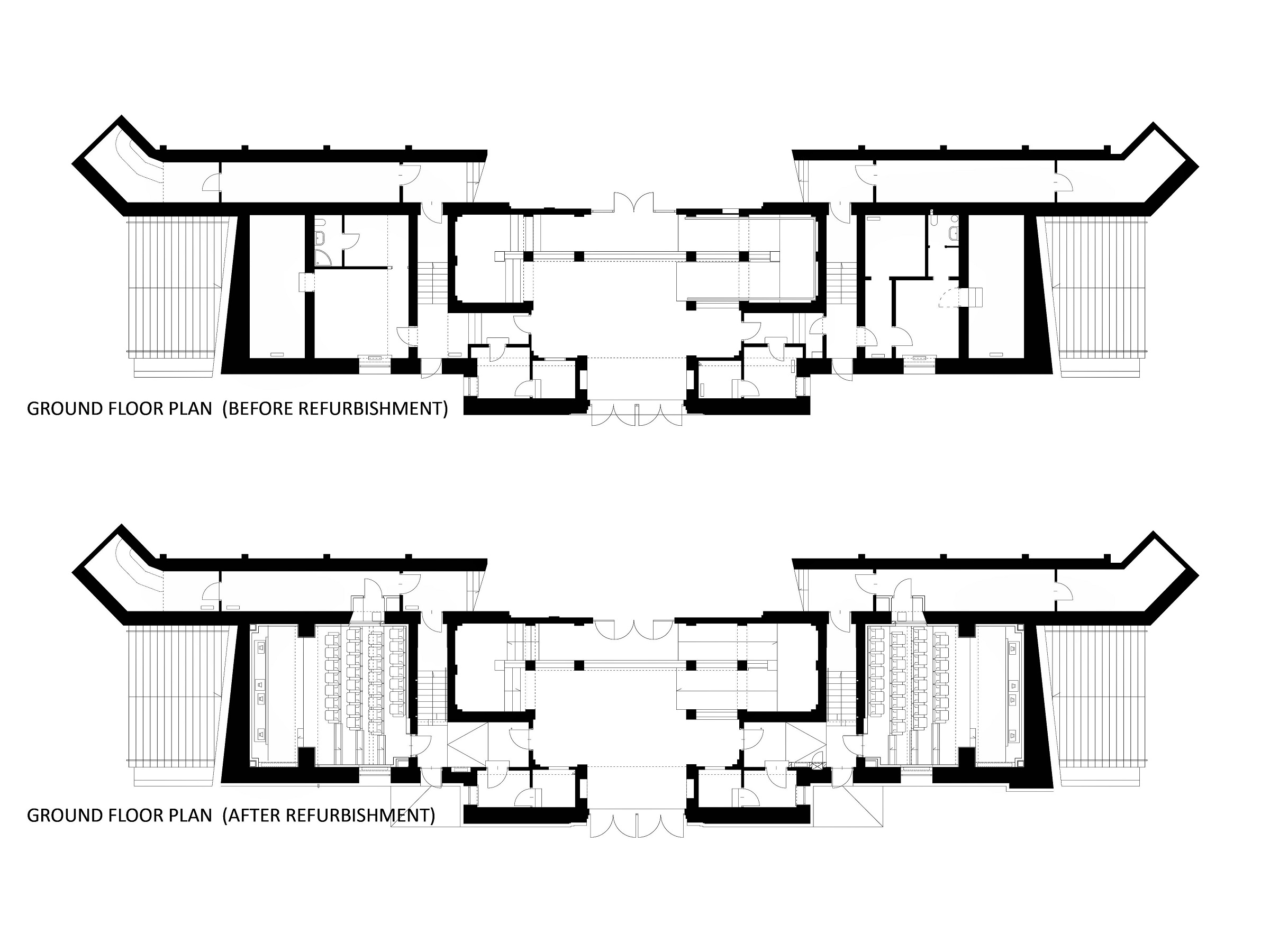
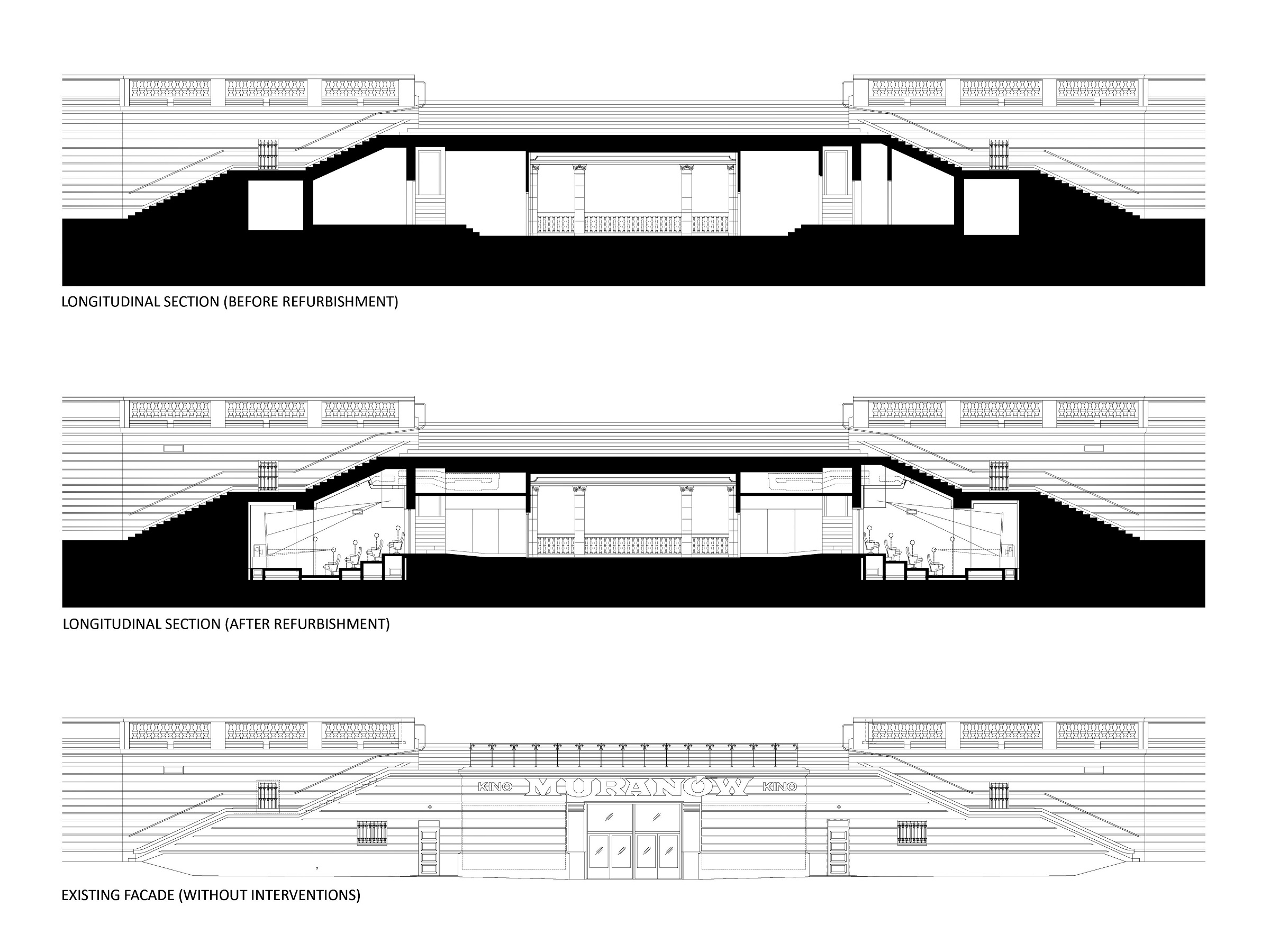 The cinema is located in the area of a former Jewish quarter destroyed by the Nazis during the WWII. In the aftermath, the area was rebuilt using rubble from the former buildings. The designer of the cinema, the excellent pre-war architect Bohdan Lachert, faced a choice: either to design in the socialist realist style or not to design at all. It was only decades later that his ideas were appreciated. Seventy years later, these stories from the past had a strong influence on Piotr Hardecki Architekt’s refurbishment project.
The cinema is located in the area of a former Jewish quarter destroyed by the Nazis during the WWII. In the aftermath, the area was rebuilt using rubble from the former buildings. The designer of the cinema, the excellent pre-war architect Bohdan Lachert, faced a choice: either to design in the socialist realist style or not to design at all. It was only decades later that his ideas were appreciated. Seventy years later, these stories from the past had a strong influence on Piotr Hardecki Architekt’s refurbishment project.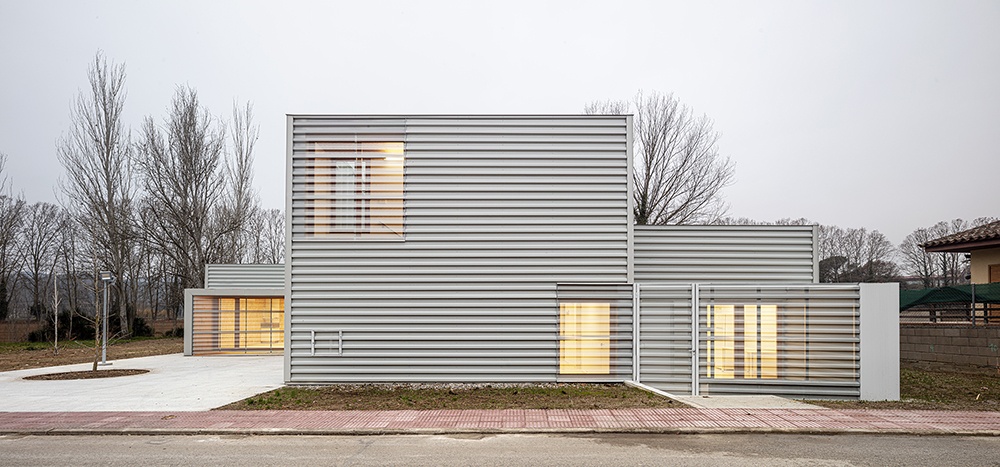
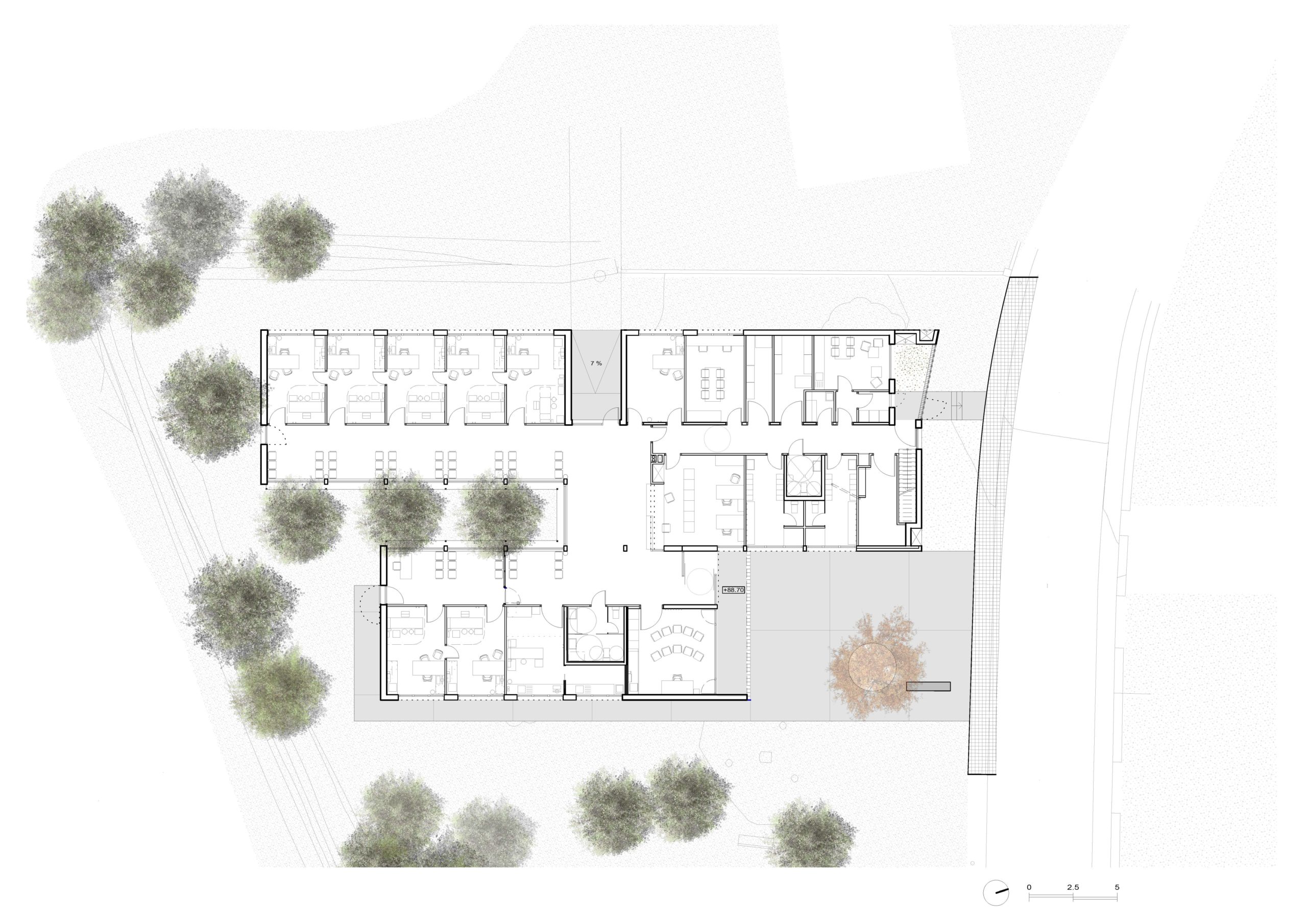 A Primary Care Center (CAP) is an ideal public facility to consider the health of people from the construction itself, minimizing the generation of CO2 in the life cycle of materials and ensuring a healthy environment in the interior. This project introduces the surrounding landscape inside the building through a linear courtyard related to the waiting rooms. The use of the structure with microlaminated wood (CLT) for the first time in a CAP in Catalonia, generates a conceptual dialogue with the forests of Montseny (biosphere reserve) visible from the building, reduces the execution deadlines and waste and allows to achieve the highest energy rating A.
A Primary Care Center (CAP) is an ideal public facility to consider the health of people from the construction itself, minimizing the generation of CO2 in the life cycle of materials and ensuring a healthy environment in the interior. This project introduces the surrounding landscape inside the building through a linear courtyard related to the waiting rooms. The use of the structure with microlaminated wood (CLT) for the first time in a CAP in Catalonia, generates a conceptual dialogue with the forests of Montseny (biosphere reserve) visible from the building, reduces the execution deadlines and waste and allows to achieve the highest energy rating A.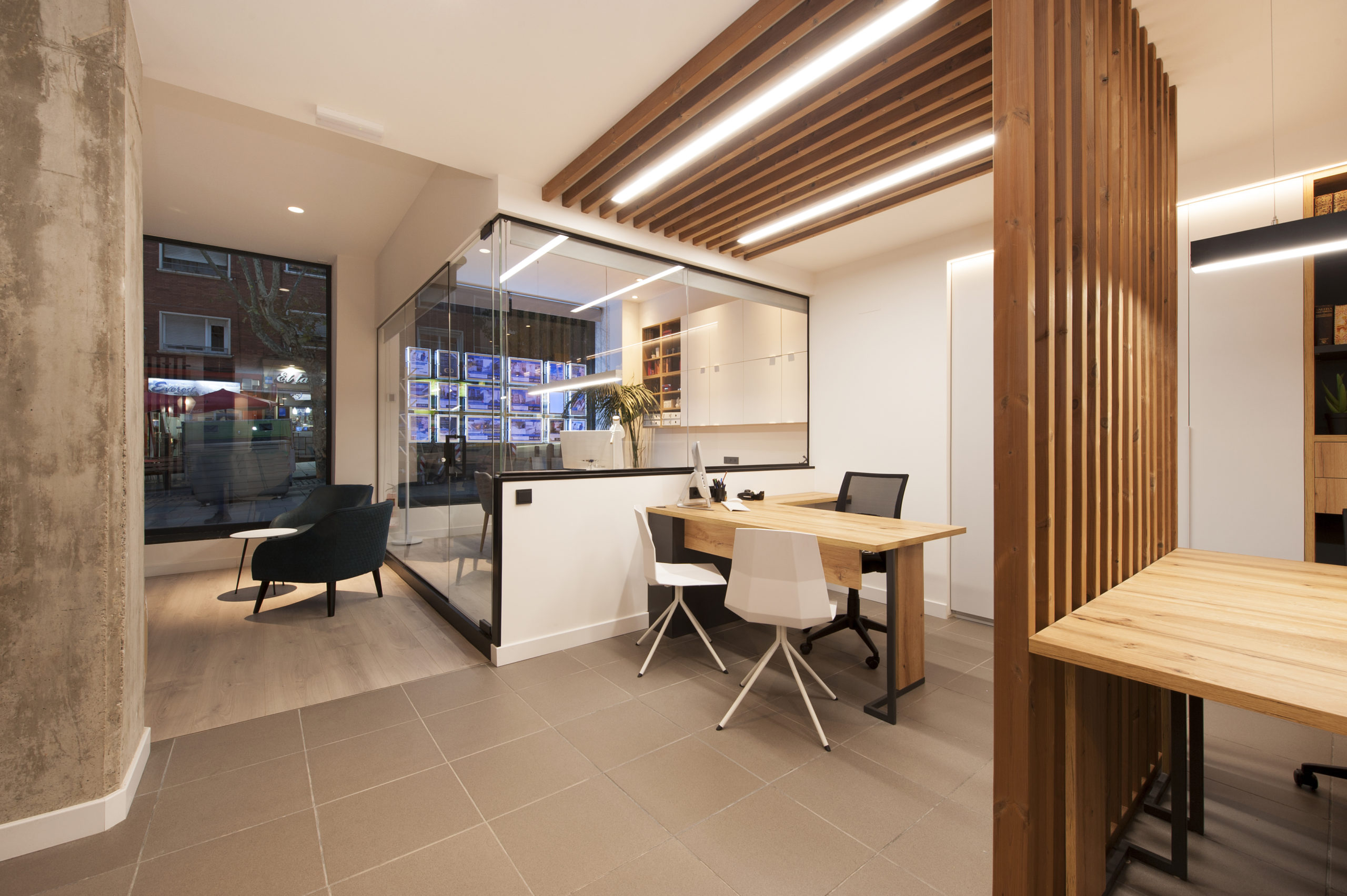
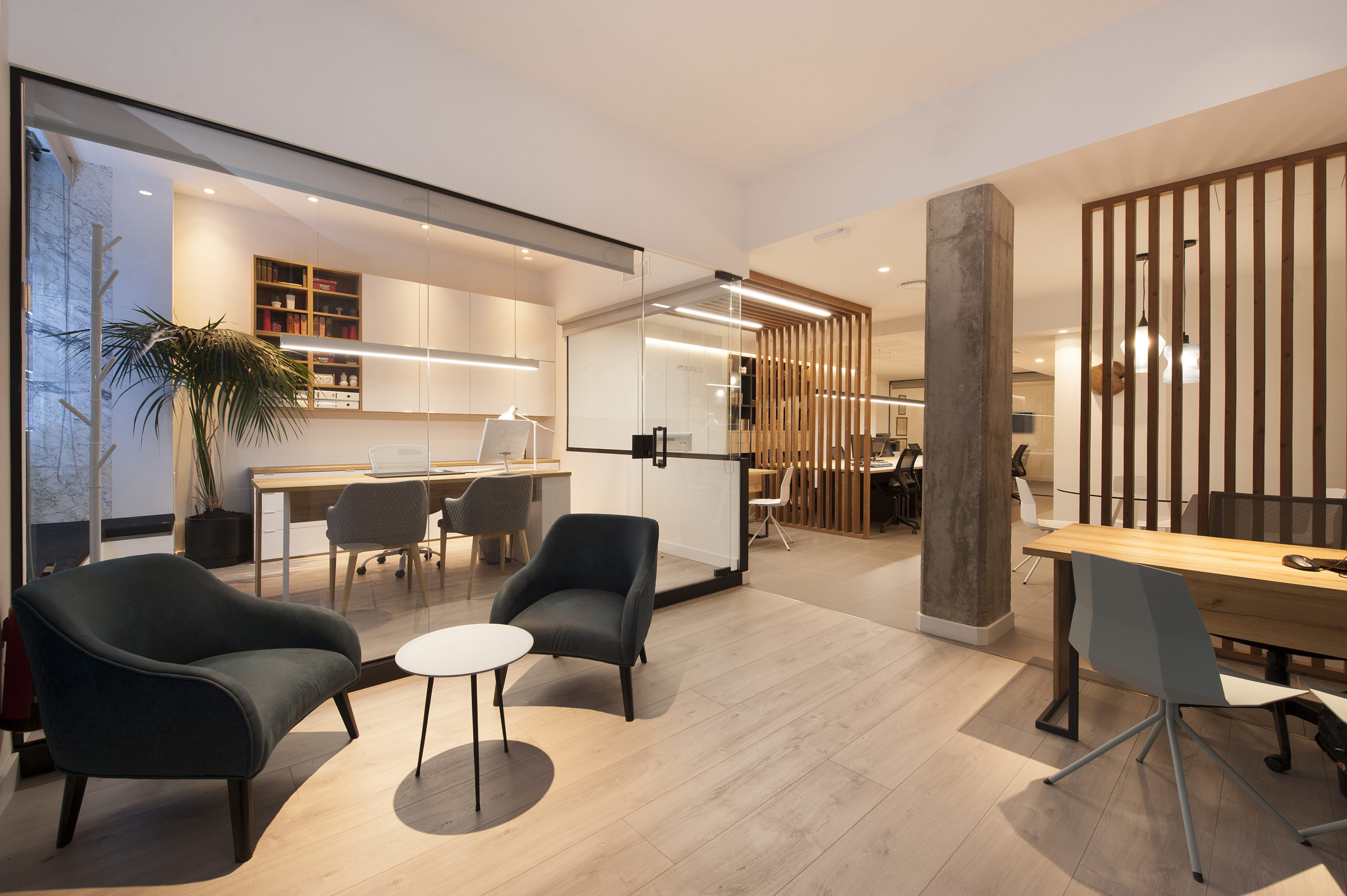 The complete redesign of the corporate image of the 15-year-old offices of a real estate company in Barcelona. The interior has been designed in a Nordic style, expressed through the use of wood that brings warmth, along with the minimalism of white. The structures made with wooden slats also function as spatial divides that simultaneously imbue the space with character and personality.
The complete redesign of the corporate image of the 15-year-old offices of a real estate company in Barcelona. The interior has been designed in a Nordic style, expressed through the use of wood that brings warmth, along with the minimalism of white. The structures made with wooden slats also function as spatial divides that simultaneously imbue the space with character and personality.